Best Nikon Z lenses 2025: the finest glass for your Nikon Z-series camera
The best lenses for Nikon Z-series mirrorless cameras
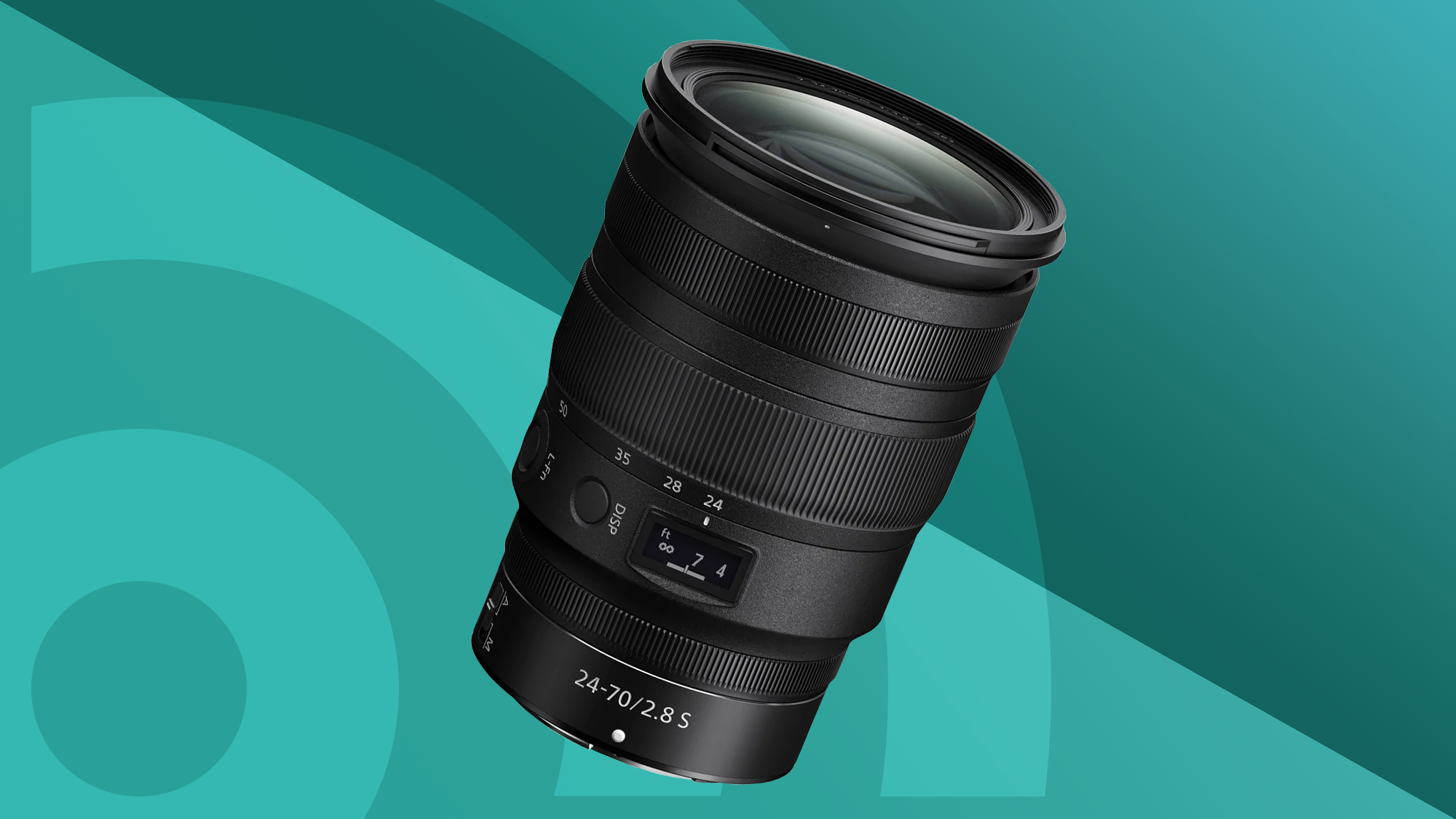
- Quick list
- 1. Best standard zoom (FX)
- 2. Best superzoom
- 3. Best everyday prime
- 4. Best wide-angle zoom
- 5. Best standard prime
- 6. Best mid-range zoom
- 7. Best telephoto zoom
- 8. Best bokeh
- 9. Best prime (DX)
- 10. Best super-telephoto prime
- 11. Best standard zoom (DX)
- 12. Best super-telephoto zoom
- How to choose
- How we test
Nikon’s Z-series lens line-up has never been healthier. If you’re shooting with one of the best Nikon cameras, you’ll want to pair it with the best glass you can buy. That’s exactly what you’ll find below. Portrait prime, nifty fifty or travel zoom: we’ve tested the best Nikon Z lenses you can buy.
There’s no one Nikon Z lens that can cover every situation. Of all the lenses we’ve reviewed, the Nikon Z 24-70mm f/2.8 S is the closest thing to an all-rounder. With sublime handling, excellent performance and a versatile zoom a range, it’s a lens that can cover a lot. Naturally, though, you might be looking for something more specific.
Our guide covers a full range of Nikon Z lenses. Across our in-depth tests, we’ve been impressed both by Nikon’s premium S-line range, but also the quality of its budget-friendly glass. You’ll find examples of both below, all tested in the real world by our expert team. There are options for both full-frame and crop-sensor Nikon Z cameras, too.
Top 3 picks
The summary below will give you an instant overview of the best Nikon Z lenses you can buy in 2024. When you find one that fits your needs and budget, use the links beneath each entry to read our in-depth review.
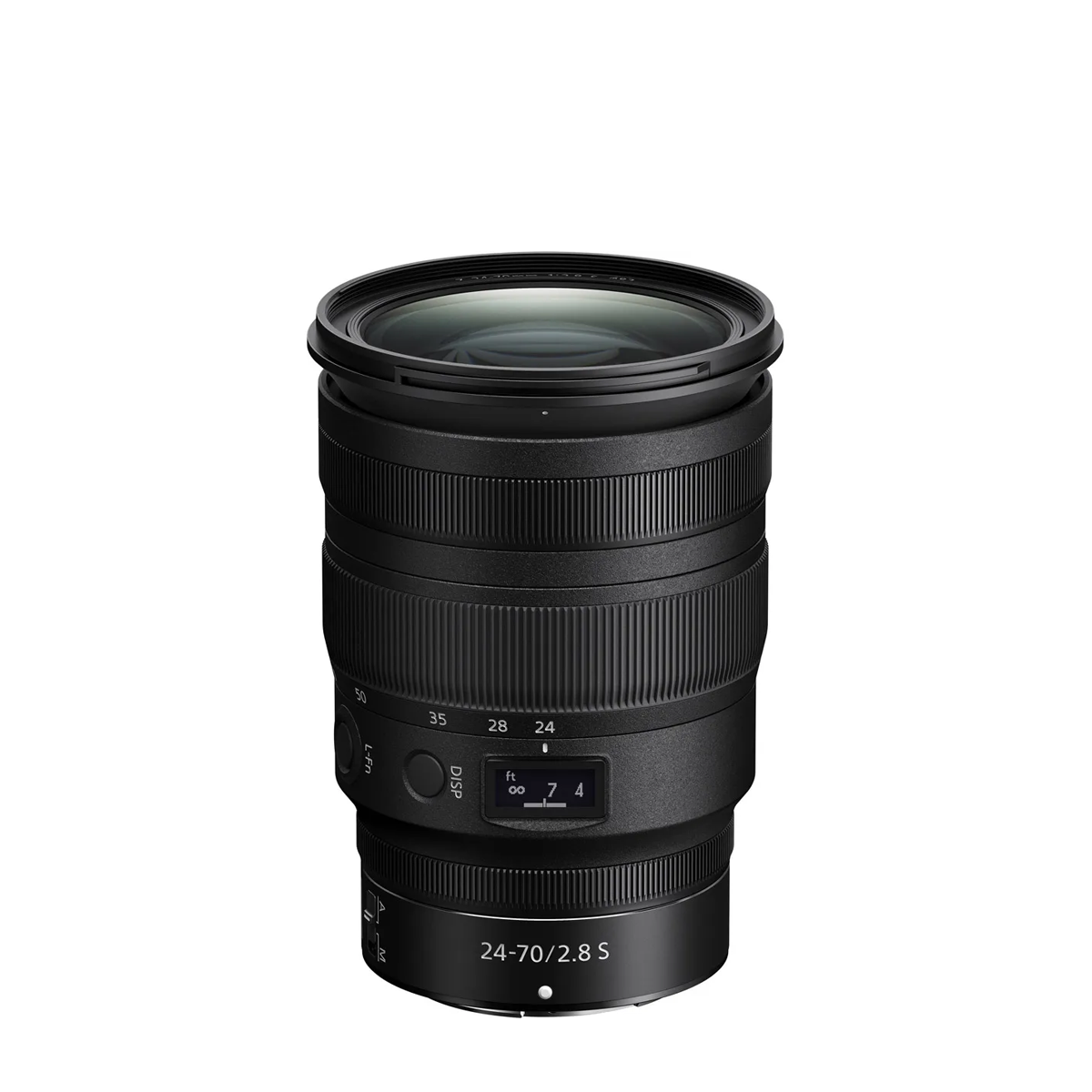
The best standard zoom
With premium handling and amazing all-round performance, this is the most versatile standard zoom for full-frame Z series cameras.
For
- Reasonably compact
- Smooth, fast and almost silent AF
- Stellar sharpness, even at f/2.8
- Great build and weather sealing
Against
- Vignetting at wider apertures
- Barrel and pincushion distortion
- Control ring can't be clicked
- Built-in raw profile doesn't correct vignetting
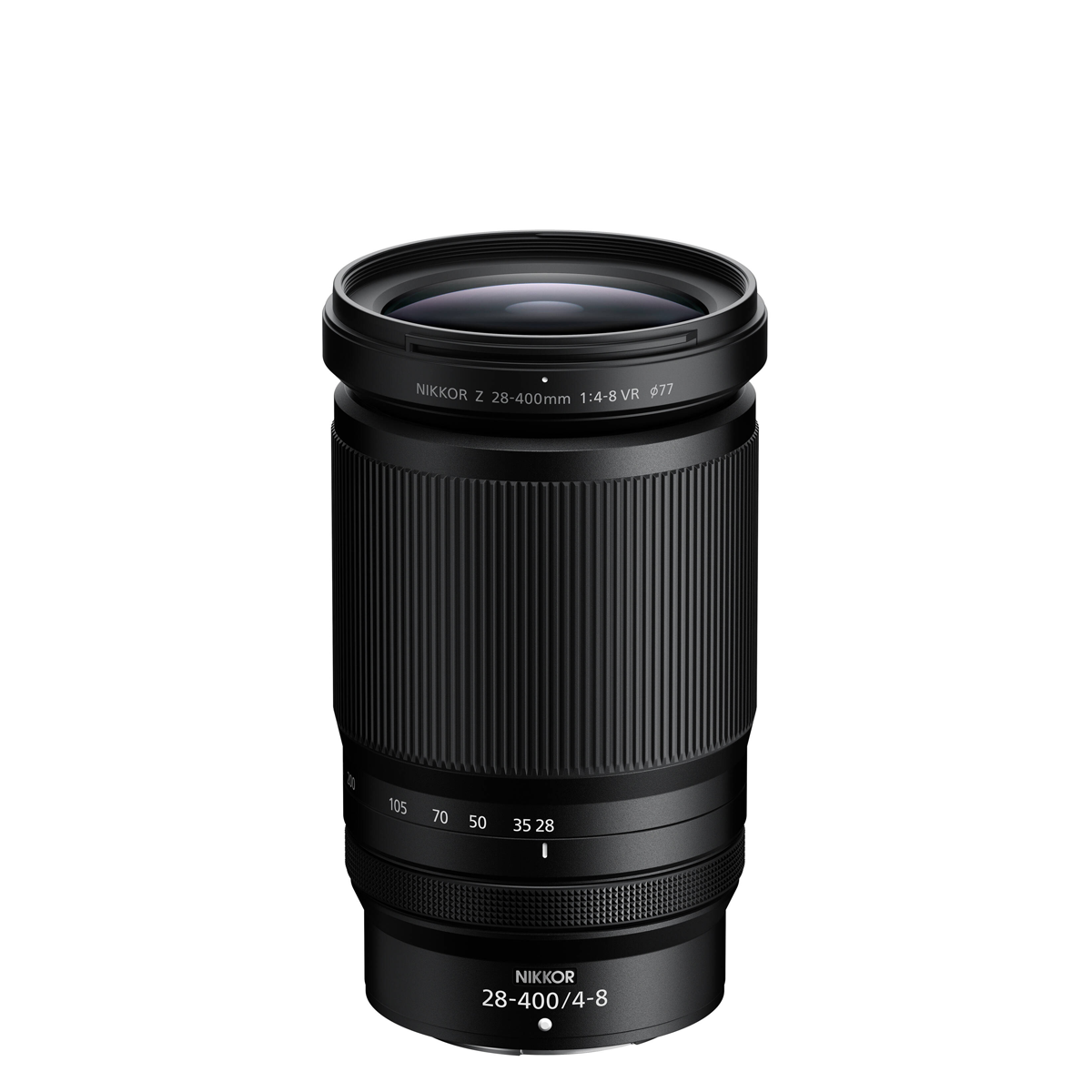
The best superzoom
A superzoom with a range that can cover just about anything, this is a fantastic all-rounder for Nikon enthusiasts.
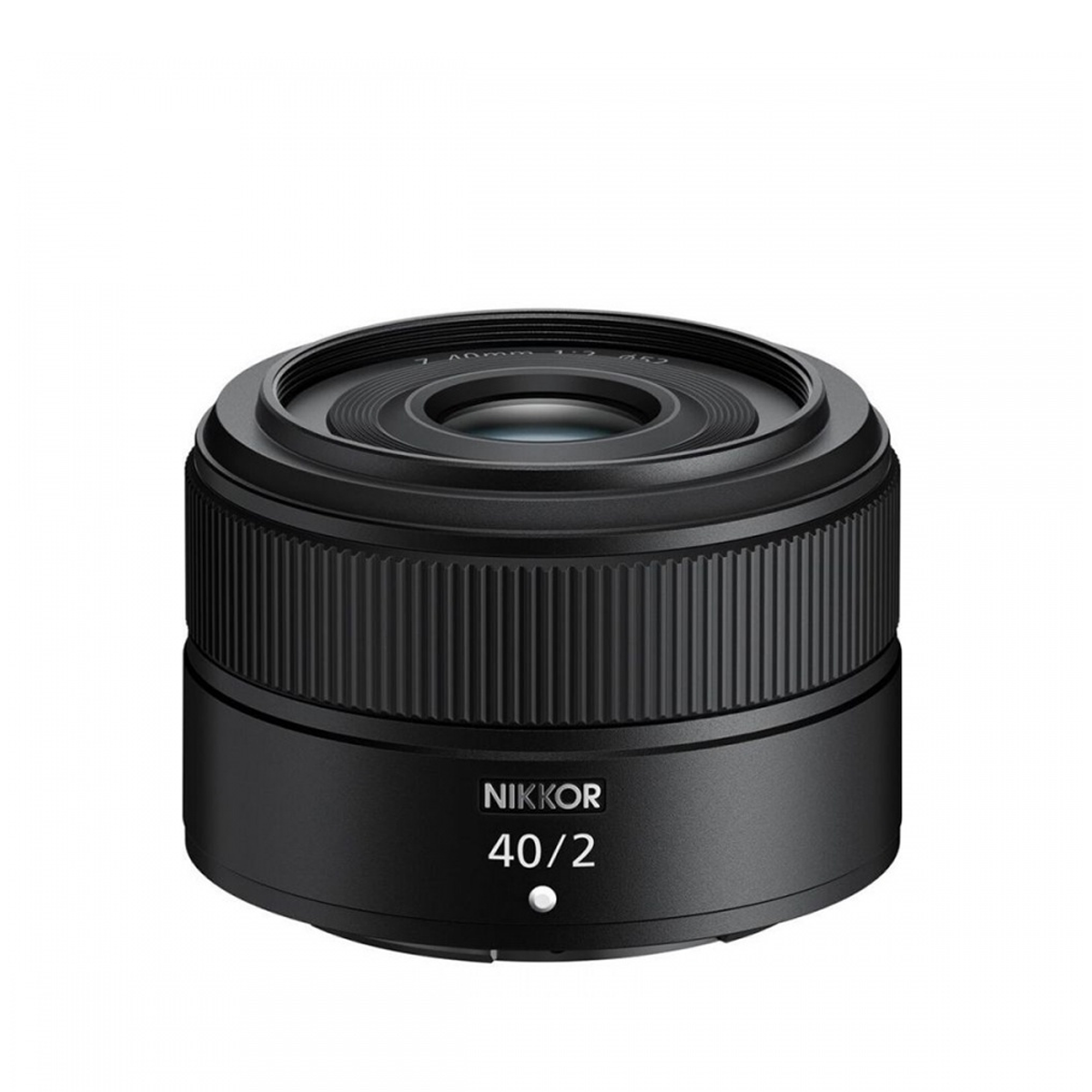
The best everyday prime
Wider than a nifty fifty, this prime lens is small, affordable and fast, making it a great choice for everyday shooting with a Z-mount camera.
Best by use-case
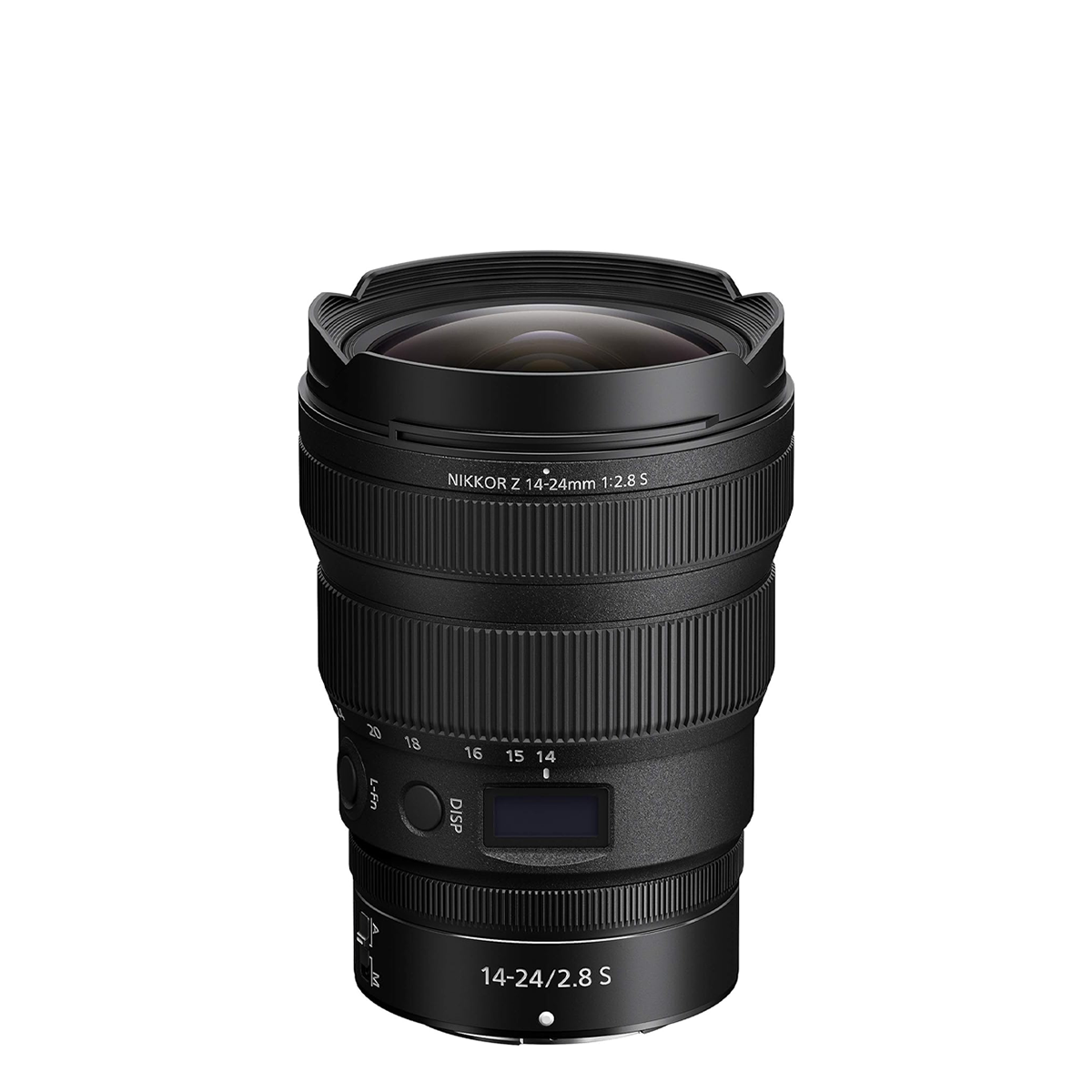
The best wide-angle zoom
Thanks to a constant f/2.8 aperture across its wide-angle zoom range, this is a fast lens that handles well and performs spectacularly.
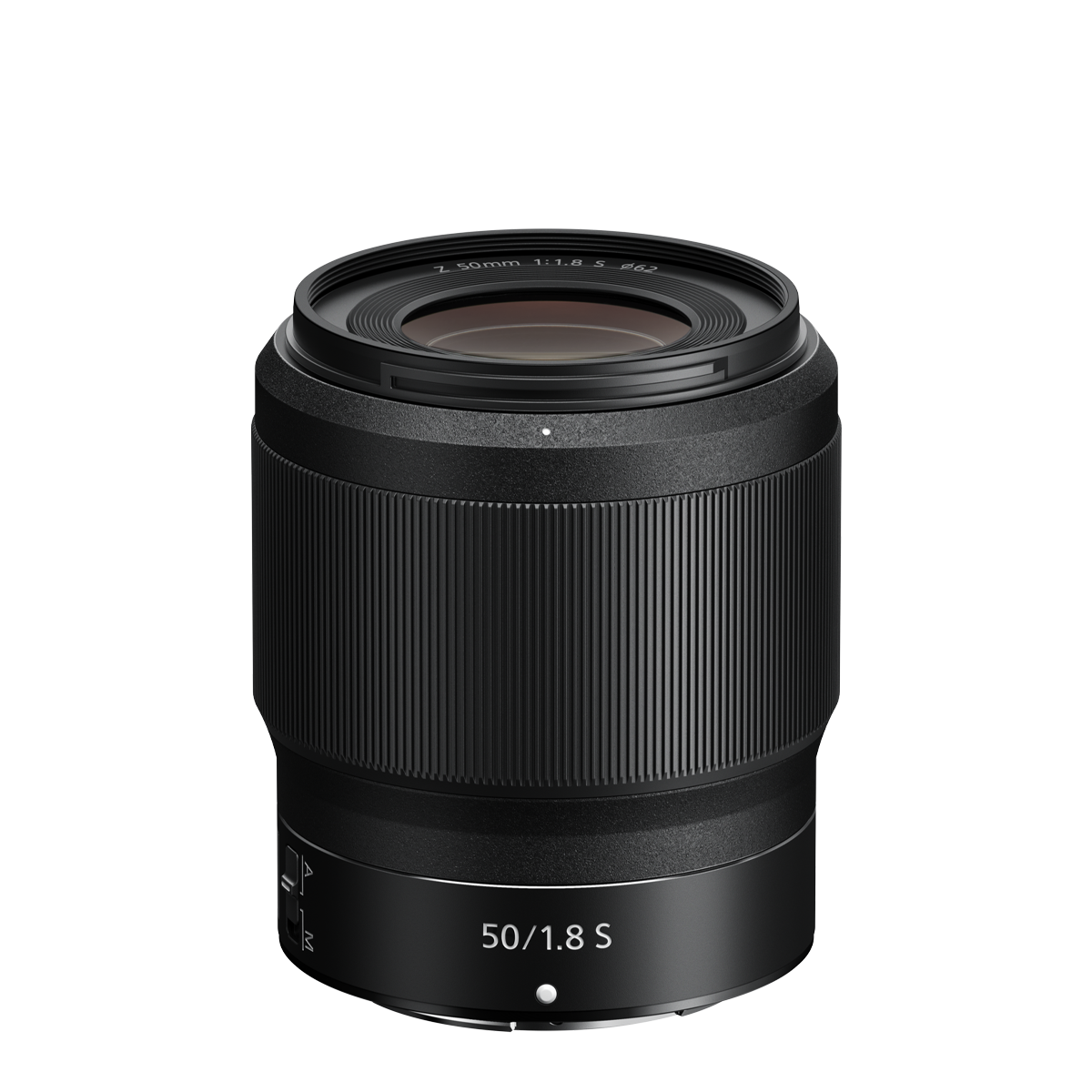
The best nifty fifty
It’s not the smallest, but this Z-mount on the nifty fifty is weather-sealed, well-built and capable of impressively sharp images.
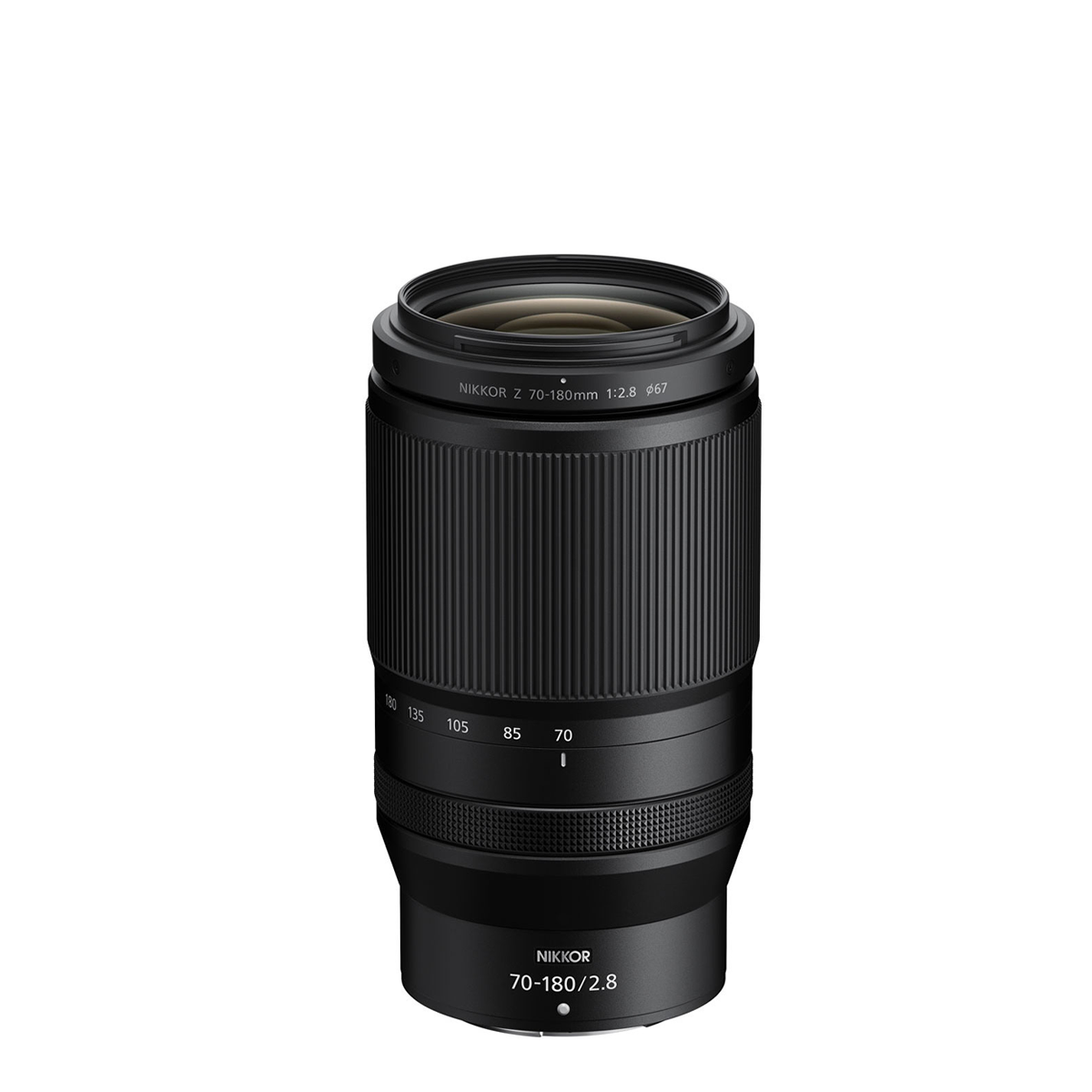
The best mid-range zoom
A light, compact telephoto zoom with a constant f/2.8 aperture at a reasonable cost, this versatile lens is great value.
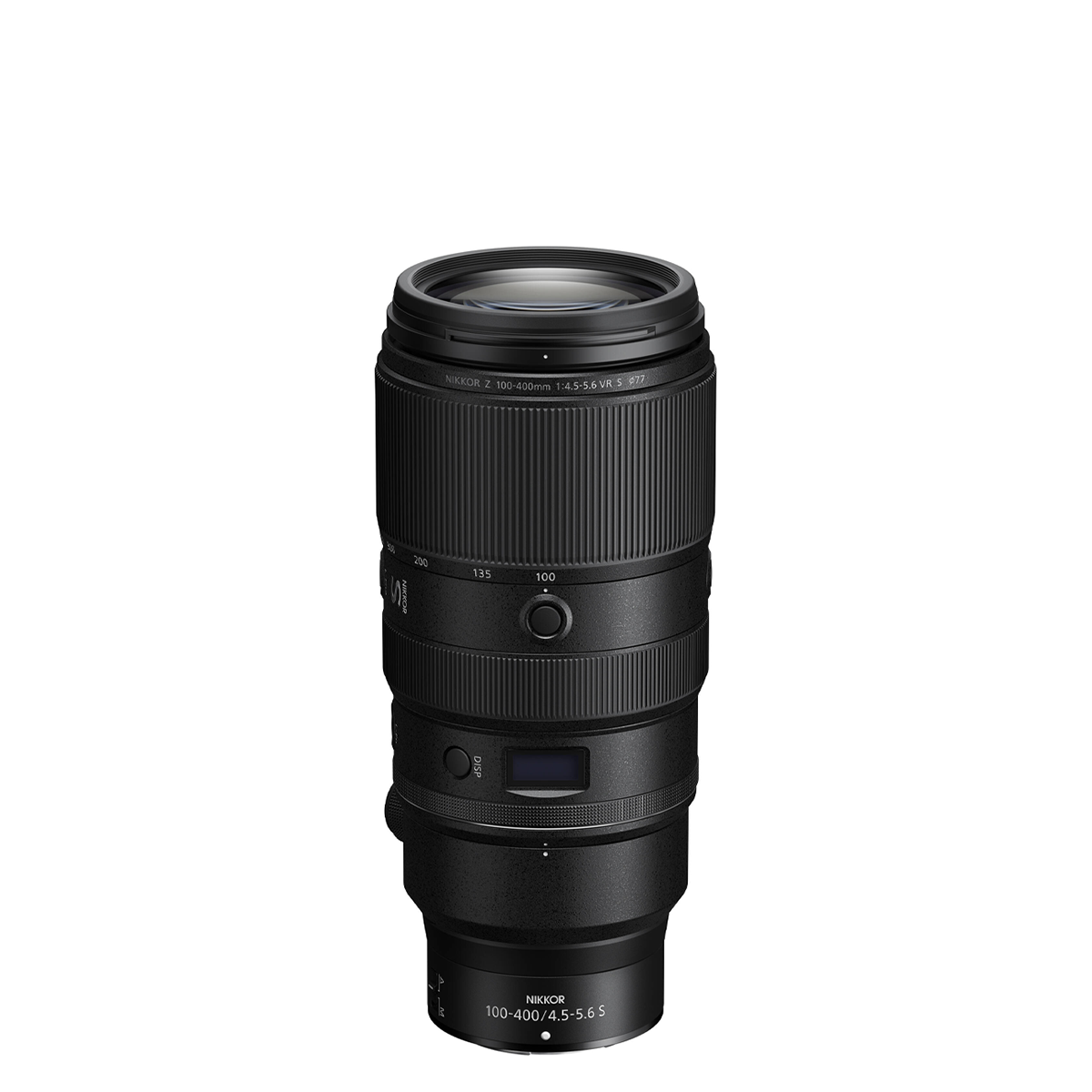
The best telephoto zoom
Pairing 400mm reach with 4x zoom, this action-focused lens delivers pin-sharp stills, while a quiet motor makes it a video star.
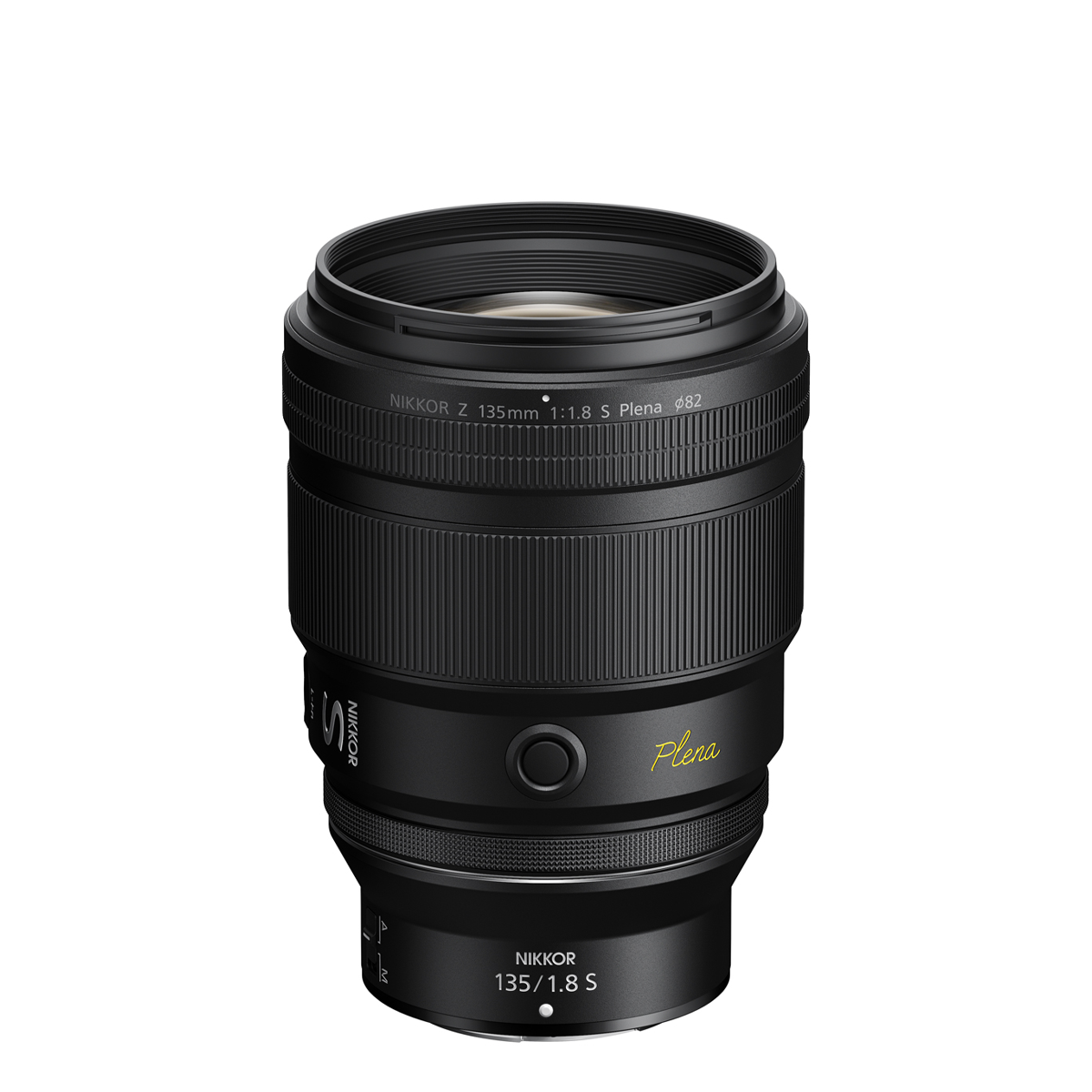
The best for bokeh
Capable of sublime bokeh and industry-leading sharpness, this pro-grade lens doesn’t come cheap, but sets the bar for portraiture.

The best prime (DX)
The first prime lens for crop-sensor Z series cameras is small, lightweight and very sharp for the price, and it’s useful for video too.
Load the next 3 products...
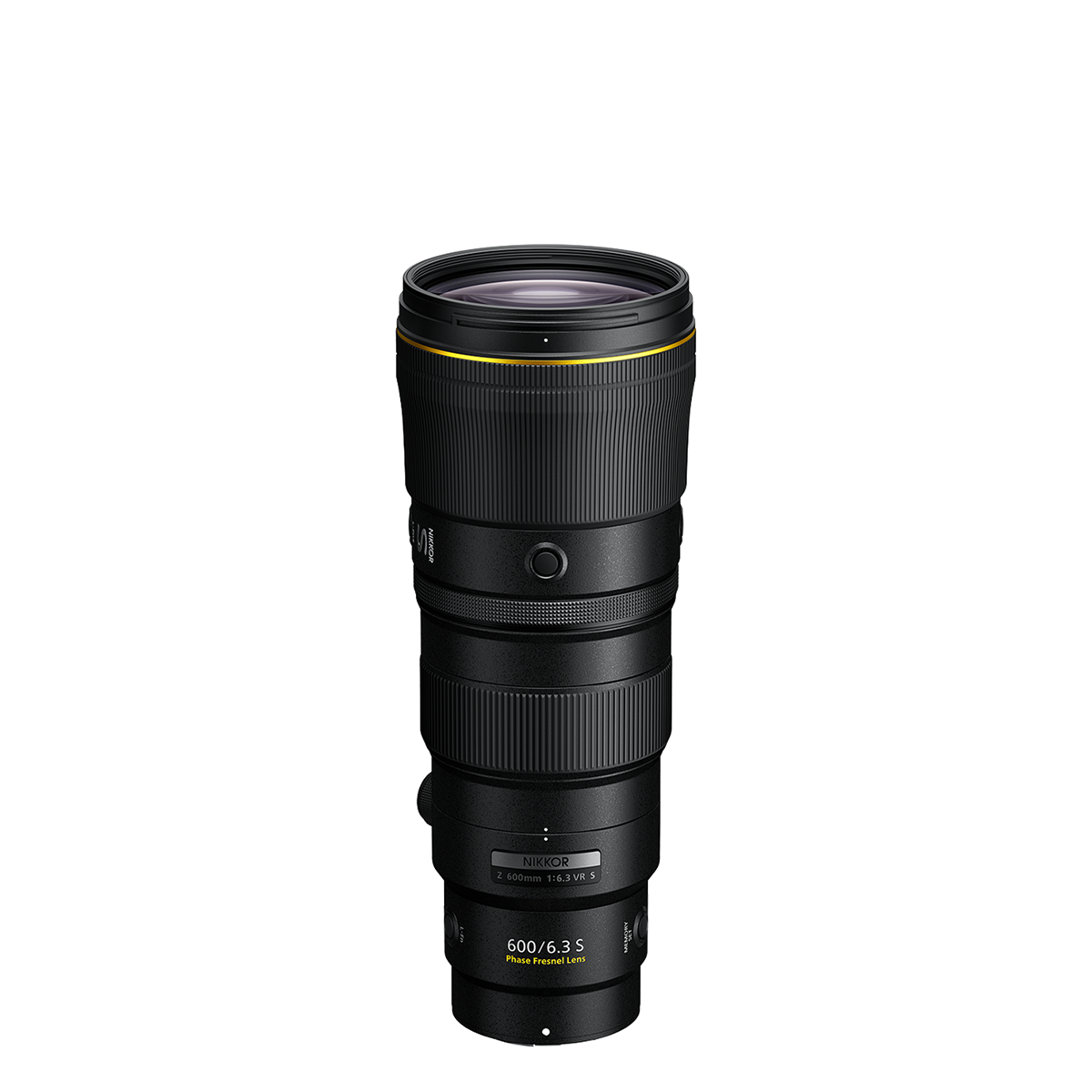
The best super-telephoto prime
A long-range lens that’s relatively light for its reach, this 600mm prime is well-equipped to produce sharp, blur-free images at f/6.3.
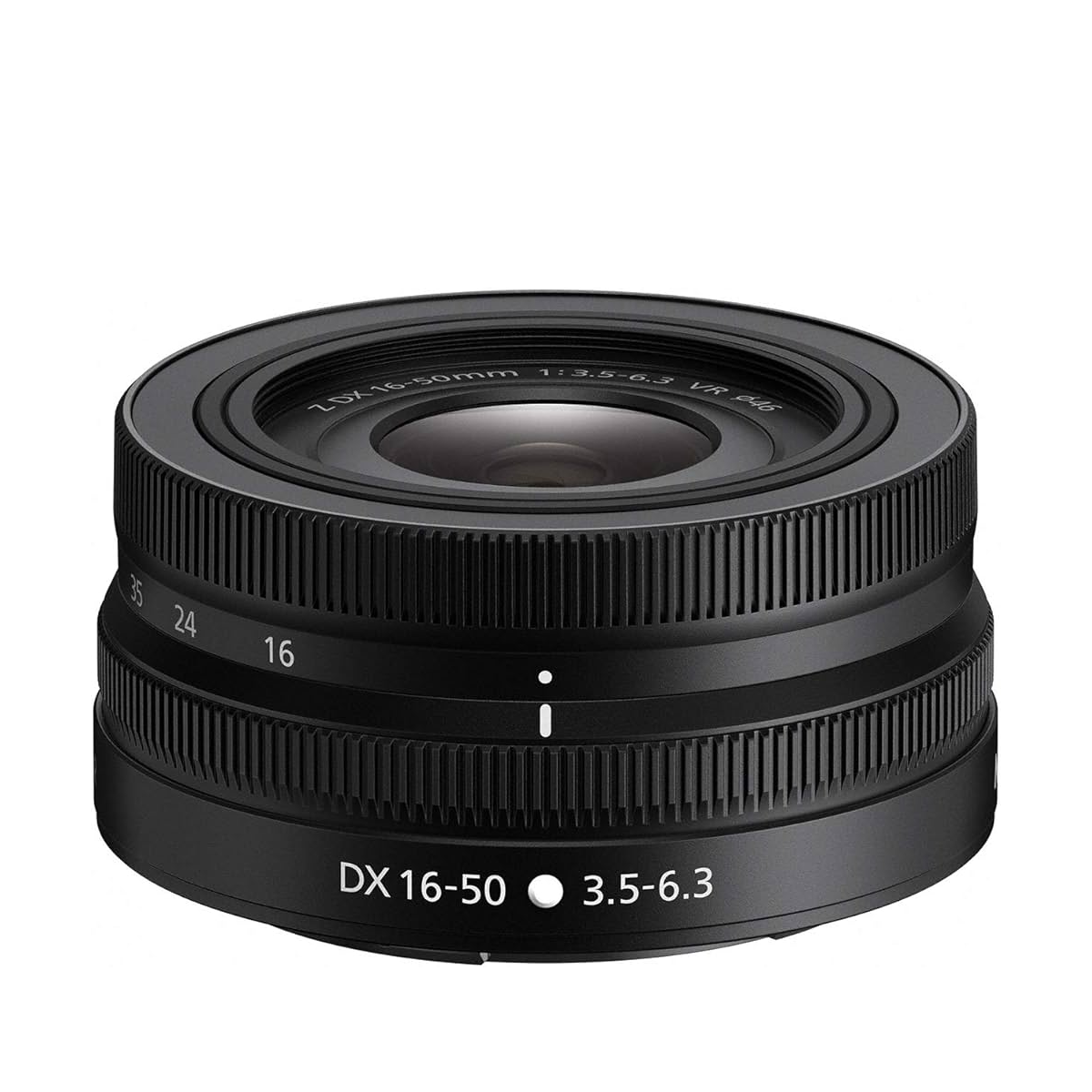
The best standard zoom (DX)
With a clever retractable design that keeps it low-profile, this simple standard zoom is a sharp-shooter for crop-sensor Nikons.
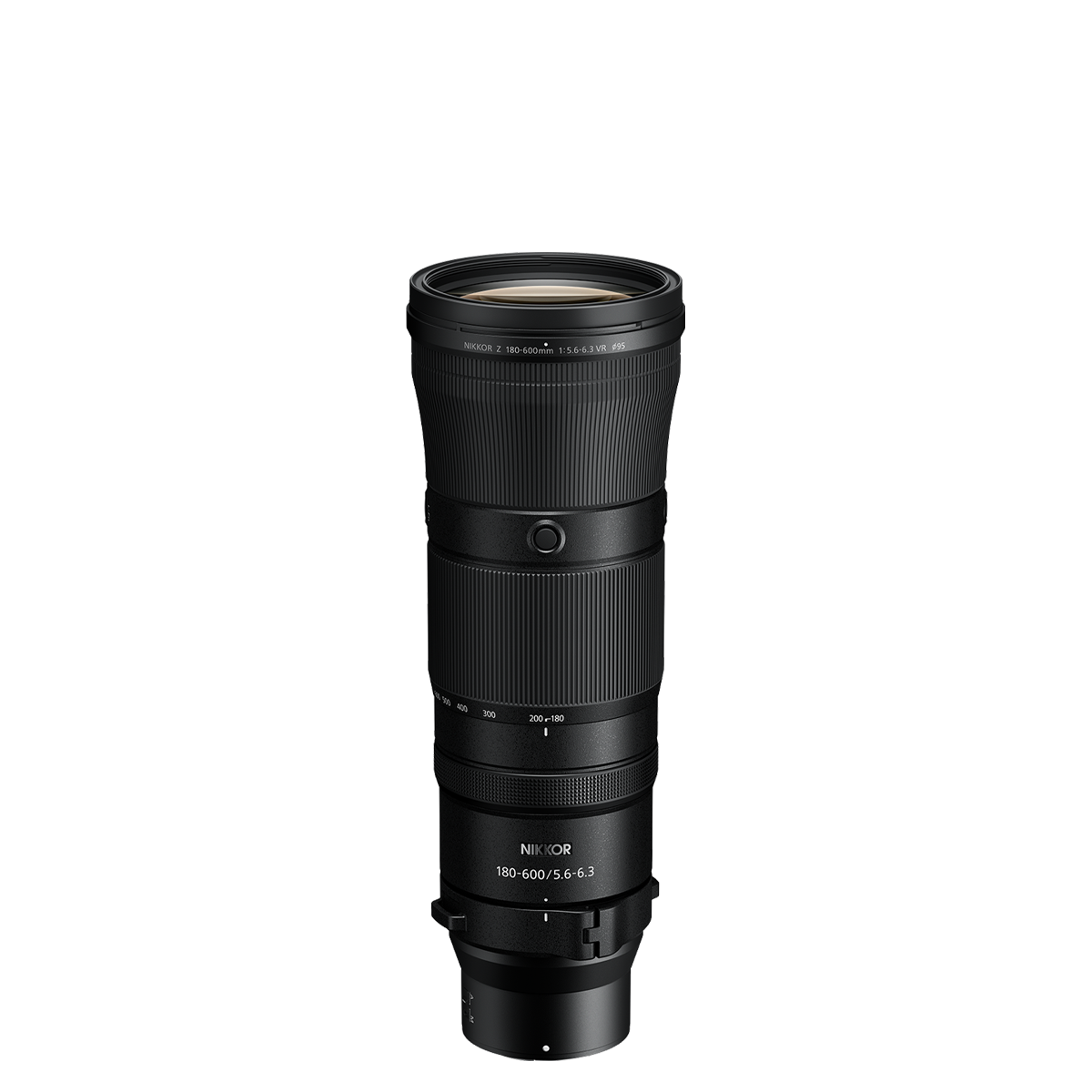
The best super-telephoto zoom
It’s not perfect, but this super-telephoto offers solid range, quality and performance at a price that’s within reach for enthusiasts.

Tim is TechRadar's Cameras Editor. He has more than 15 years’ experience as a freelance photographer and technology journalist. Tim has shot with equipment from a number of camera manufacturers, including Nikon. He’s tested lenses of all shapes and sizes, and has a deep technical understanding of what makes a good Nikon Z lens. Tim notes, “The larger-diameter flange on Z-mount cameras and its closer proximity to the image sensor means there’s more freedom in lens design. One resulting improvement is superior sharpness across the whole image frame, compared with anything we’ve seen from Nikon’s F-mount lenses.”
The best Nikon Z lenses for 2025
Why you can trust TechRadar
Below you'll find full write-ups for each of the best Nikon Z lenses in our list. We've tested each one extensively, so you can be sure that our recommendations can be trusted.
The best standard zoom Nikon Z lens
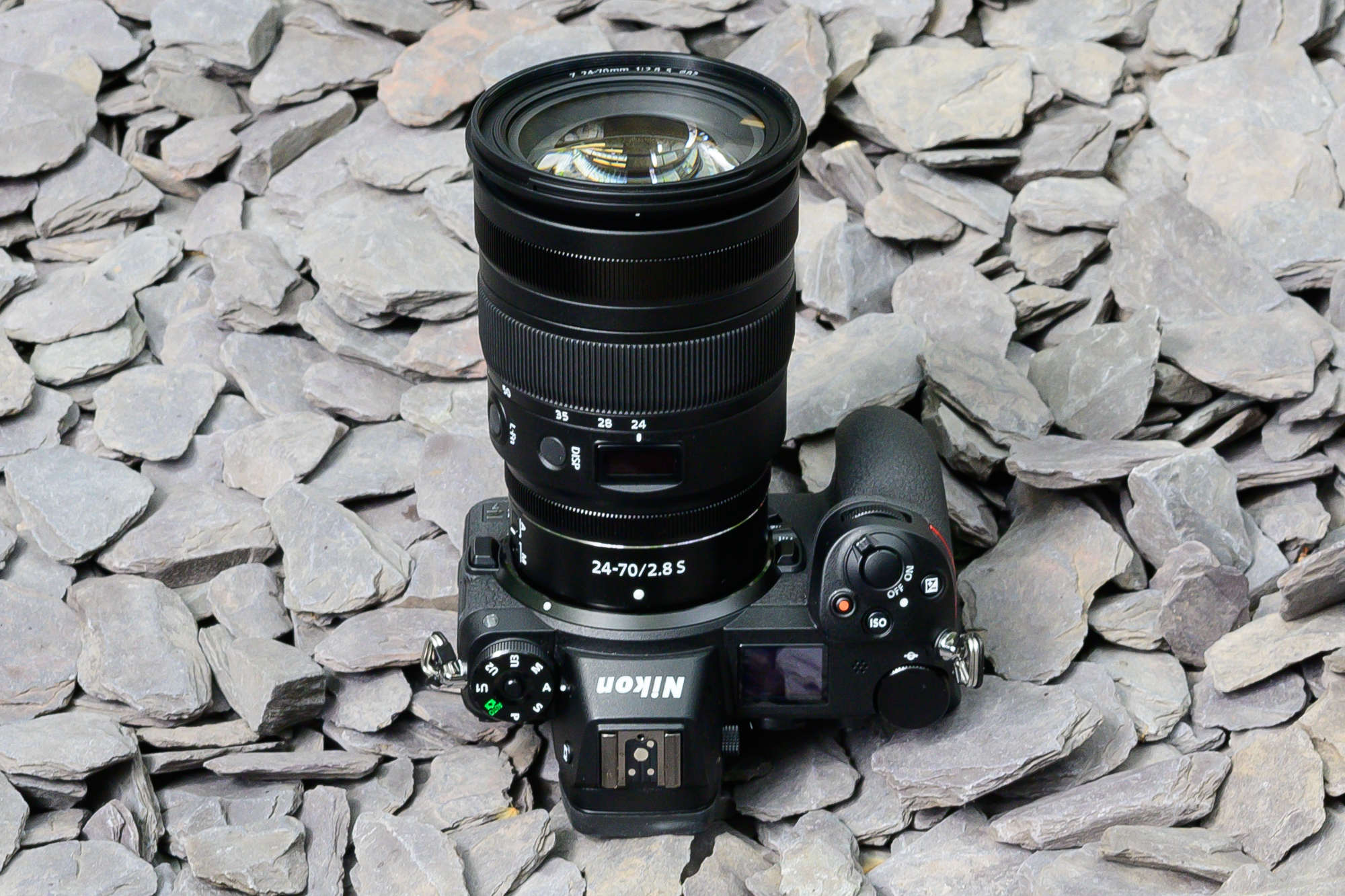
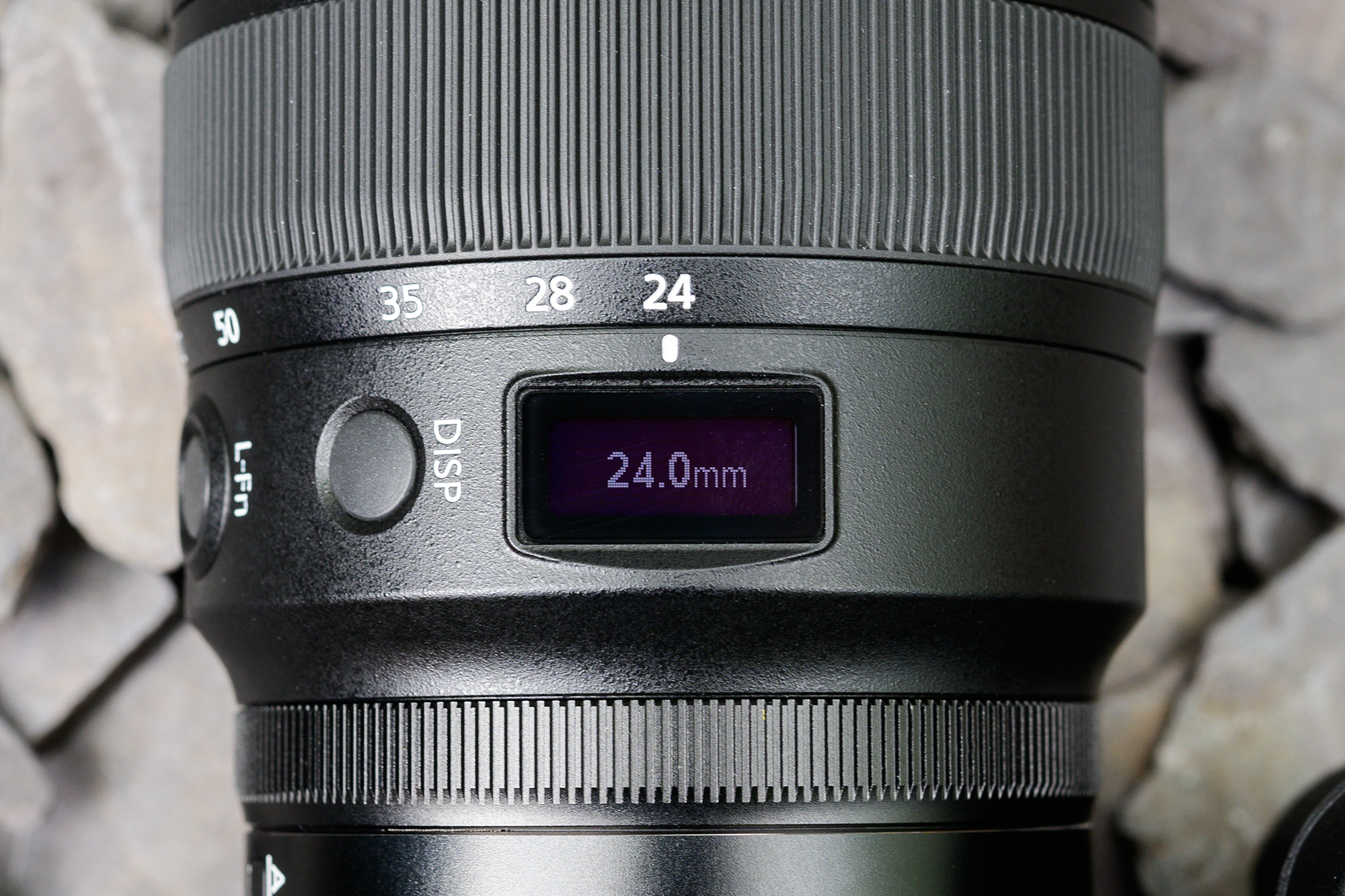
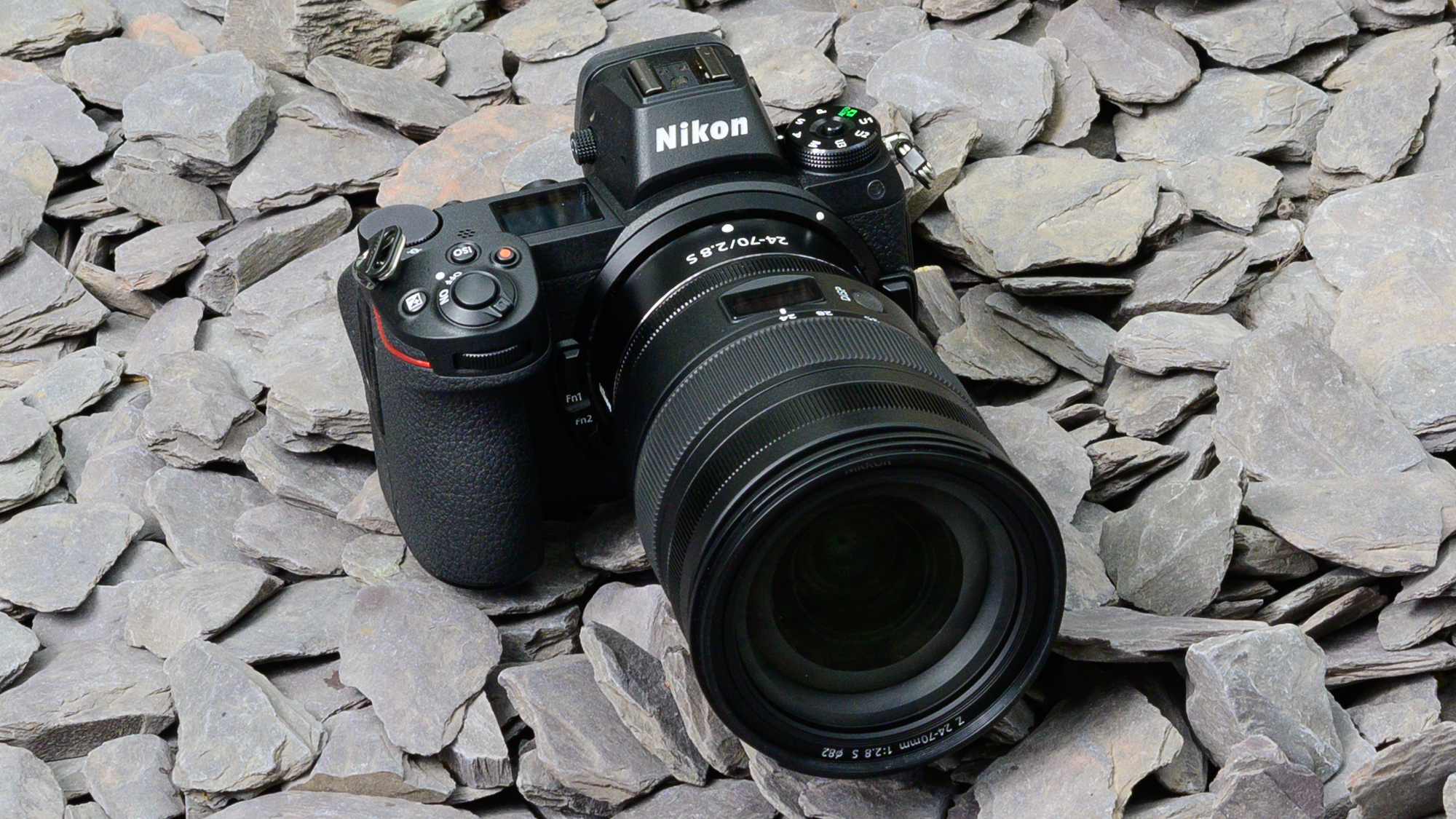
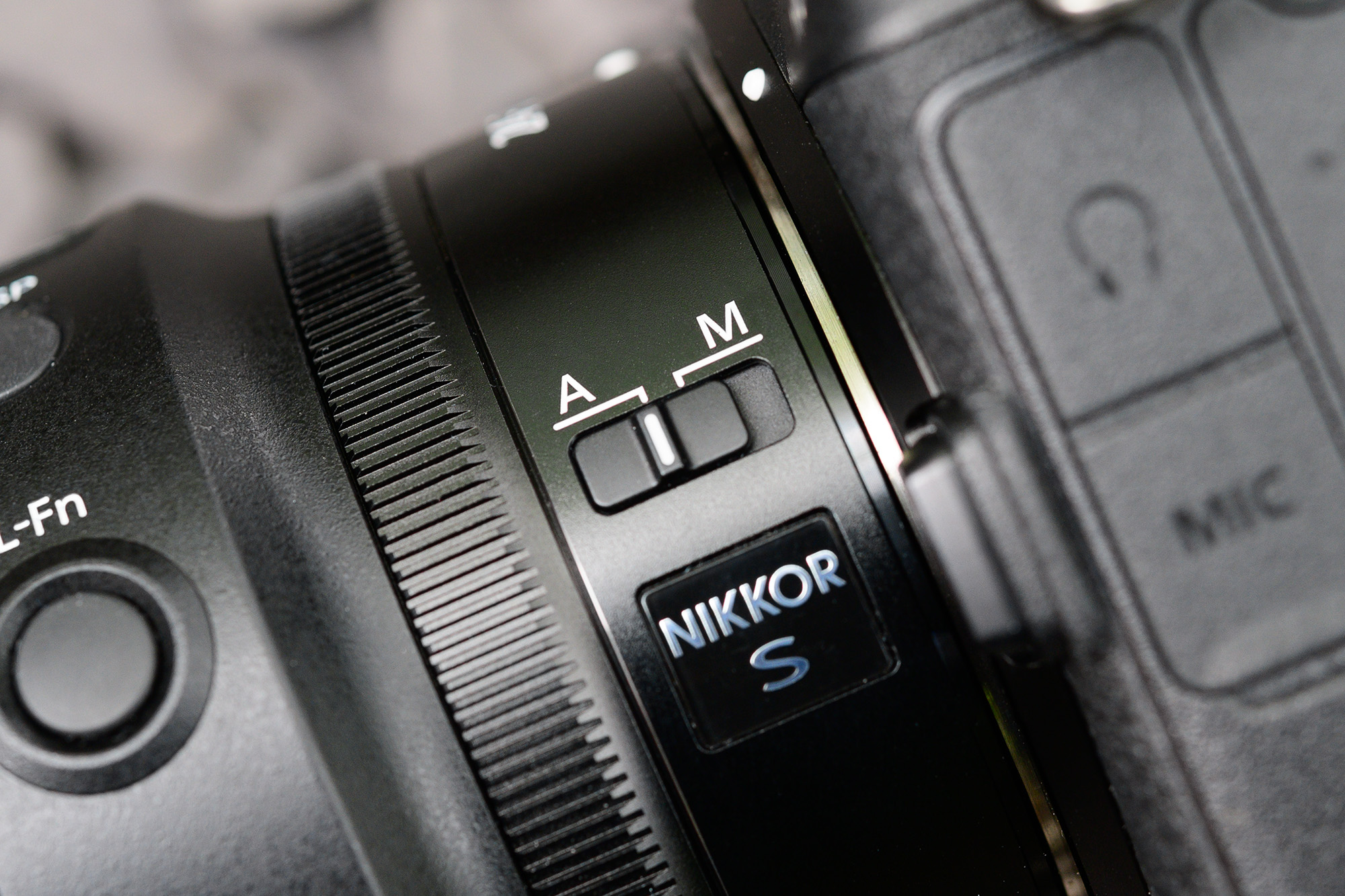
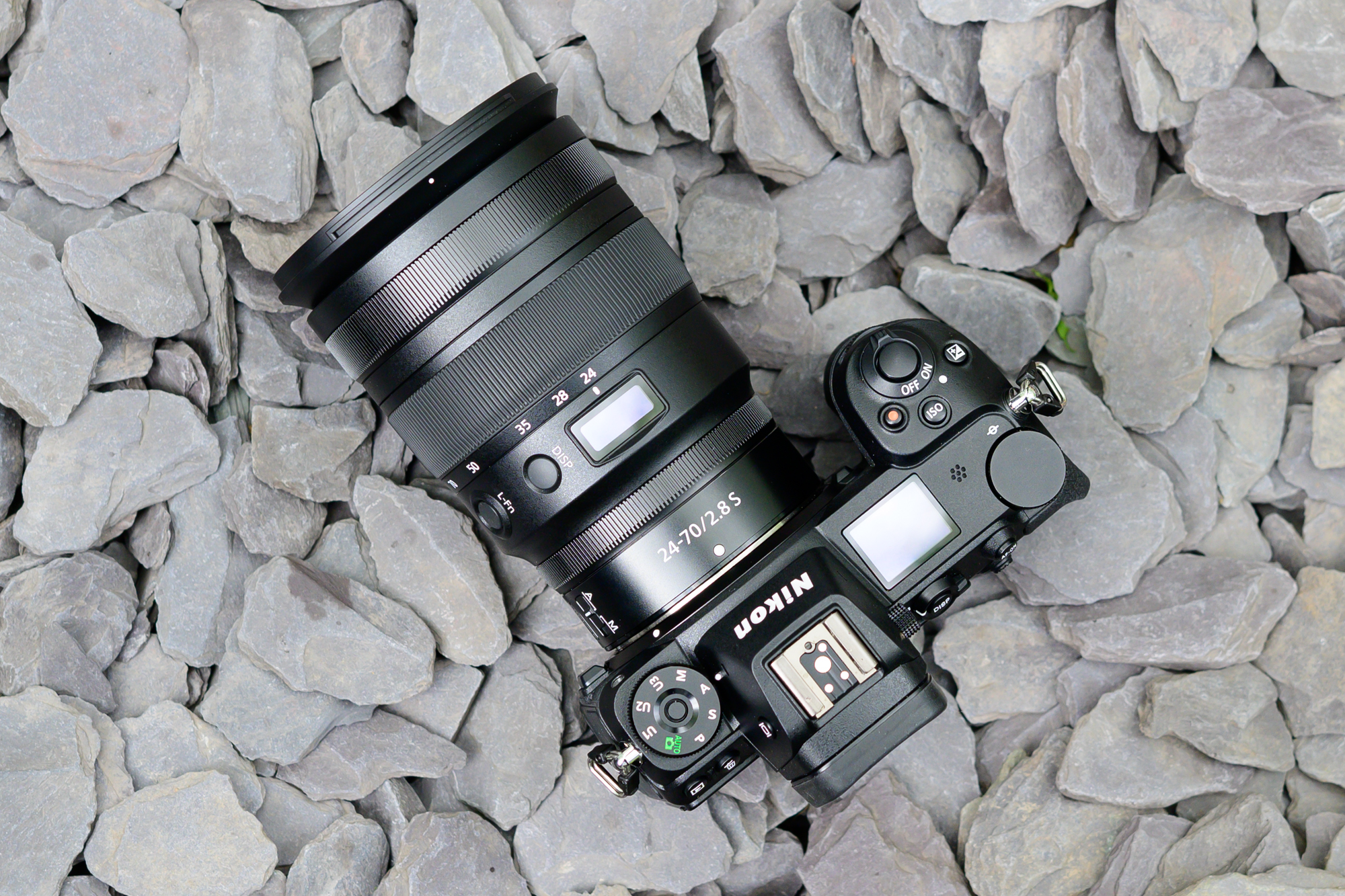
Specifications
Reasons to buy
Reasons to avoid
✅ You want a versatile zoom: Whether you're shooting stills or video, this lens shoots sharp and focuses fast over a useful focal range.
✅ You value how a lens handles: A third control ring, OLED display and function button make this a great lens to shoot with.
❌ You want the lightest possible lens: It's hardly a heavyweight, but at 805g there are lighter zoom lenses out there.
❌ You need image stabilization: There's no Vibration Reduction, which could be an issue if you're camera doesn't have IBIS.
Competition is fierce among Nikon's standard zoom lenses. The Z 24-70mm F/4 S is a superb lens that delivers excellent image quality from a compact, lightweight, retractable construction. The newer Z 24-50mm F/4-6.3 is even smaller but is relatively lacking in zoom range and has a narrower aperture at the long end. For the ultimate in image quality and handling, though, there’s no beating this f/2.8 zoom.
Like the Nikon Z 14-24mm F/2.8 S, it boasts the same fast and constant aperture rating, and the same layout of multi-function OLED display, tertiary customizable control ring and customizable Lens Function button. Pro-grade build quality and handling characteristics are therefore identical, making you feel right at home when swapping between the two. From our tests, autofocus is super-fast, manual focus works with smooth precision, and the third control ring is brilliant for stepless aperture control when shooting movies. Image quality is absolutely fabulous, too. There’s no denying it’s pricey, but it’s also a real gem.
Read more: Nikon Nikkor Z 24-70mm f/2.8 S review
The best superzoom Nikon Z lens

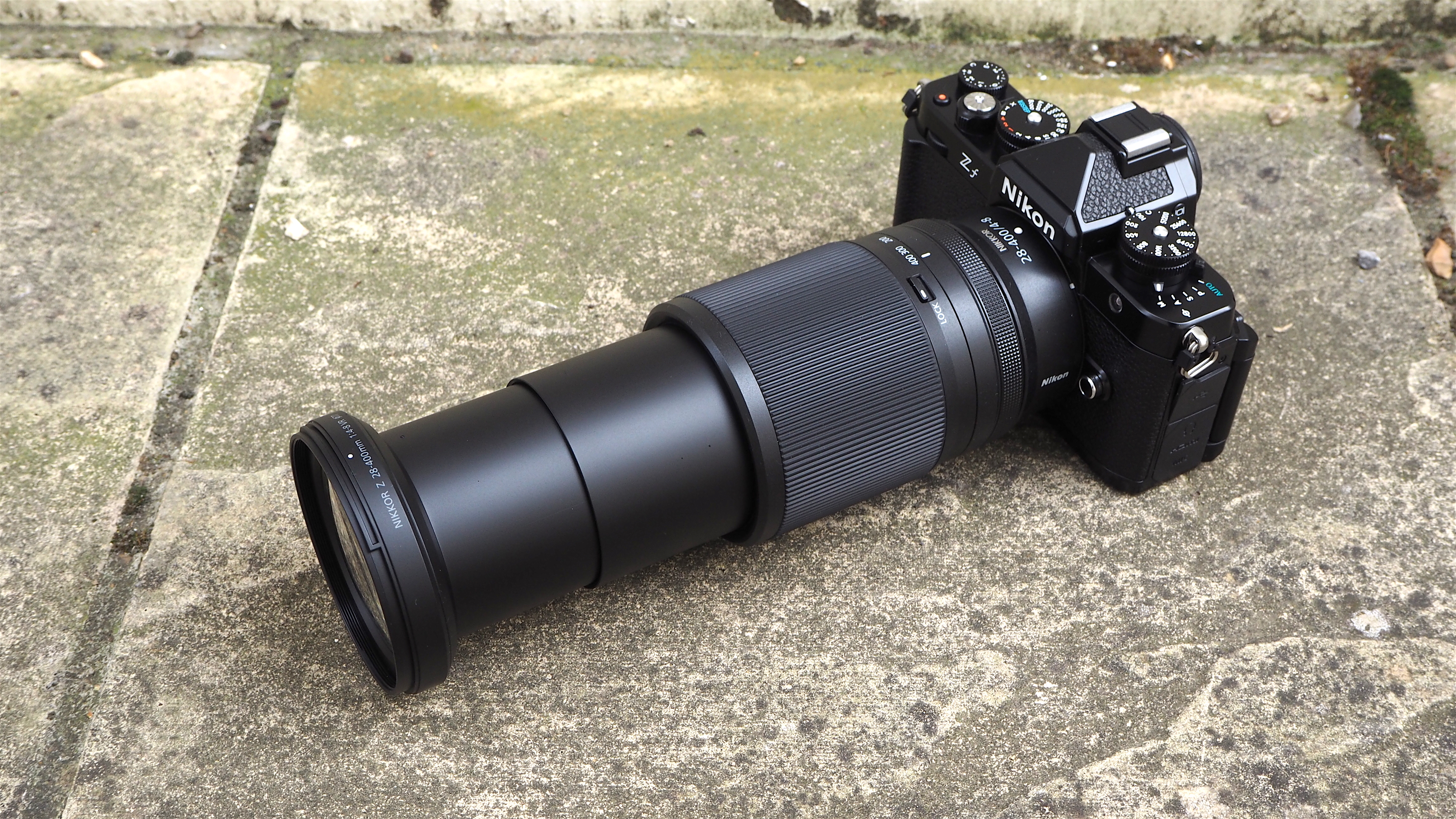
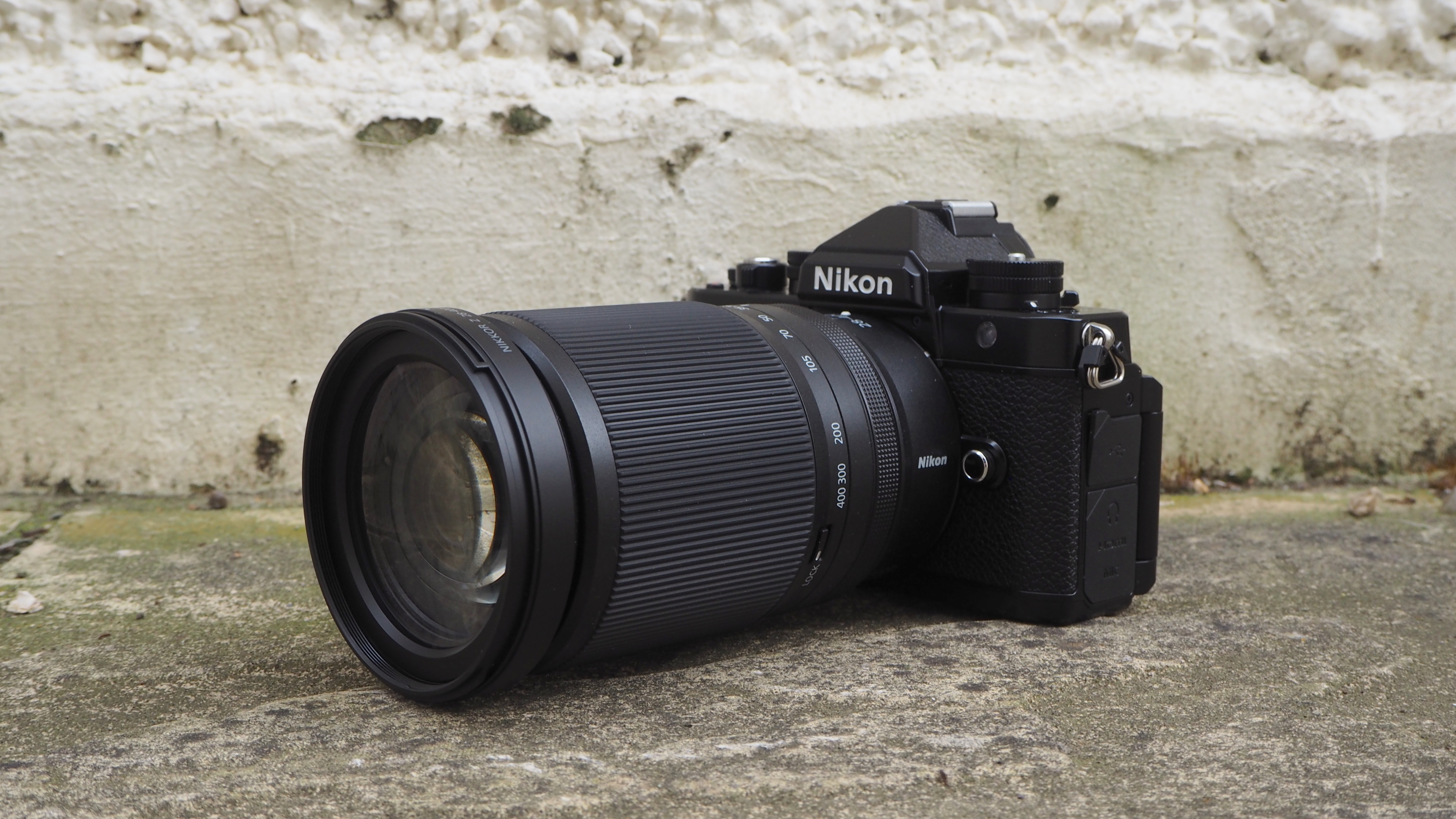

Specifications
Reasons to buy
Reasons to avoid
✅ You want a do-it-all lens: With a range of 28-400mm, you can cover a wide variety of scenes without switching glass.
✅ You want a lightweight zoom: Despite its impressive range, this zoom hits the scales at a travel-friendly 725g.
❌ You like to shoot specific subjects: If you don't need so much versatility, you'll get sharper results from prime lens.
❌ You shoot a lot in low light: With a maximum aperture of f/4, this lens is better suited to daylight conditions.
A multi-purpose zoom lens with a versatile 14.2x optical zoom range, the Nikkor Z 28-400mm f/4-8 VR is as useful for shooting faraway subjects as it is for pin-sharp portraits with attractive bokeh. Thanks to a minimum focus distance of 0.2m at its widest setting, it can also capture reasonable close-ups. In our review, we noted that it’s a relatively lightweight lens which is nice to handle, complemented by a control ring that can be customized.
As is almost always the case, you’ll get sharper stills from a dedicated prime lens, but our tests found that image quality isn’t lacking. Paired with the full-frame Nikon Zf, the 28-400mm f/4-8 VR captured huge amounts of detail, with edge-to-edge sharpness. It also benefits from effective Vibration Reduction. A maximum aperture of f/4 isn’t perfect for low light, but this is otherwise as close as you can get to the ultimate all-rounder.
Read more: Nikon Z 28-400mm f/4-8 VR review
The best everyday Nikon Z lens
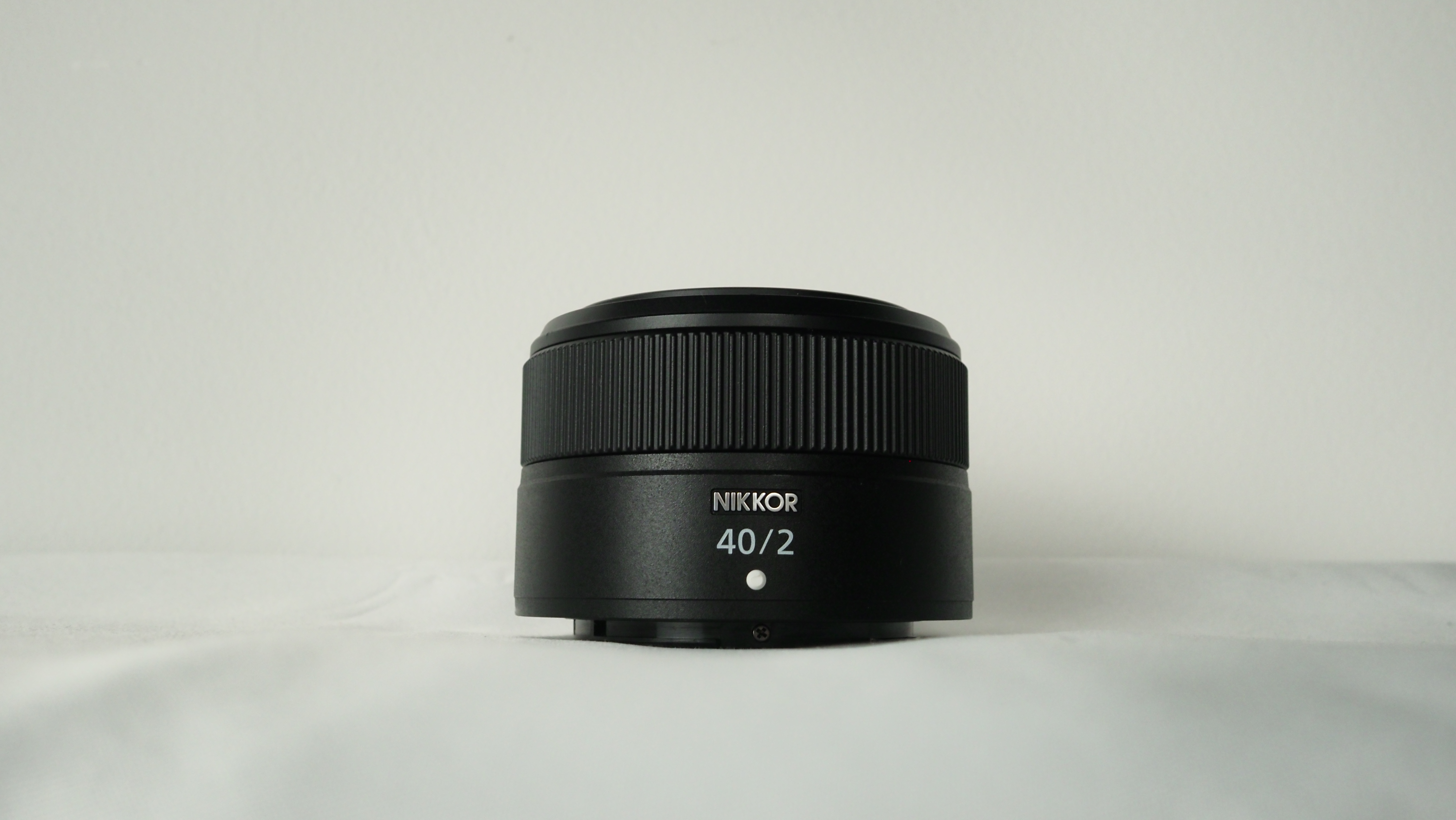
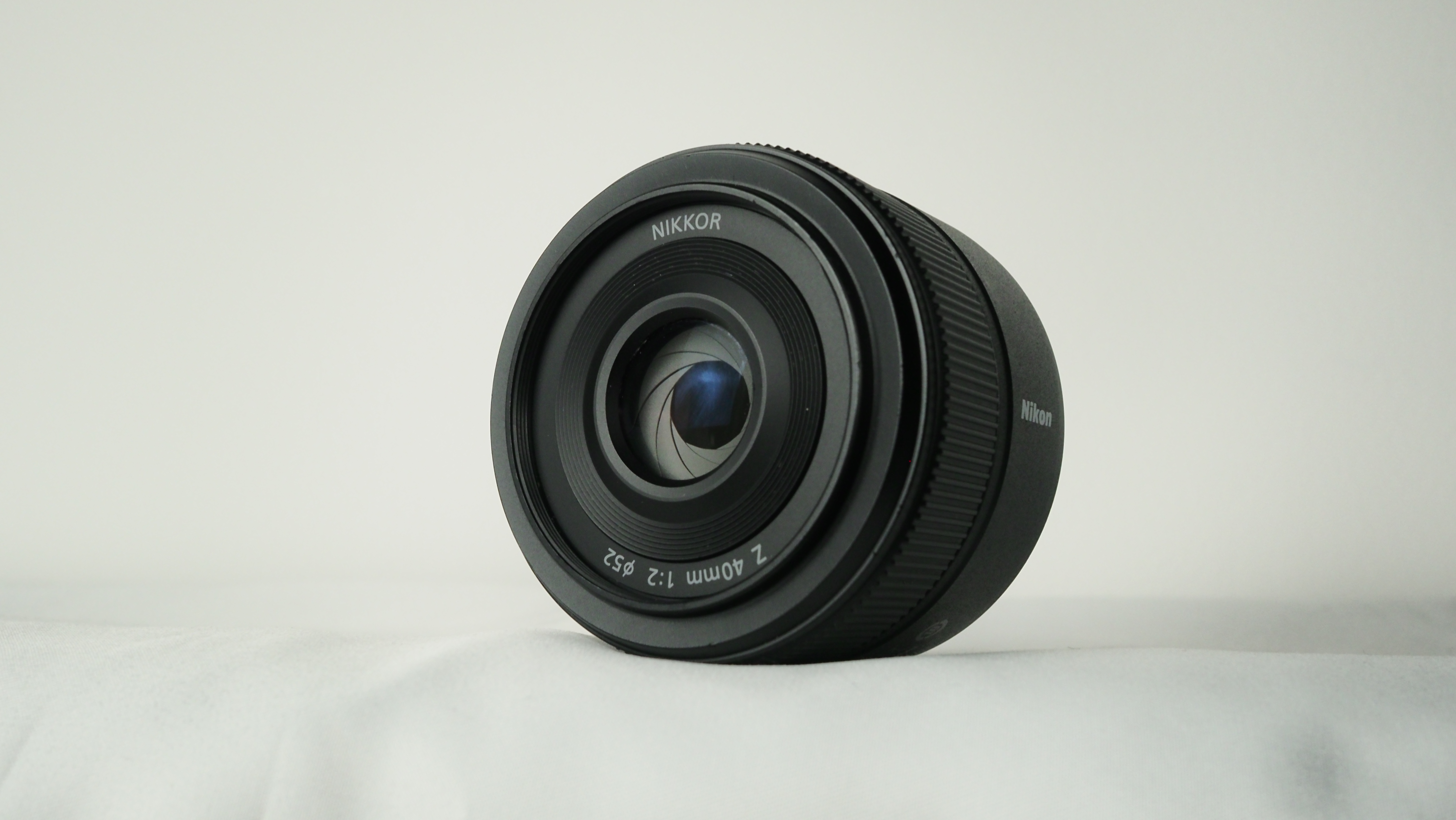
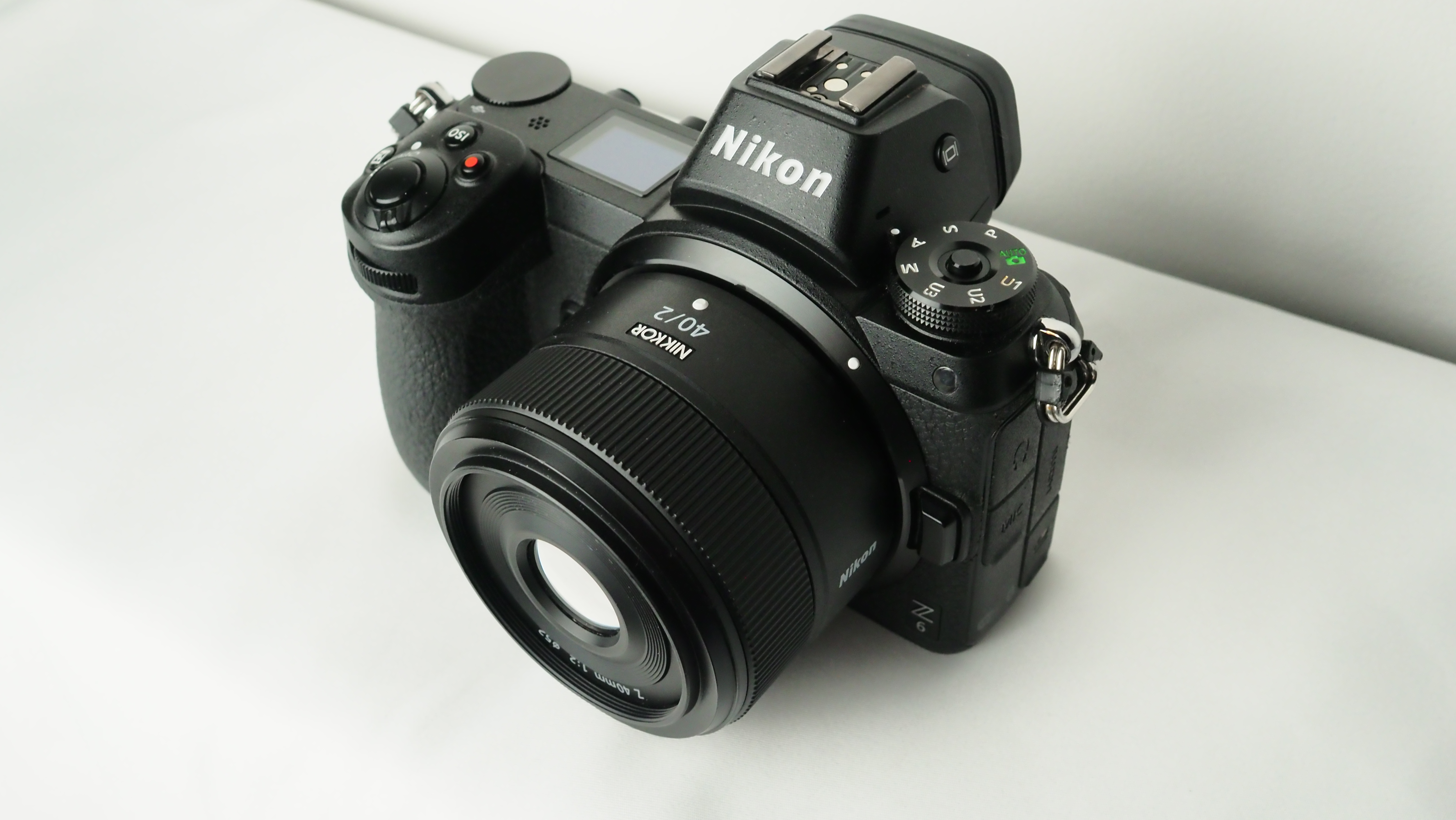
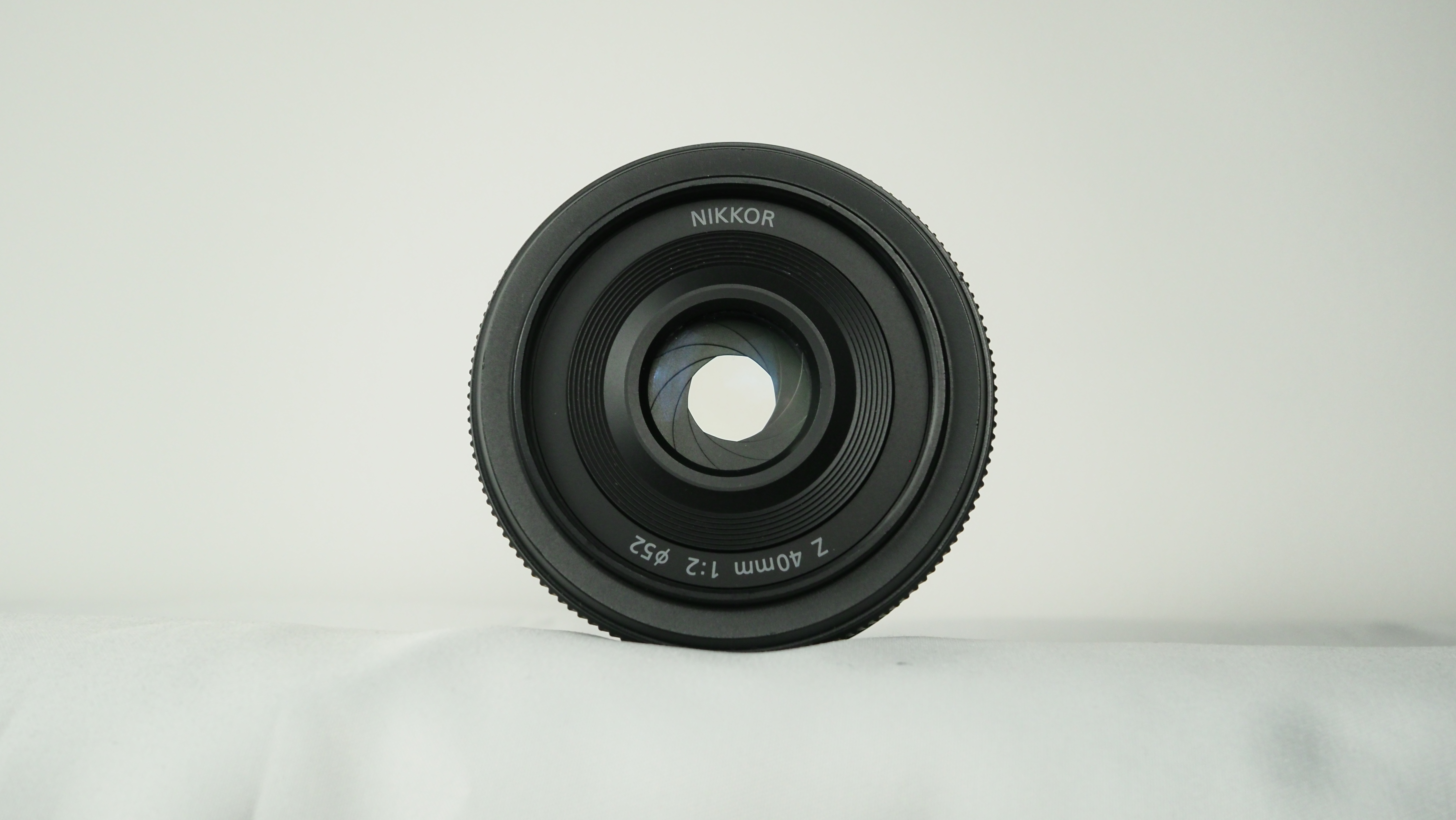

Specifications
Reasons to buy
Reasons to avoid
✅ You want an affordable first prime: Cheap, lightweight and fast, this is a great entry-point into Nikon's Z-mount system.
✅ You want a versatile prime lens: An alternative to the nifty fifty, the 40mm focal length is fantastic for everyday shooting.
❌ You need edge-to-edge sharpness: Even at its sweet-spot of f/8, there's a hint of softness in the corners.
❌ You want to shoot up close: Its minimum focusing distance is relatively close, but it's not the sharpest for macro photography.
A wider take on the standard nifty fifty, this 40mm f/2 lens is a fantastic value first prime lens for full-frame Nikon Z-series mirrorless cameras. Although it has a plastic mount and thread, we found in our review that it’s still a well-built and robust barrel, complete with splash-resistance. It’s also extremely light, which makes for a featherweight combo when paired with something like the Nikon Z6 – a camera it complements well with its minimalist, switch-free design.
We noted in our review the “classic” character of the Z 40mm f/2, exhibiting rich colors in the right circumstances. It’s definitely sharpest at its center, with the sweet spot lying between f/5 and f/8. There is some softness at the extreme corners and when focusing close, as well as coma that’s noticeable during night photography. In reality, though, these are minor issues, and the 40mm is a quick, versatile lens that represents excellent value for the price.
Read more: Nikon Z 40mm f/2 review
The best wide-angle zoom Nikon Z lens
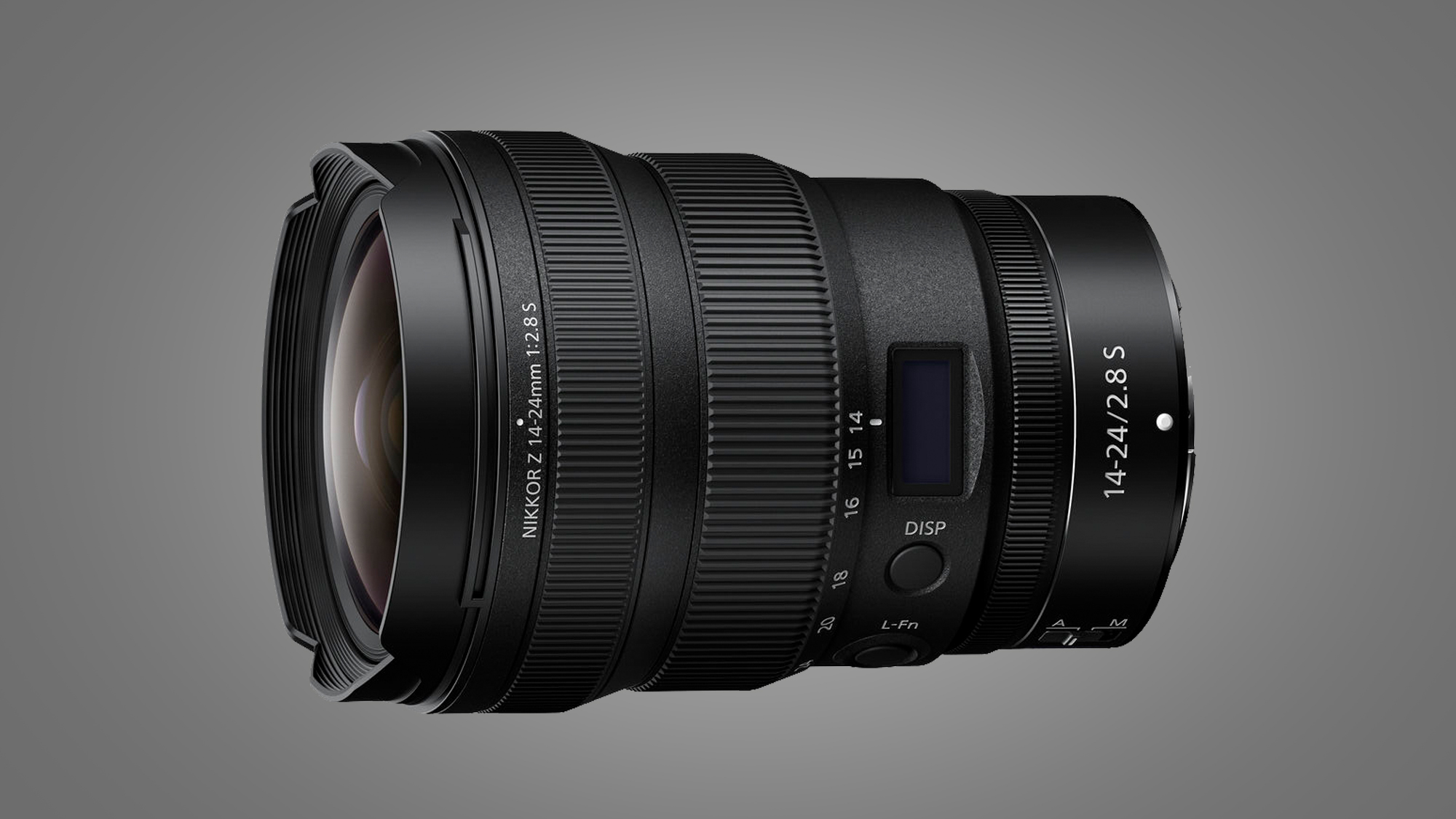
4. Nikon Z 14-24mm F/2.8 S
Specifications
Reasons to buy
Reasons to avoid
✅ You want best-in-class performance: With a constant f/2.8 aperture across its entire focal range, this lens shoots fast and sharp.
✅ You want top-tier handling: Features such as an OLED display and function button mean this is a lovely lens to shoot with.
❌ You want a budget wide-angle zoom: The f/2.8 S doesn't come cheap, making the f/4 alternative better value.
❌ You want smooth portrait bokeh: One if the very few drawbacks is that bokeh in out-of-focus backgrounds could be smoother.
For most people, the Nikon Z 14-30mm f/4 S is the perfect wide-angle zoom: it's compact, lightweight and delivers superb image quality. So why would anyone spend roughly twice the price on this 14-24mm alternative? Because it makes f/2.8 available throughout the zoom range. Besides that extra f/stop of aperture, it also has extras shared with Nikon's other 'trinity' zooms. Those include a handy customizable Lens Function button, as well as an OLED display that can show aperture, focus distance, depth of field and the exact focal length.
Based on our tests, image quality and all-round performance are spectacular. Unusually for such a ‘fast’ ultra-wide-angle lens, it comes with two hoods, the larger of which enables the fitment of oversized 112mm filters without the need for a specialist filter holder. Ultimately, it’s the best wide-angle zoom for Z-series cameras, even if you can’t beat the Z 14-30mm for value.
The best standard prime Nikon Z lens
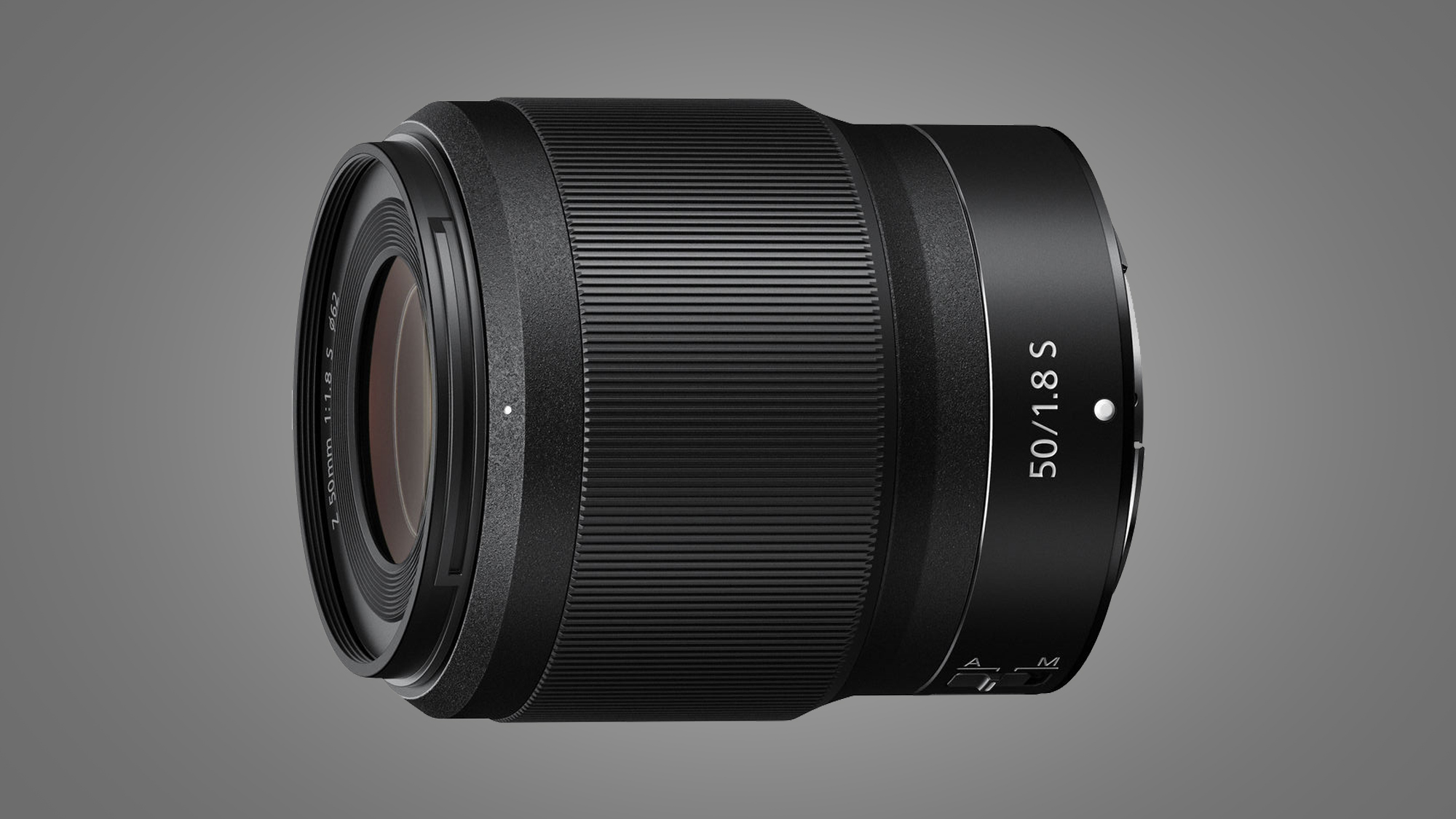
5. Nikon Z 50mm F/1.8 S
Specifications
Reasons to buy
Reasons to avoid
✅ You want a sharp prime lens: Impressively sharp and distortion-free, this lens produces fantastic quality images.
✅ You appreciate weather sealing: Weather seals mean this is a lens you can rely on even in tricky conditions.
❌ You want the smallest nifty fifty: It's not too weighty at 415g, but this lens is on the large size for a 50mm f/1.8 prime.
❌ You need image stabilization: It's relatively fast, but the lack of Vibration Reduction could matter if your camera lacks IBIS.
The look and feel of Nikon’s f/1.8 prime lenses is consistent across the entire range: they're all well-built and feature weather seals, so handling feels natural when you swap from one to another. That's just as true with this nifty fifty, which gives a natural viewing perspective on any of Nikon’s full-frame Z-series bodies, while also working well as a portrait prime on DX format Nikon Z50. The only drawback with the latter is that the lens doesn’t feature optical stabilization and the Z50 has no sensor-shift stabilization, so camera-shake can be a problem.
The optical design features two aspherical elements and two ED (Extra-low Dispersion) elements. In our tests, we found that these team up to deliver superbly sharp images with negligible distortion or colour fringing. Nano Crystal Coat and Super Integrated Coating combine to keep ghosting and flare to a minimum. Some might miss the faster f/1.4 aperture rating of many 50mm primes for DSLRs, but this f/1.8 lens still delivers beautiful bokeh and only costs about a quarter of the price of Nikon’s top-notch Z 50mm f/1.2 S lens, which is also about 2.5 times heavier.
The best mid-range zoom Nikon Z lens
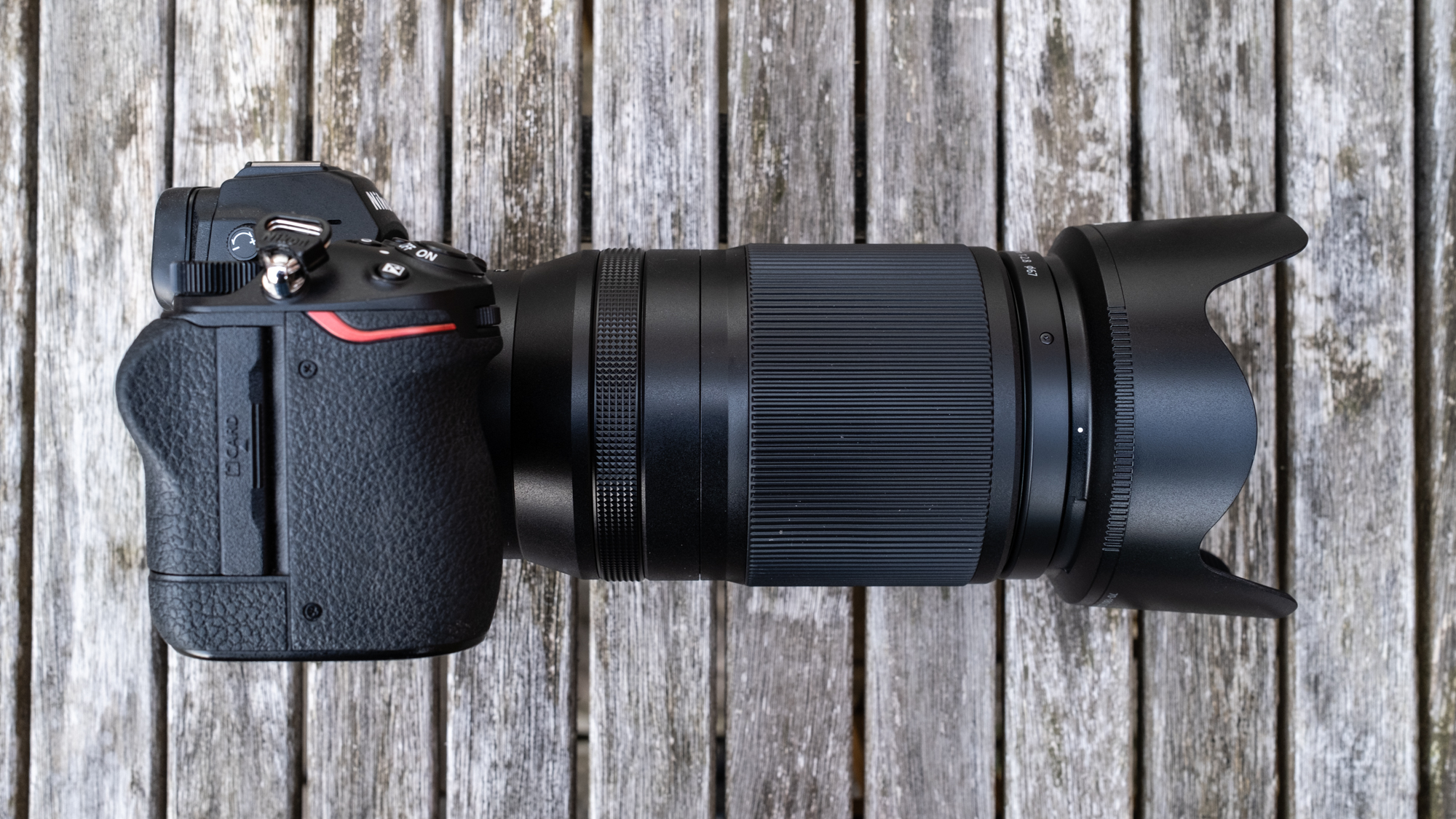
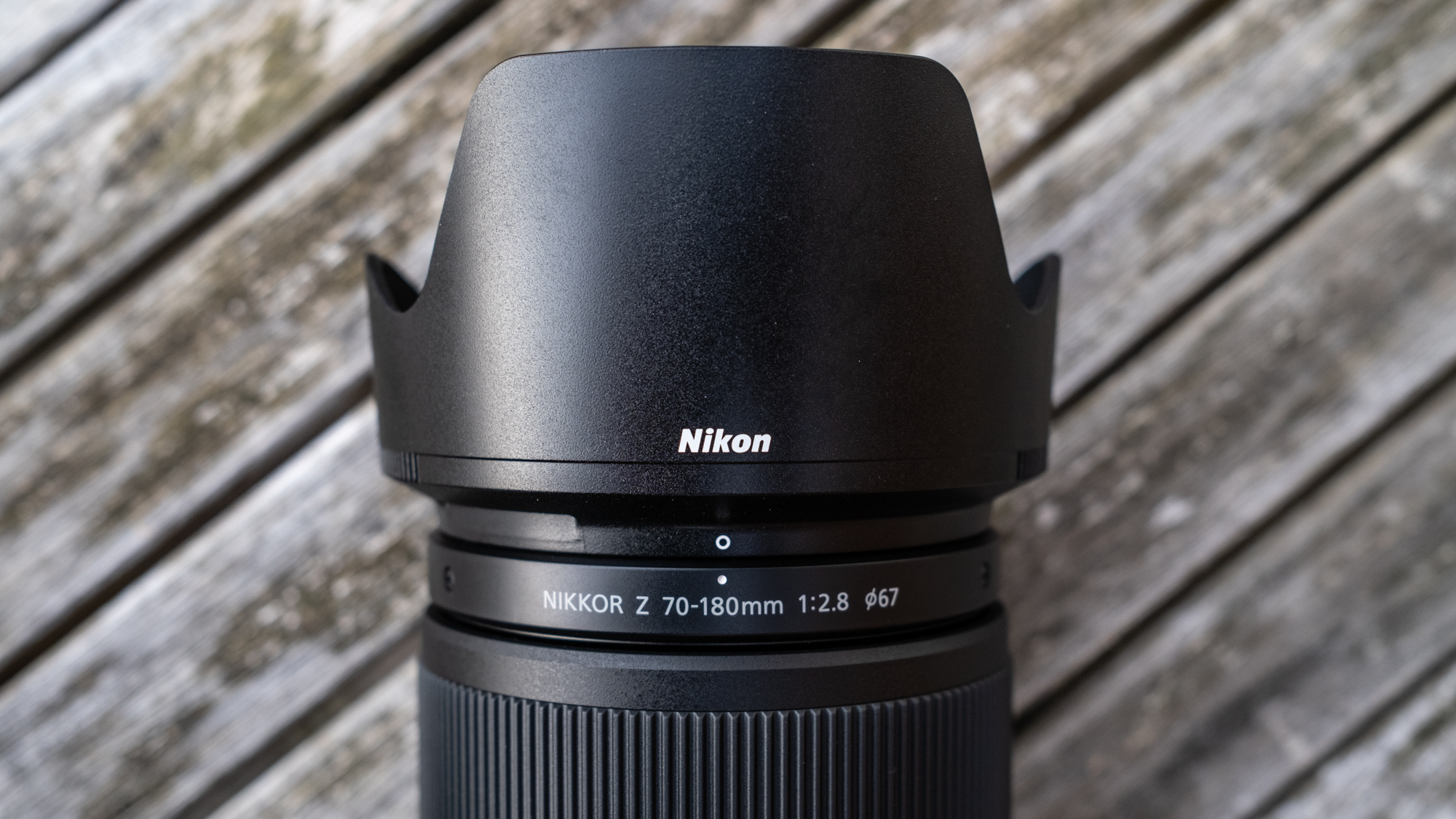
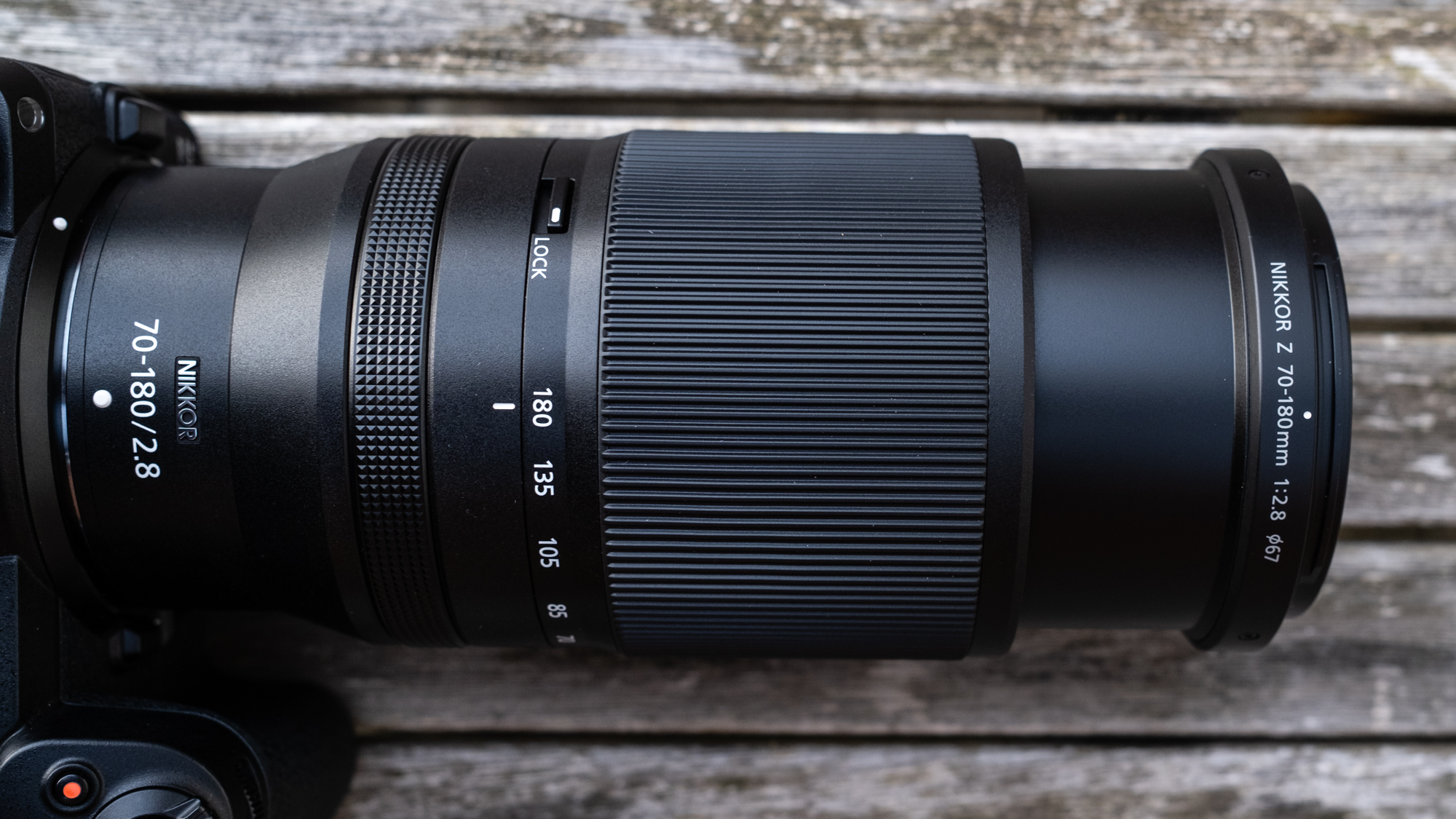
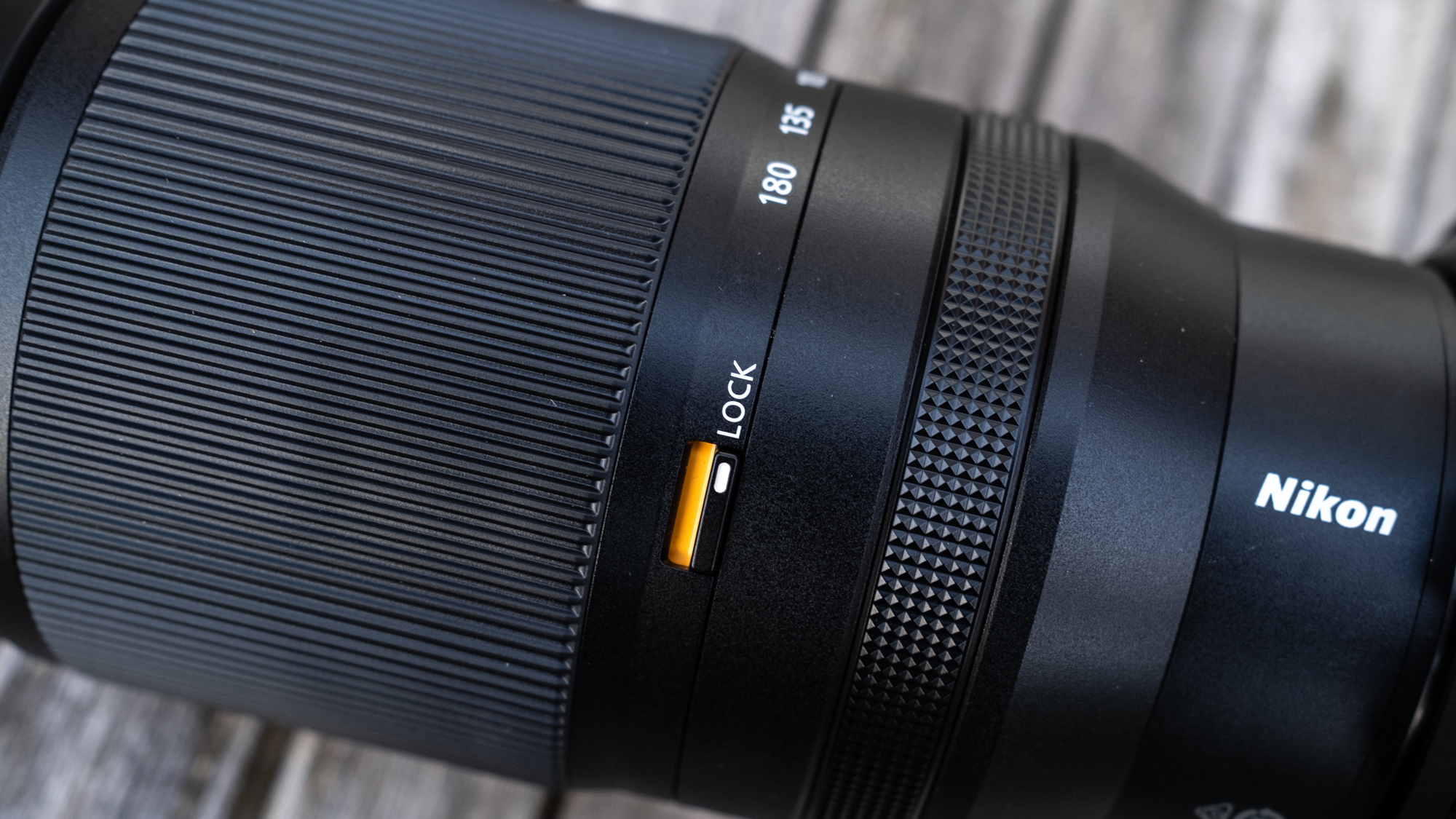
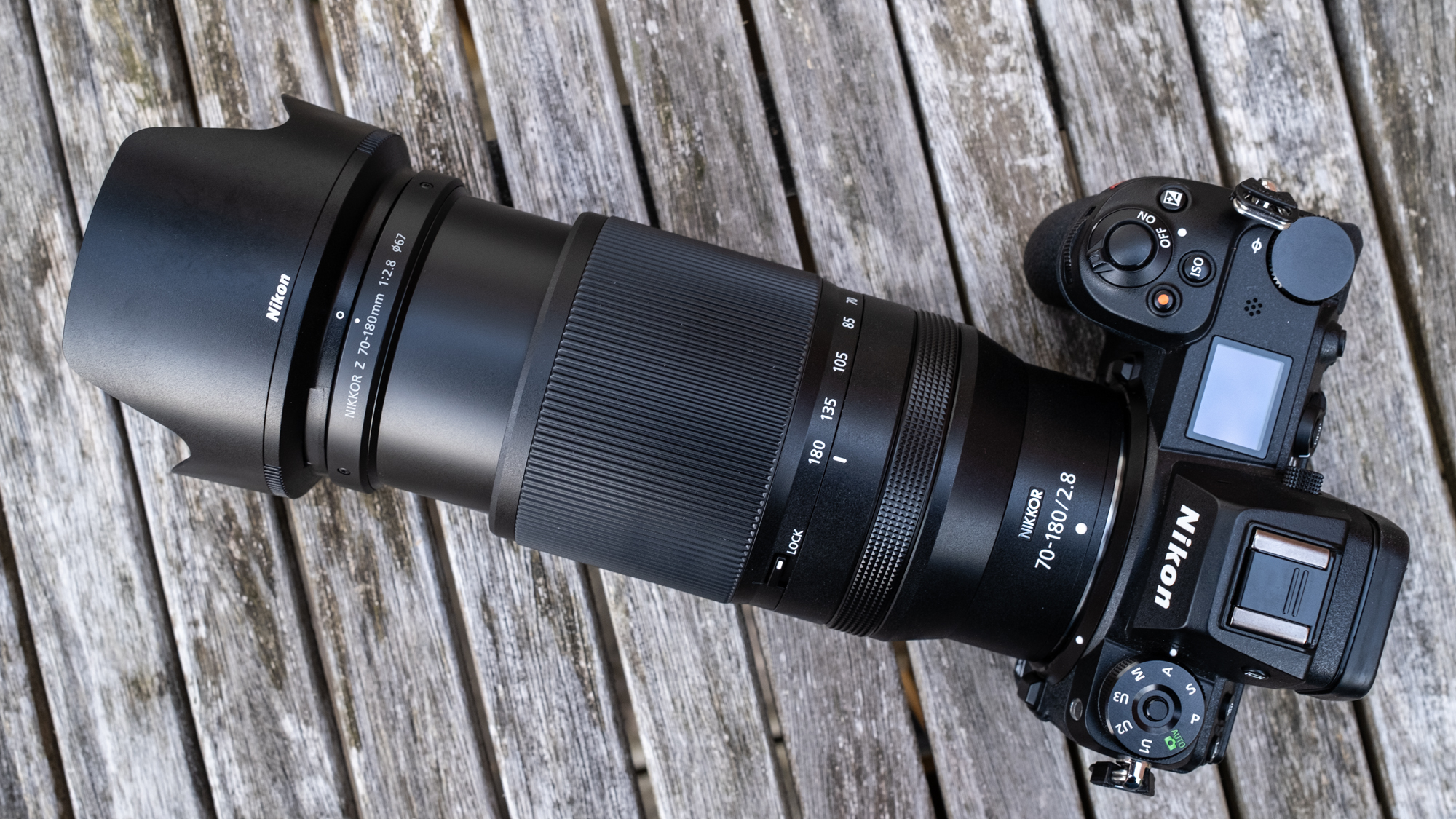
Specifications
Reasons to buy
Reasons to avoid
✅ You want a good value telephoto: Offering constant f/2.8 aperture at a reasonable cost, this lens represents great value.
✅ You want a tidy telephoto zoom: Impressively compact and lightweight for an f/2.8 telephoto, this is great choice to travel with.
❌ You need Vibration Reduction: This lens is designed for use with full-frame Nikon mirrorless cameras that have IBIS.
❌ You need greater reach: 70-180mm is useful, but other Nikon Z lenses can get you closer if you need a telephoto range.
Shorter than Nikon’s 70-200mm f/2.8 lens, this 70-180mm zoom offers almost as much versatility for a much more accessible price, without sacrificing that all-important constant f/2.8 aperture. As a result, we think it’s a great choice for enthusiasts who want a relatively compact mid-range zoom that can cover a range of subjects. In our review, we noted that it doesn’t have the same premium feel as its professional cousin, but the smaller size and lower weight make it a comfortable pairing with a camera like the Nikon Z7 II.
Absent are features such as Vibration Reduction or much in the way of direct access controls. The lens also loses edge sharpness when the aperture is wide open, and suffers some vignetting. On the other hand, results are sharp and clear if you stop down to f/5.6, and optical distortion is minimal. Overall, we think the 70-180mm f/2.8 is a cost-effective zoom that performs well in a variety of shooting scenarios.
Read more: Nikon Z 70-180mm f/2.8
The best telephoto zoom Nikon Z lens
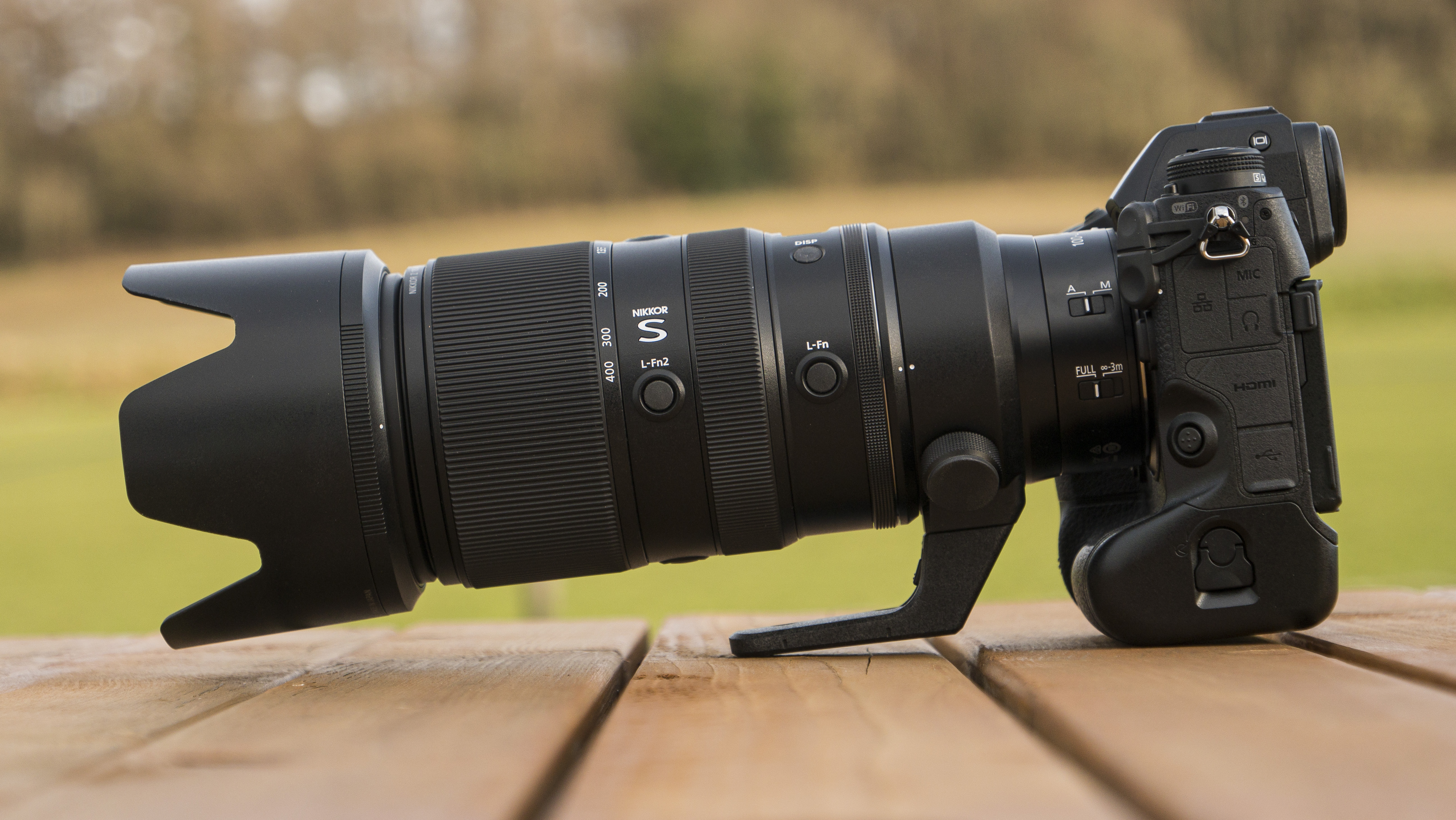
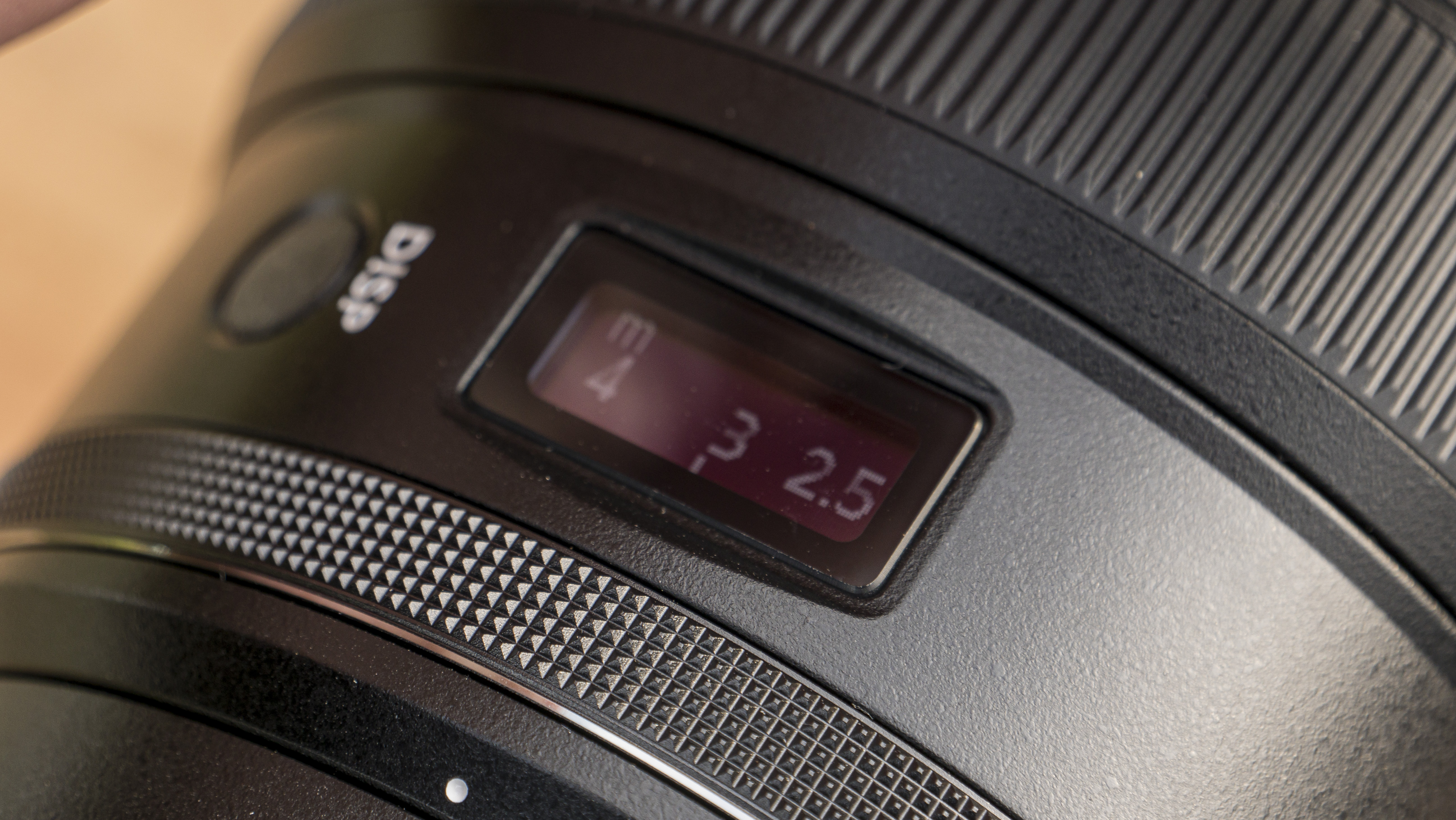
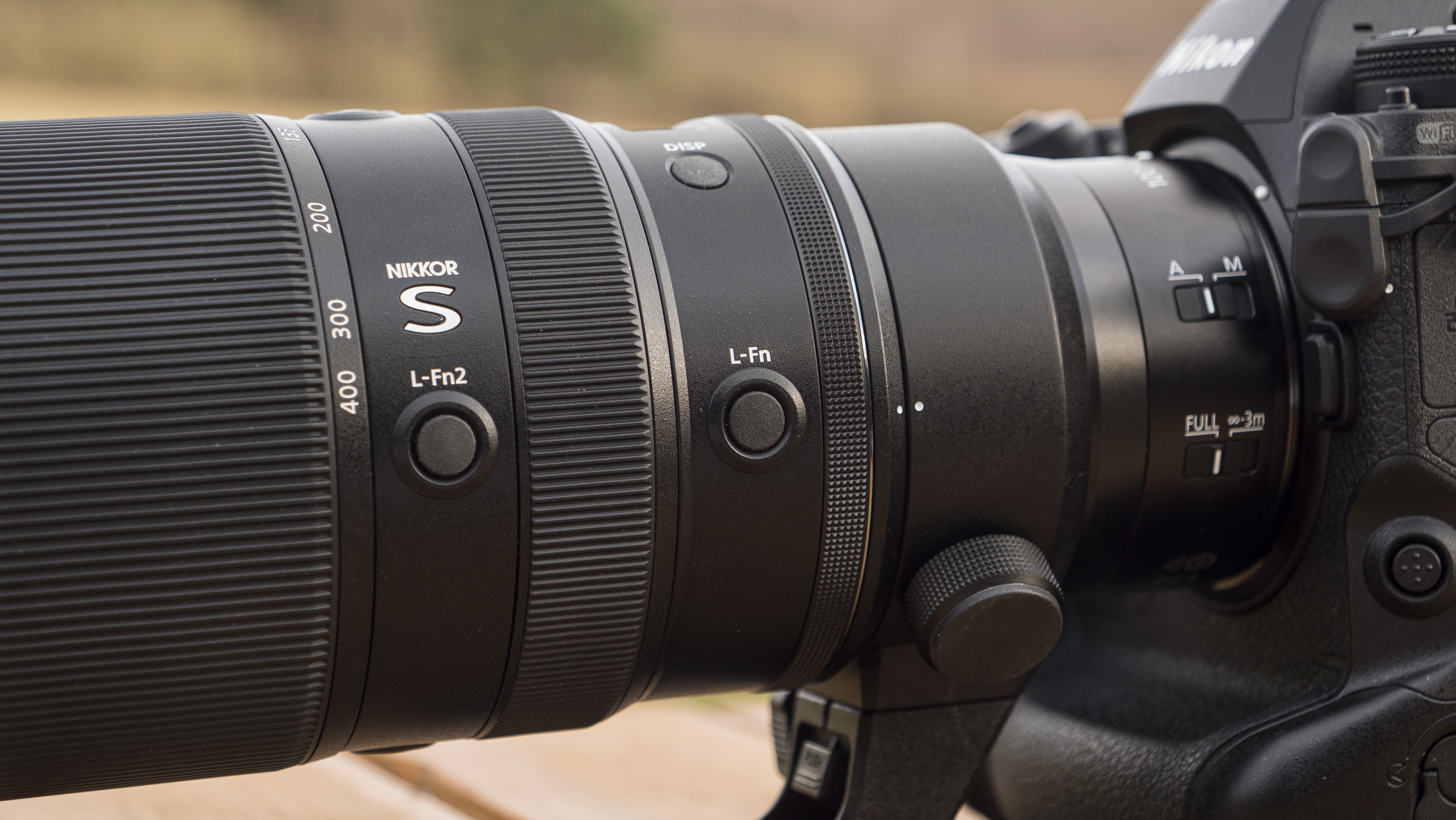
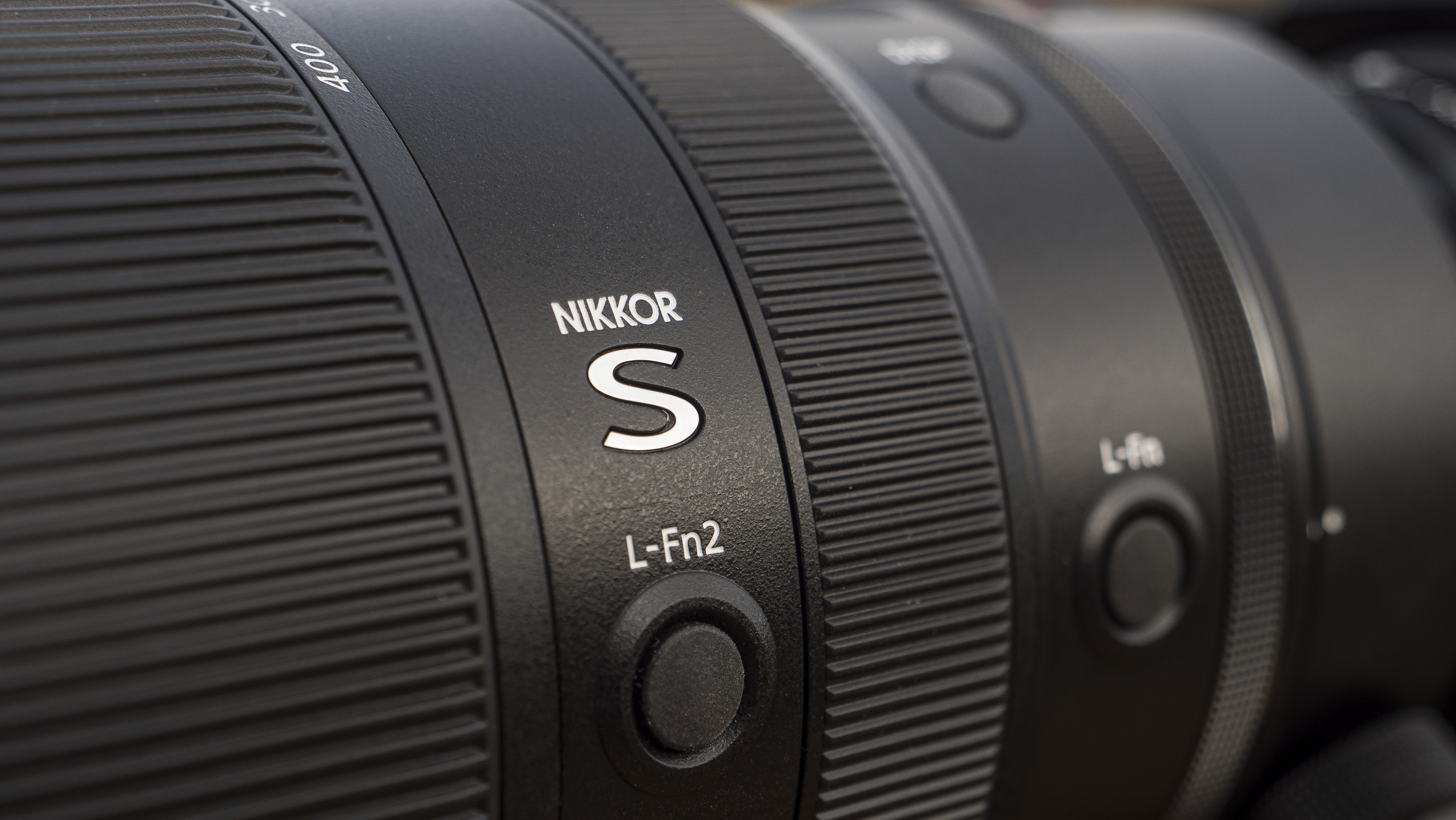
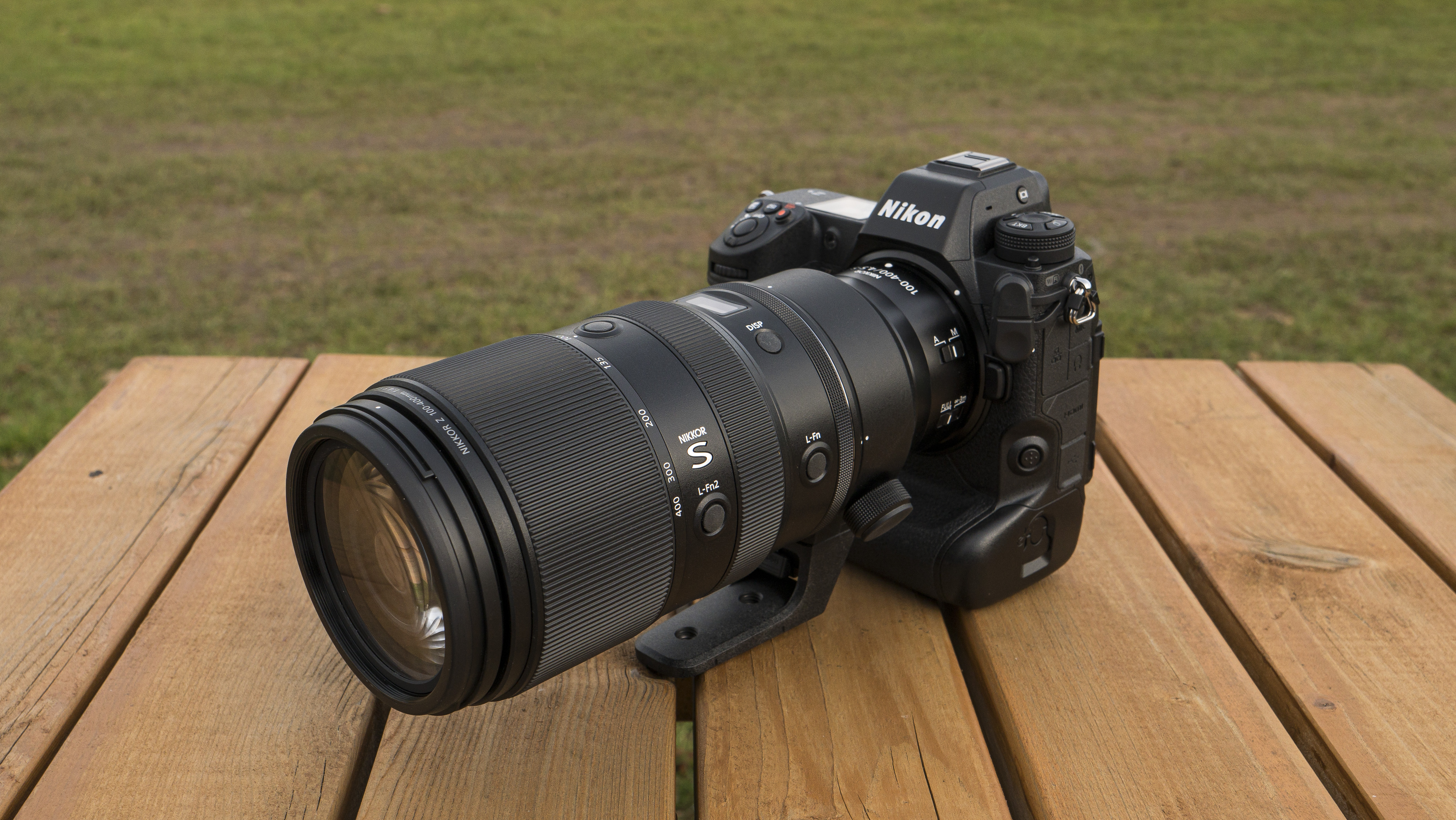
Specifications
Reasons to buy
Reasons to avoid
✅ You value versatility: Covering an optical range of 4x, this lens lets you easily shift from portraits to action.
✅ You shoot at maximum aperture: At its maximum aperture setting, this lens exhibits excellent sharpness and control.
❌ You shoot a lot in low light: The variable f/4.5-5.6 maximum aperture is decent, but low lighting will be a challenge.
❌ You're on a limited budget: It offers a lot, but there's no escaping that this lens represents a significant investment.
Built primarily for action, this telephoto zoom combines the benefit of a 400mm maximum reach with the versatility of a 4x zoom. What’s more, it does so with precious few compromises. Yes, its variable maximum aperture isn’t the fastest for low-light work, while its price tag might give you pause for thought. But in almost every other respect, this is a remarkably useful and reliable lens.
In our tests, we found images tack-sharp from edge to edge, even when the aperture was thrown out wide. Vignetting control is impressive, too. Autofocus proved fast and almost silent, making the Z 100-400mm f/4.5-5.6 a competent choice for recording video. It also benefits from excellent build quality – including full weather-sealing – and nifty handling, with three smooth control rings and a handy digital display. Add Vibration Reduction to the mix and there’s no doubting how versatile this lens is.
Read more: Nikon Z 100-400mm f/4.5-5.6 VR S review
The best Nikon Z lens for bokeh
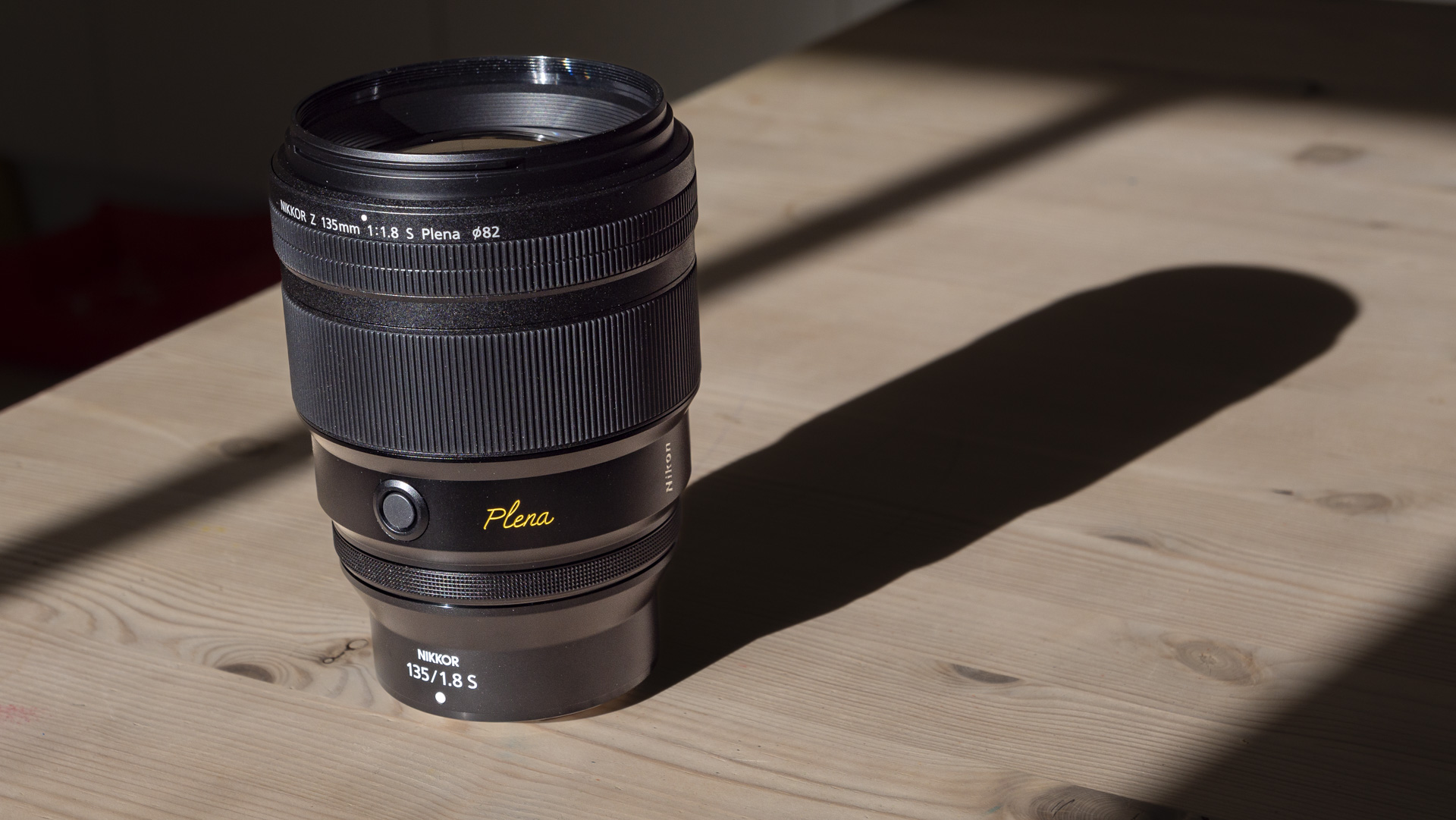
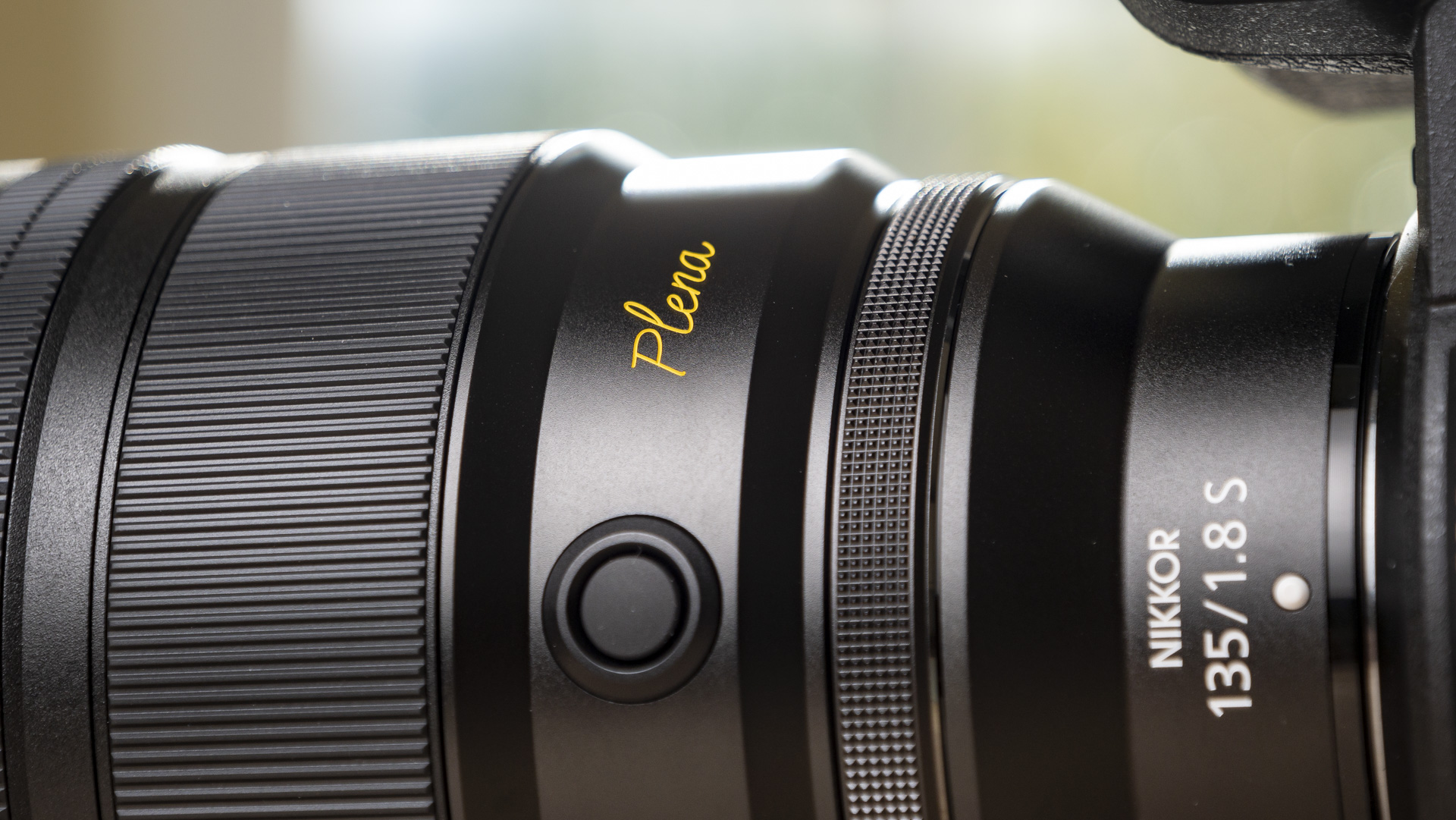
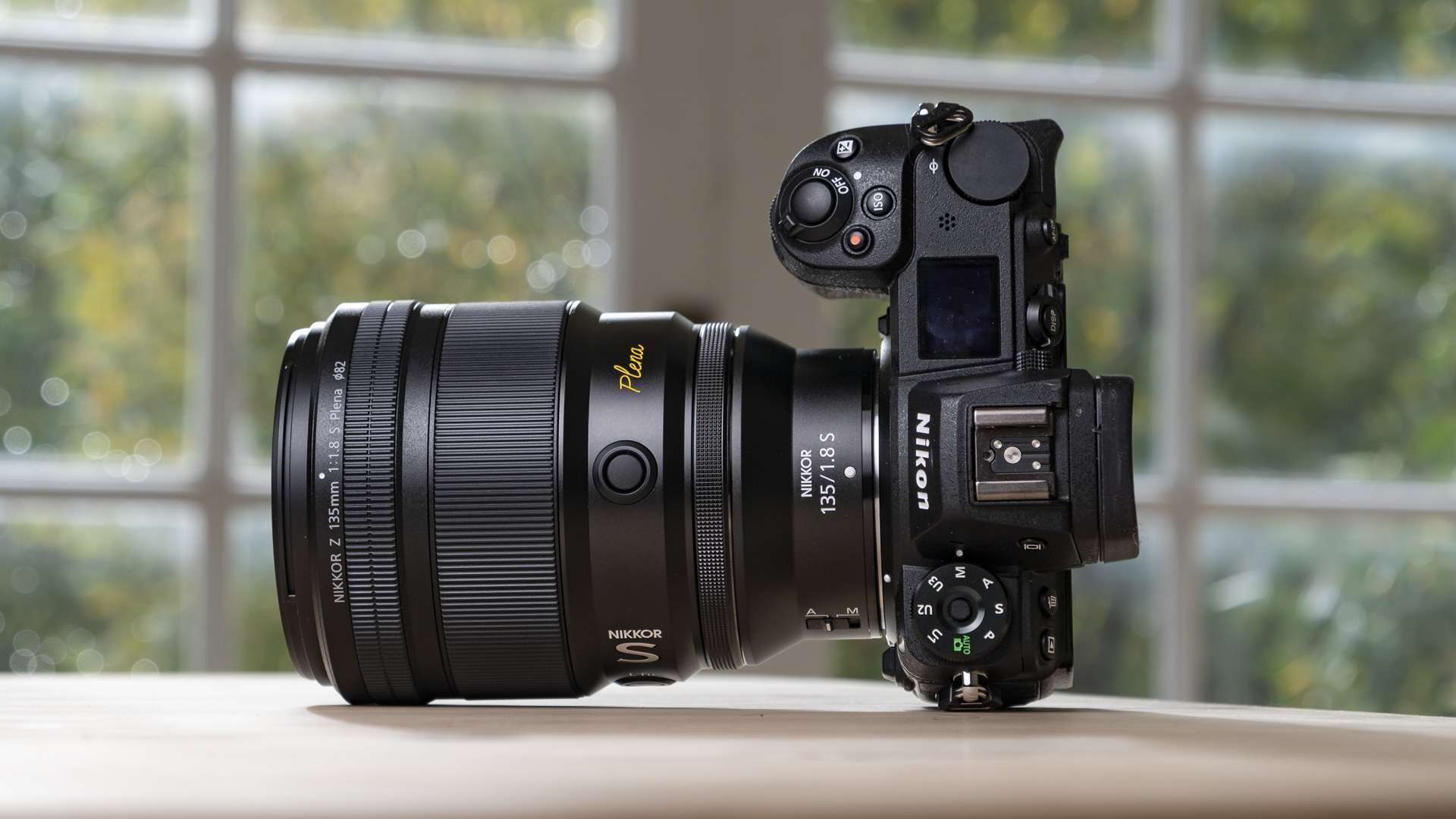
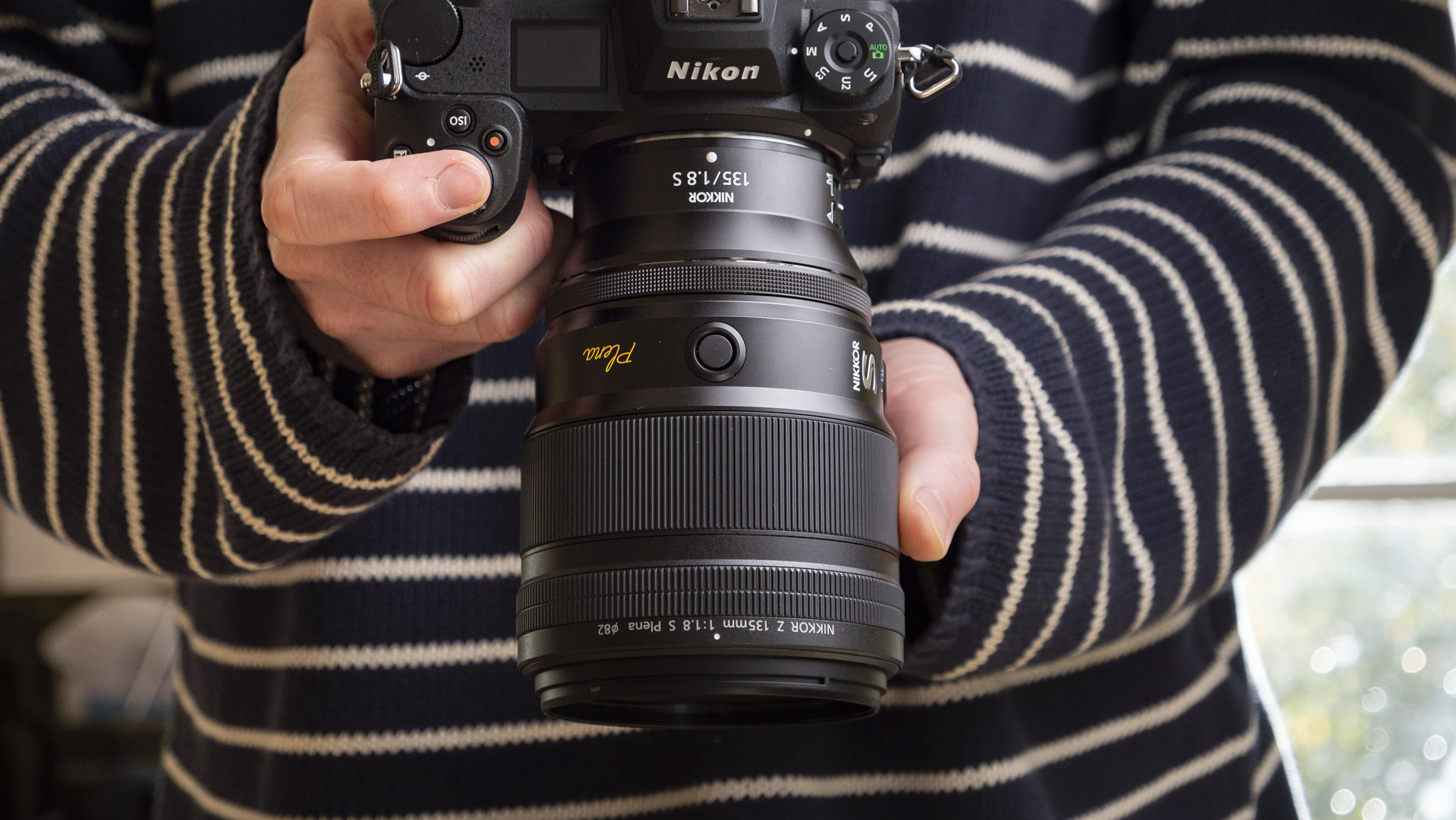
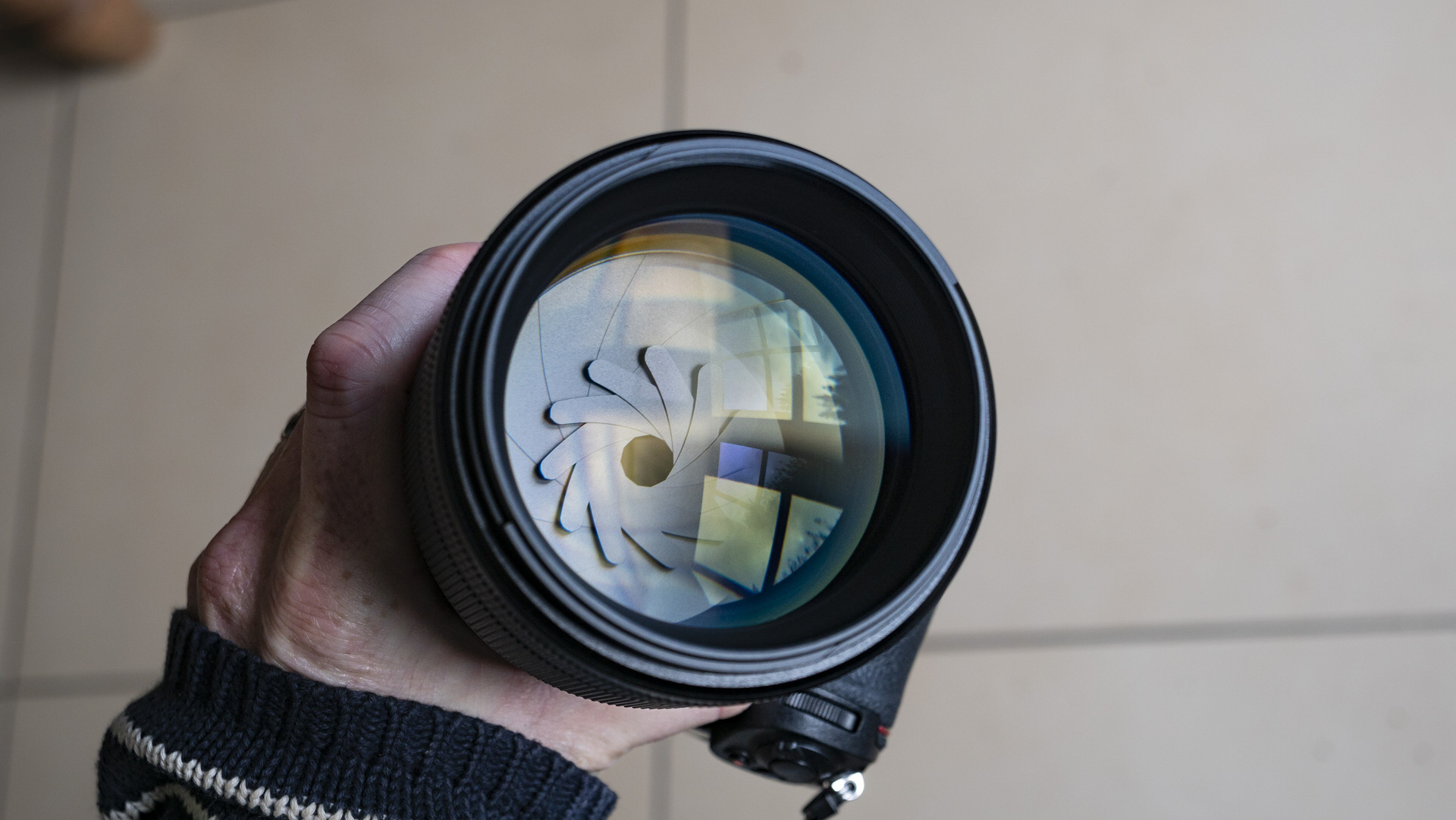
Specifications
Reasons to buy
Reasons to avoid
✅ You're a portrait specialist: The optical quality of the Plena lens is particularly evident in portrait details.
✅ You want Nikon's best lens: Dreamy bokeh and incredible sharpness make this close to the perfect lens.
❌ You only need shallow depth of field: Its bokeh is stunning, but you can get soft backgrounds for less elsewhere.
❌ You want a lens that can shoot macro: A minimum focus distance of 0.82m mean this isn't a great lens for close-ups.
Not everyone needs perfect bokeh. But if smooth soft-focused backgrounds define your portrait photography, you can’t do better than Nikon’s second signature Z-mount lens. Build quality is as impeccable as you’d expect from a Pro series lens, with a rugged metal chassis that feels minimalist, yet also benefits from a large focus ring, customizable button and rear control ring.
Optically, image quality from the Plane is unrivalled. As well as large, buttery bokeh that’s free of fringing, you get the pinnacle of pin-sharp detail – especially when paired with high-resolution models like the Nikon Z8. If you only need a shallow depth of field, you’ll find better value by opting for a standard portrait lens like the Nikon Z 85mm f/1.8 S. And if you’re only in it for the focal length, Sigma’s 135mm f/1.8 Art lens is cheaper. A minimum focus distance of 0.82m also limits the Plena’s macro capabilities. But if you’re a portrait specialist, you won’t anything more appealing in Nikon’s Z-mount line.
Read more: Nikon Z 135mm f/1.8 S Plena review
The best prime lens for crop-sensor Nikon Z cameras
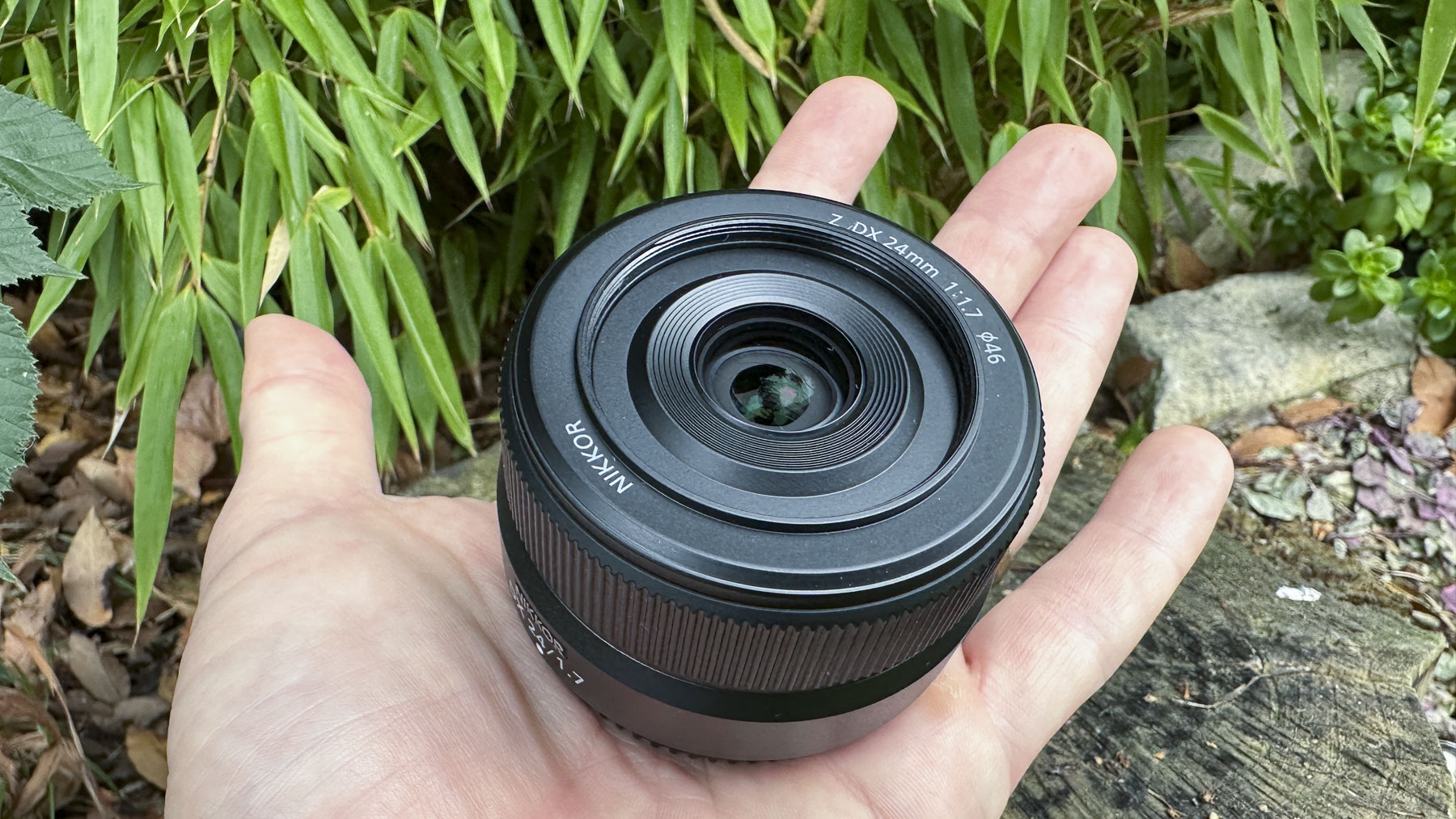
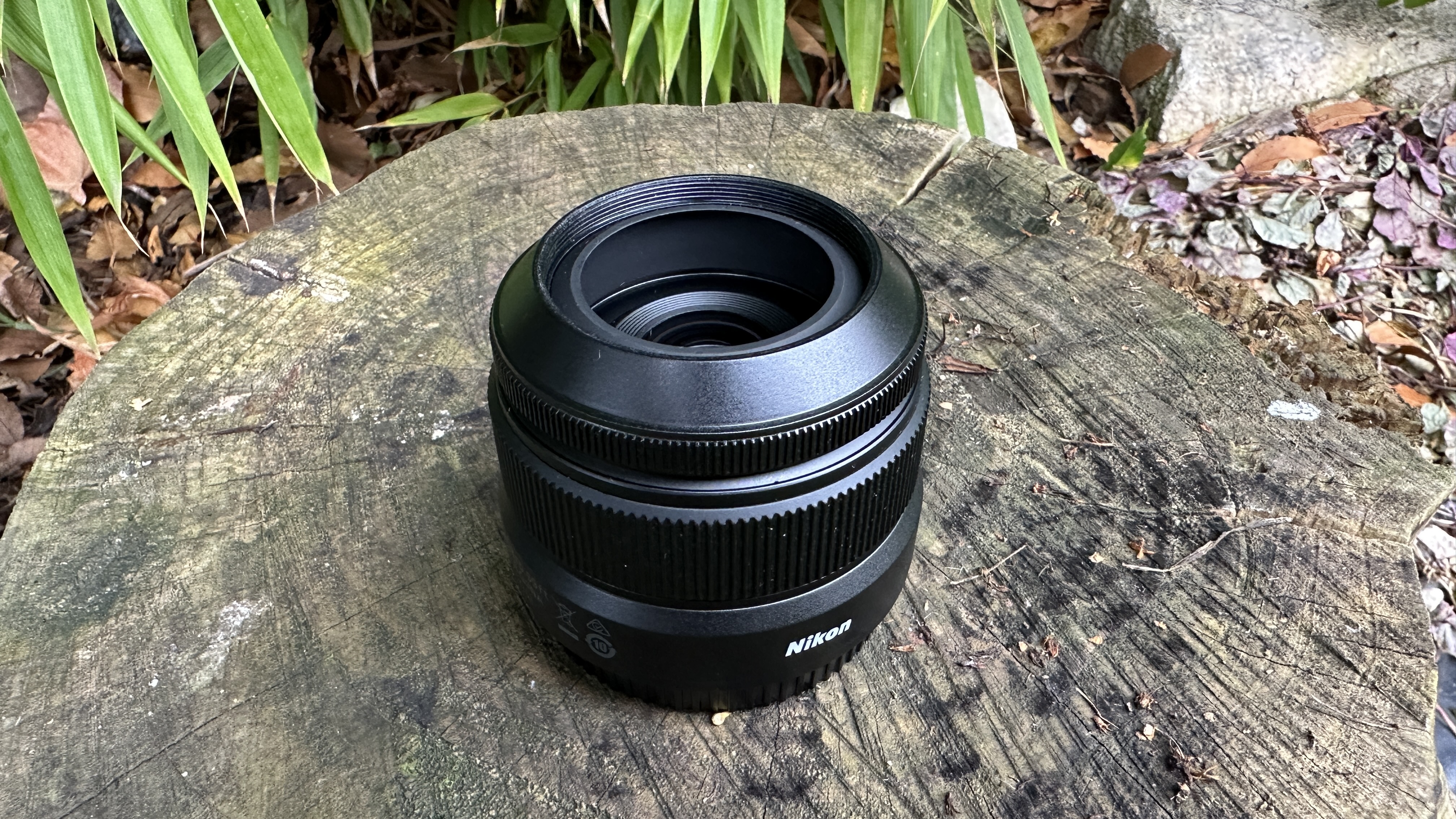
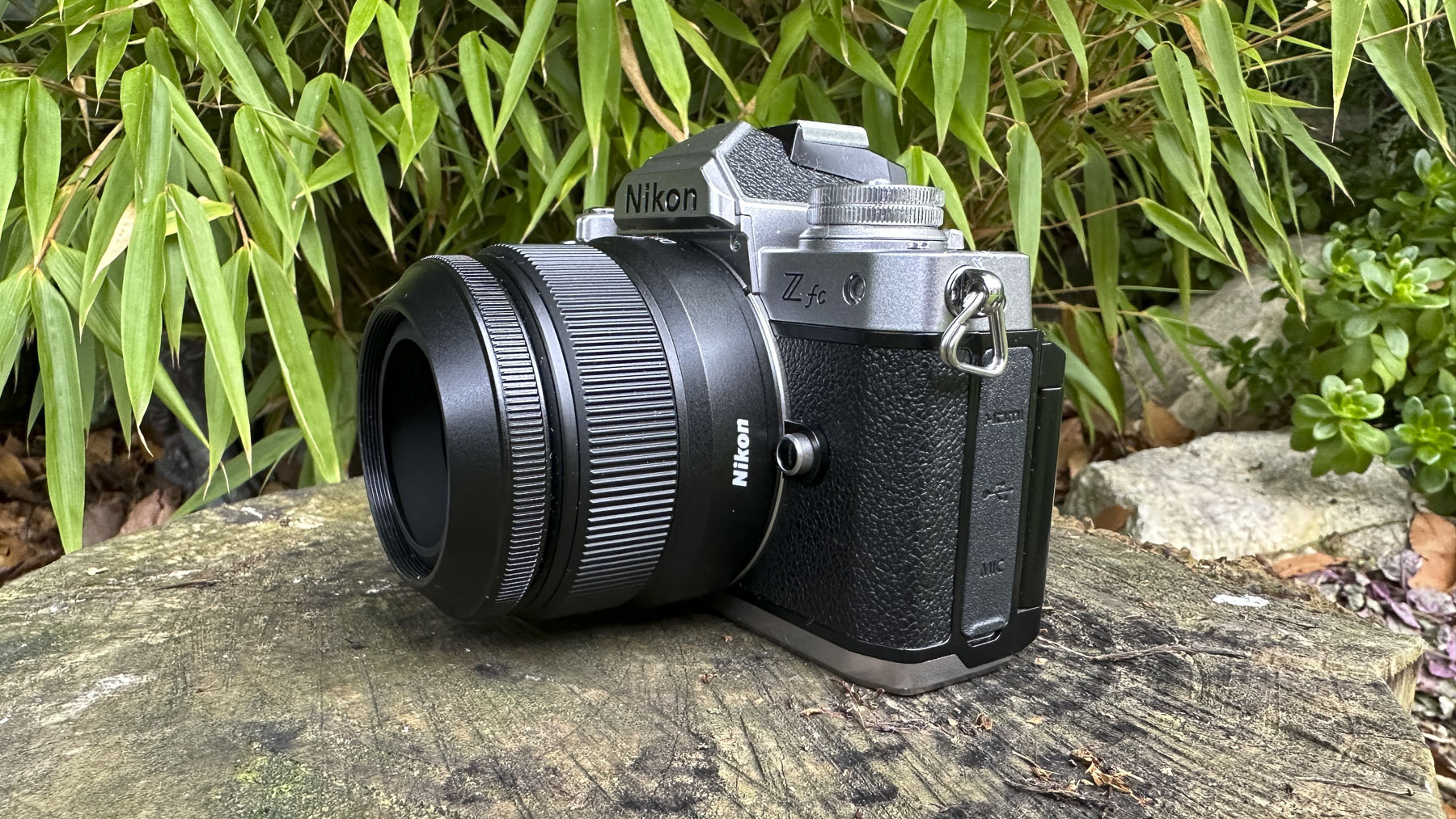
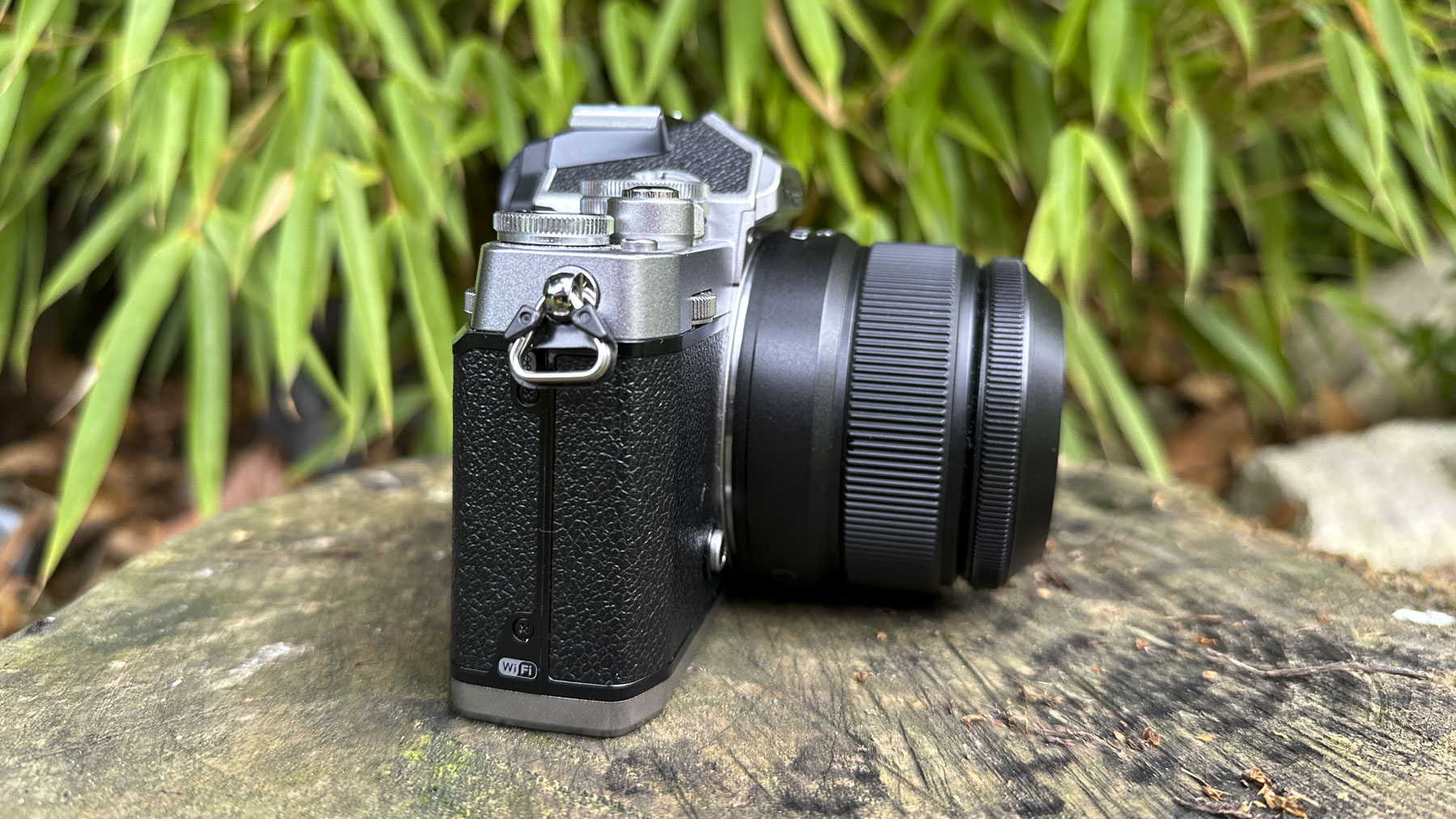
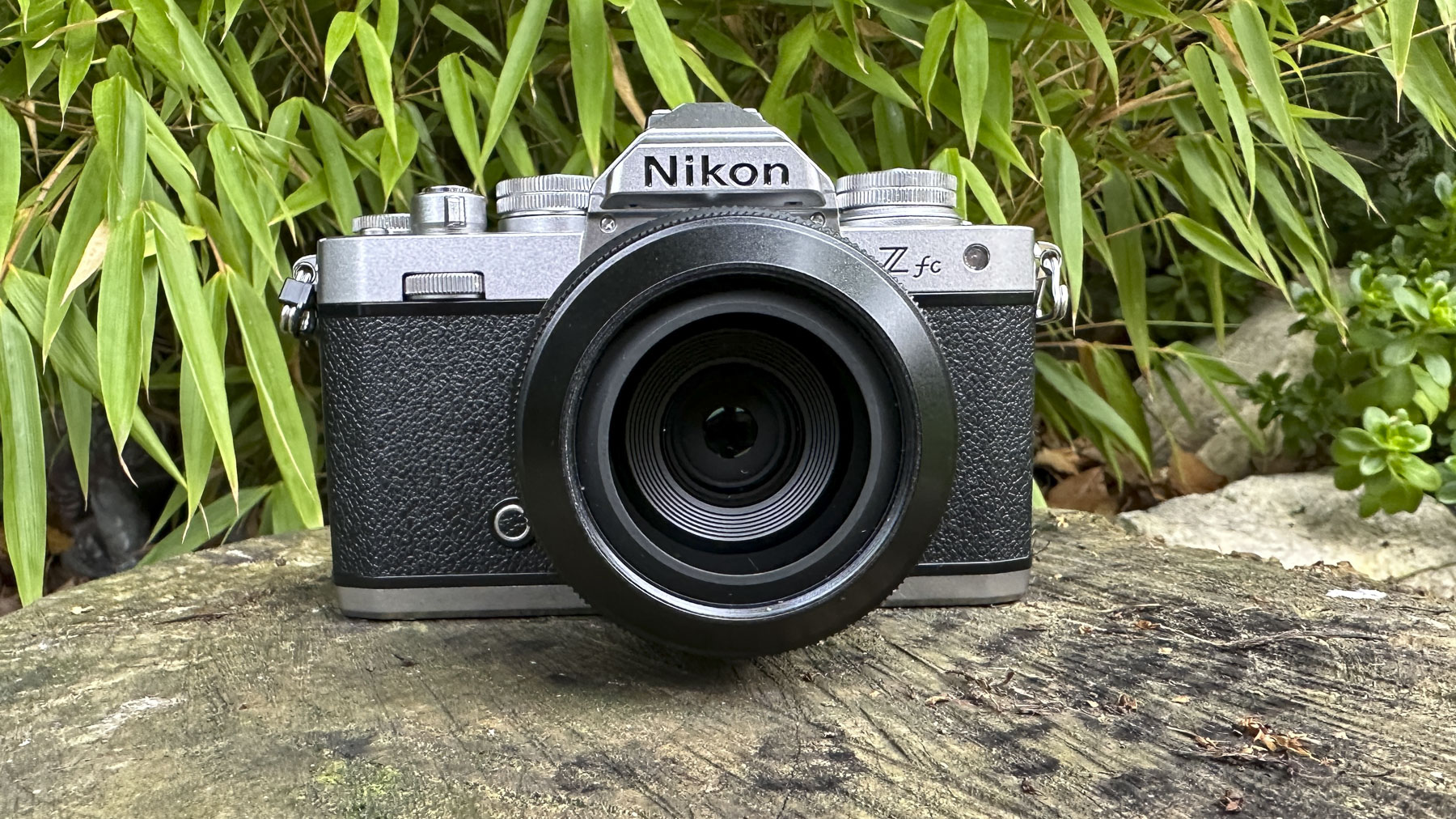
Specifications
Reasons to buy
Reasons to avoid
✅ You want a sharp, simple prime: Small, light and sharp, this is a great lens for capturing detail wherever you go.
✅ You shoot a lot of video: Shallow depth of field and close-focusing make the 24mm f/1.7 a great lens for video.
❌ You want zoom versatility: It's obvious, but this lens is fixed at a relatively wide 24mm that's not useful for distant subjects.
❌ Your camera doesn't have IBIS: This lens doesn't have Nikon's Vibration Reduction system, so it won't help with camera shake.
Nikon took a while to release a dedicated prime lens for its DX format Z-series cameras. This is the first: a compact prime that gives the equivalent field of view as a 36mm lens on a full-frame camera. And what it loses in zoom flexibility, it gains in optical quality: detail is extremely sharp at the very centre of the frame. And while there is some drop-off towards the edges, definition is impressive throughout, especially considering its price and size.
Less is more with the Nikkor Z DX 24mm f/1.7. The barrel itself is basic, with only a manual focus ring to speak of. At 135g and 70x40mm, it’s as small and light as you’d expect, making it a perfect partner to the Nikon Z fc or Nikon Z30. That’s particularly true of the latter, as its shallow f/1.7 depth of field and close-focusing capability mean its a good choice for video. There is vignetting with correction turned off, but given that this is enabled by default, images out of the camera will be virtually perfect.
Read more: Nikon Z DX 24mm f/1.7 review
The best super-telephoto prime Nikon Z lens
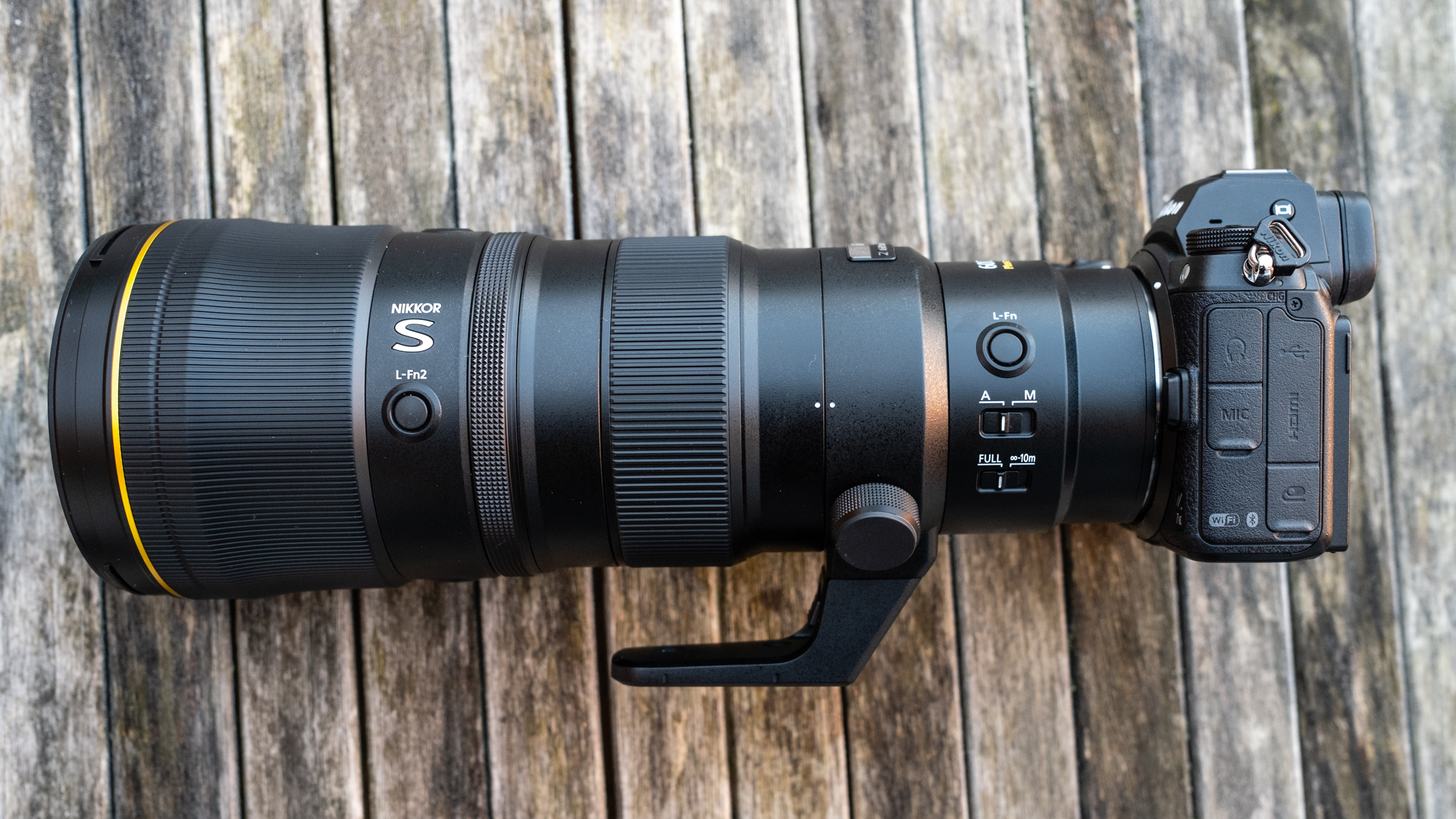
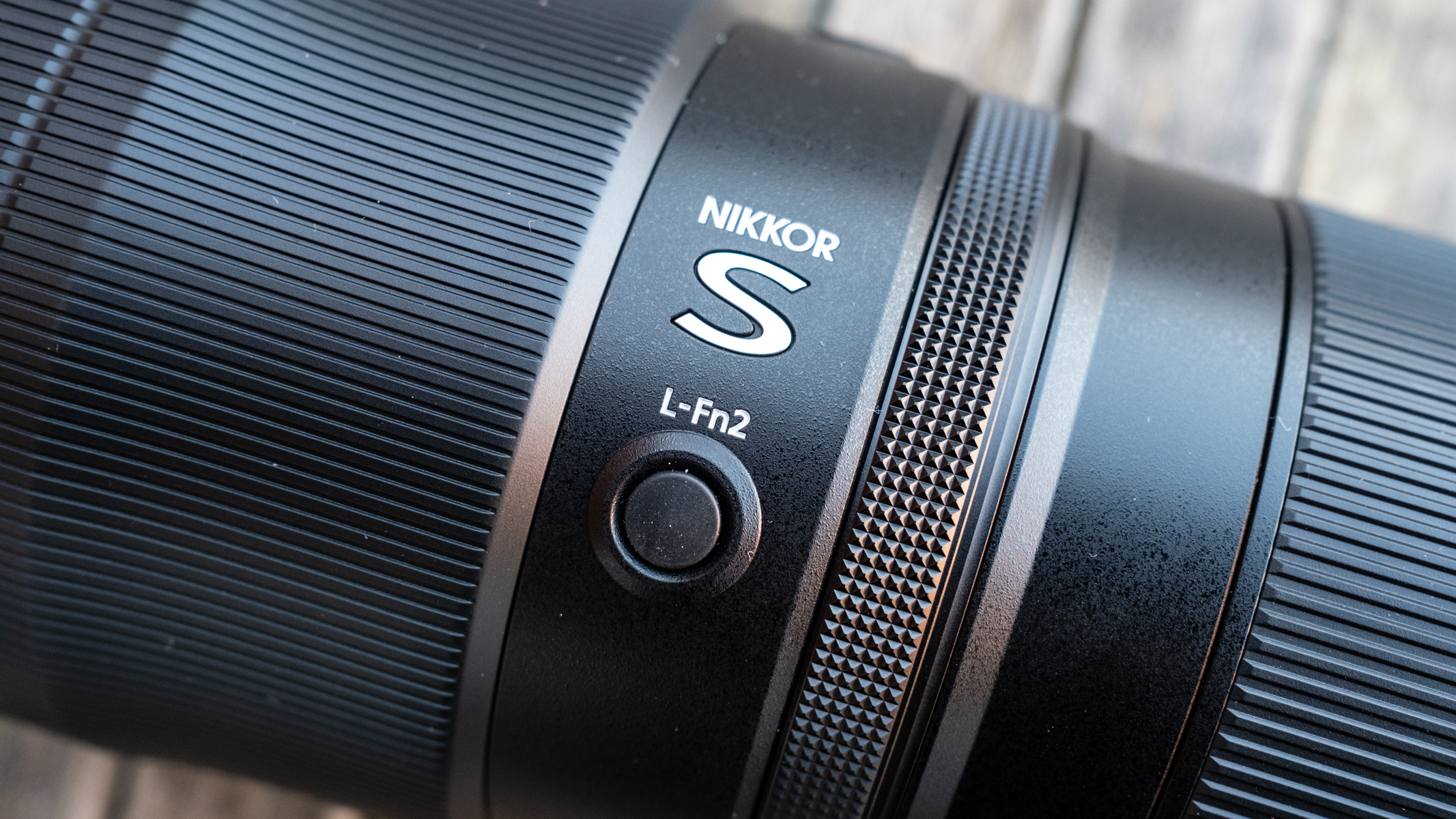
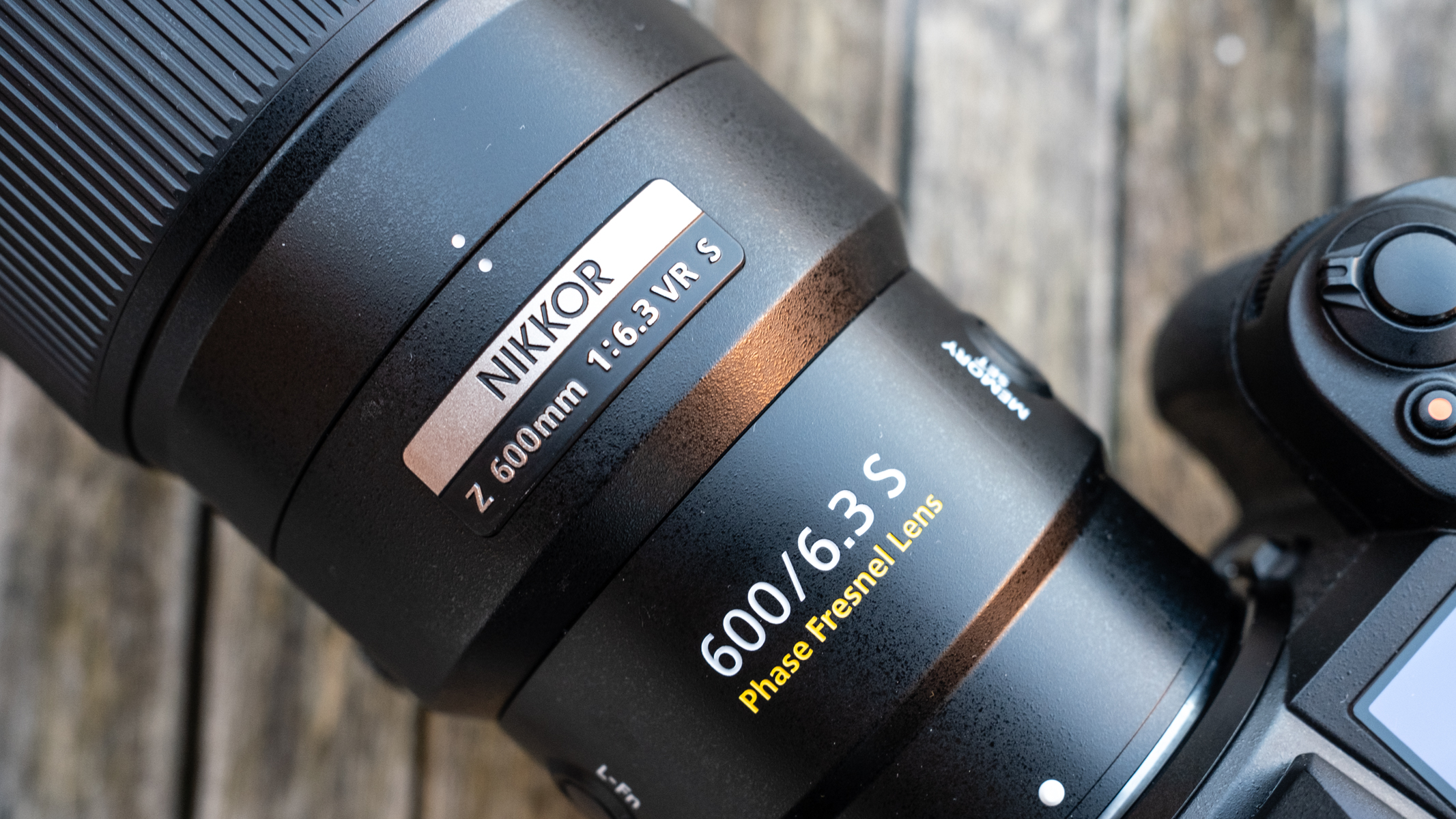
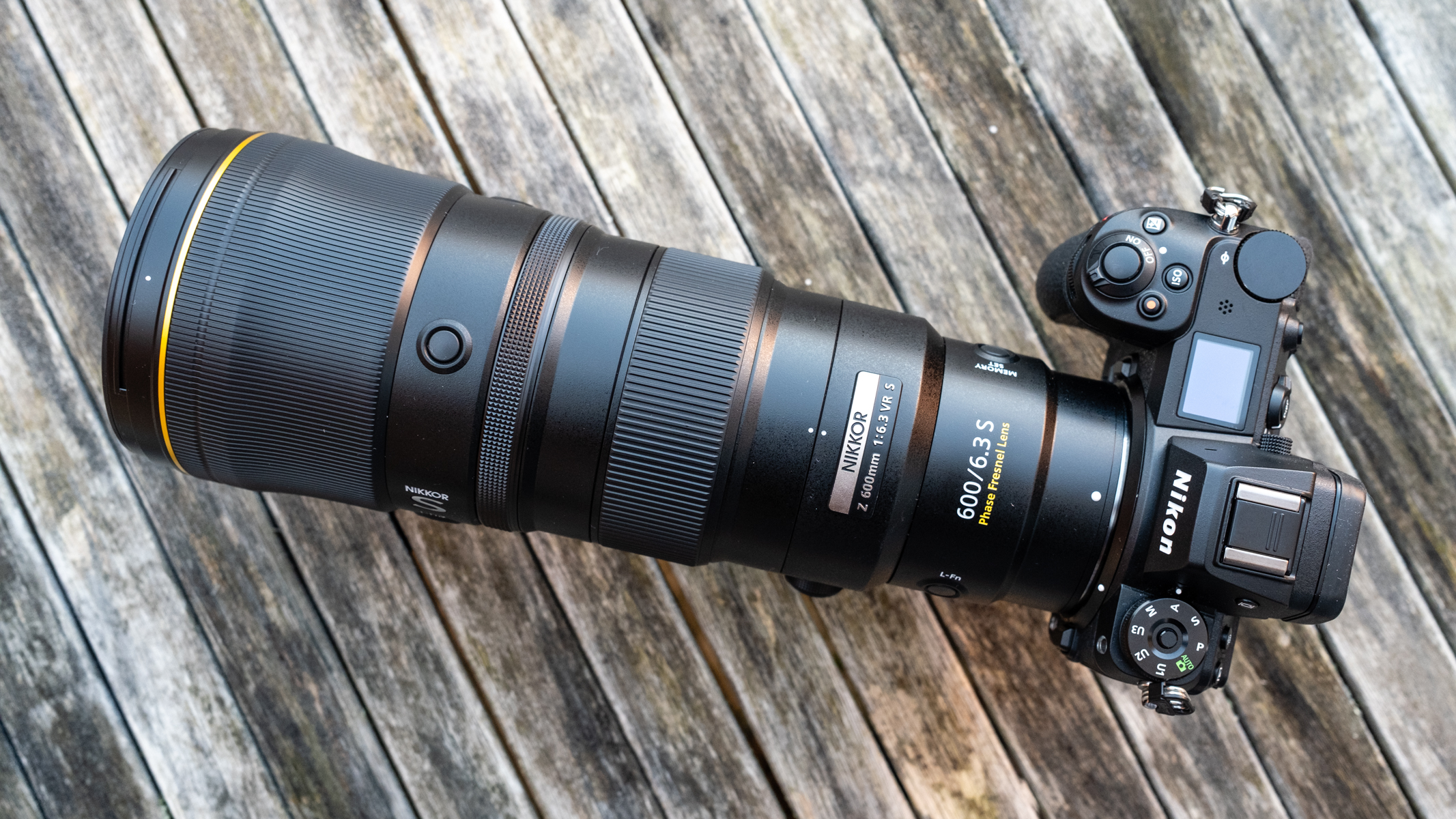
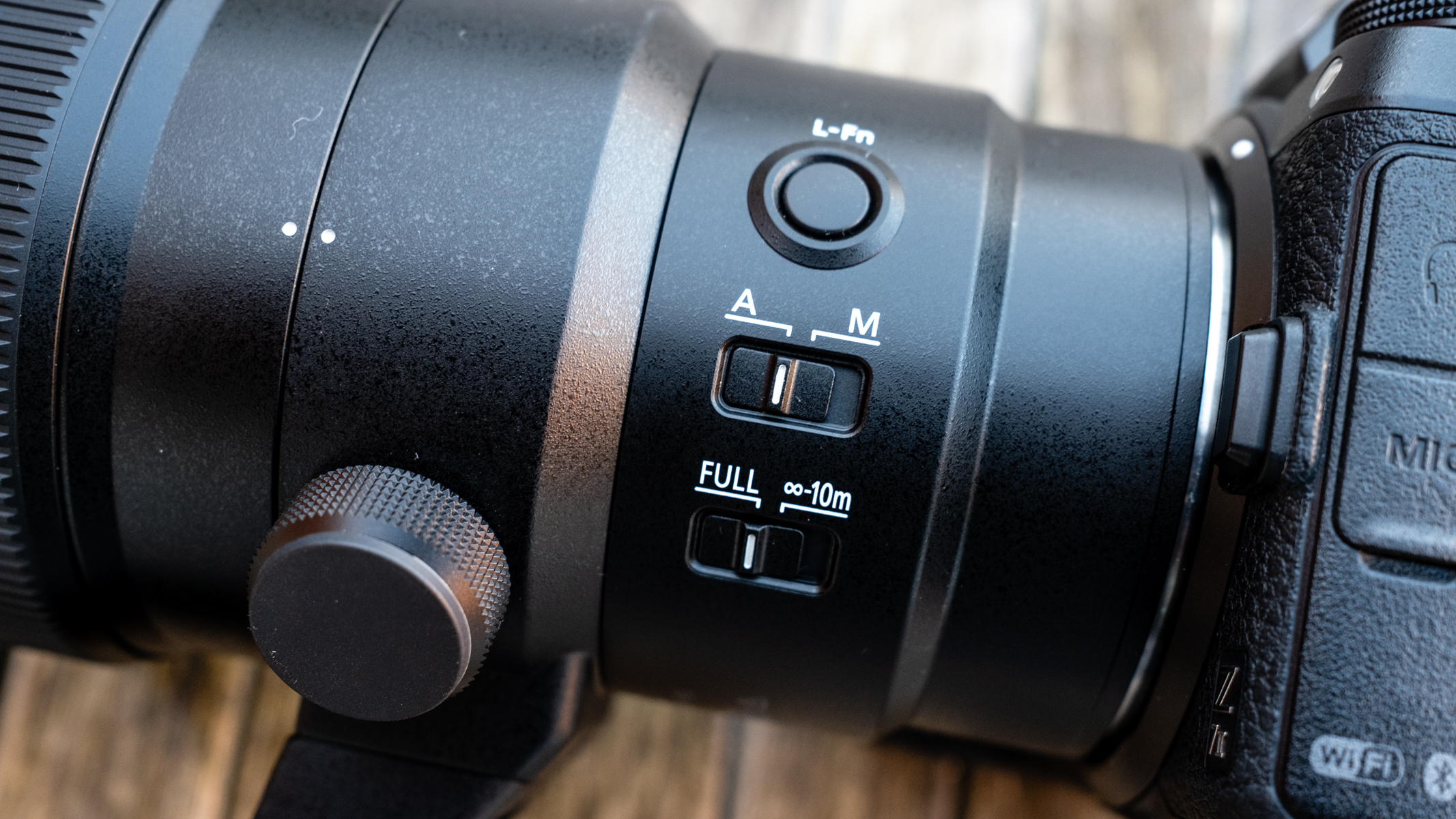
Specifications
Reasons to buy
Reasons to avoid
✅ You want excellent image quality: Gorgeous bokeh and excellent sharpness contribute to fantastic overall image quality.
✅ You want a lightweight telephoto: In relative terms, this is very portable for such a long telephoto lens.
❌ You don't want to spend too much: This isn't a cheap lens by any measure, putting it out of reach for many enthusiasts.
❌ You want the flexibility of a zoom: Prime image quality comes at the expense of the zoom versatility offered by the 180-600mm.
1.4kg doesn’t sound lightweight for a lens. But when it’s a 600mm telephoto prime that produces fantastic image quality with Nikon’s full-frame Z-series mirrorless cameras, that’s impressively portable. Physically, the Z 600mm f/6.3 is similar in size to Nikon’s 70-200mm f/2.8 lens, making it relatively easy to wield for a super-telephoto. What you don’t get is a guarantee of weatherproofing, which is a surprise when you consider the premium price.
Still, point the lens at sports or wildlife and you’re almost guaranteed to net impressive results. Vibration Reduction provides up to six stops of stabilization when paired with a Z-series body that supports Synchro VR, such as the Nikon Z9, which allows you to freeze motion even at slower shutter speeds. You’re most likely to shoot wide open at f/6.3 – and while a maximum aperture of f/4 would be even more impressive, the lens still excels at f/6.3, delivering excellent center sharpness, respectable edge sharpness and no chromatic aberration. Autofocus is fast and silent, too.
Read more: Nikon Z 600mm f/6.3 VR S review
The best standard zoom for crop-sensor Nikon Z cameras
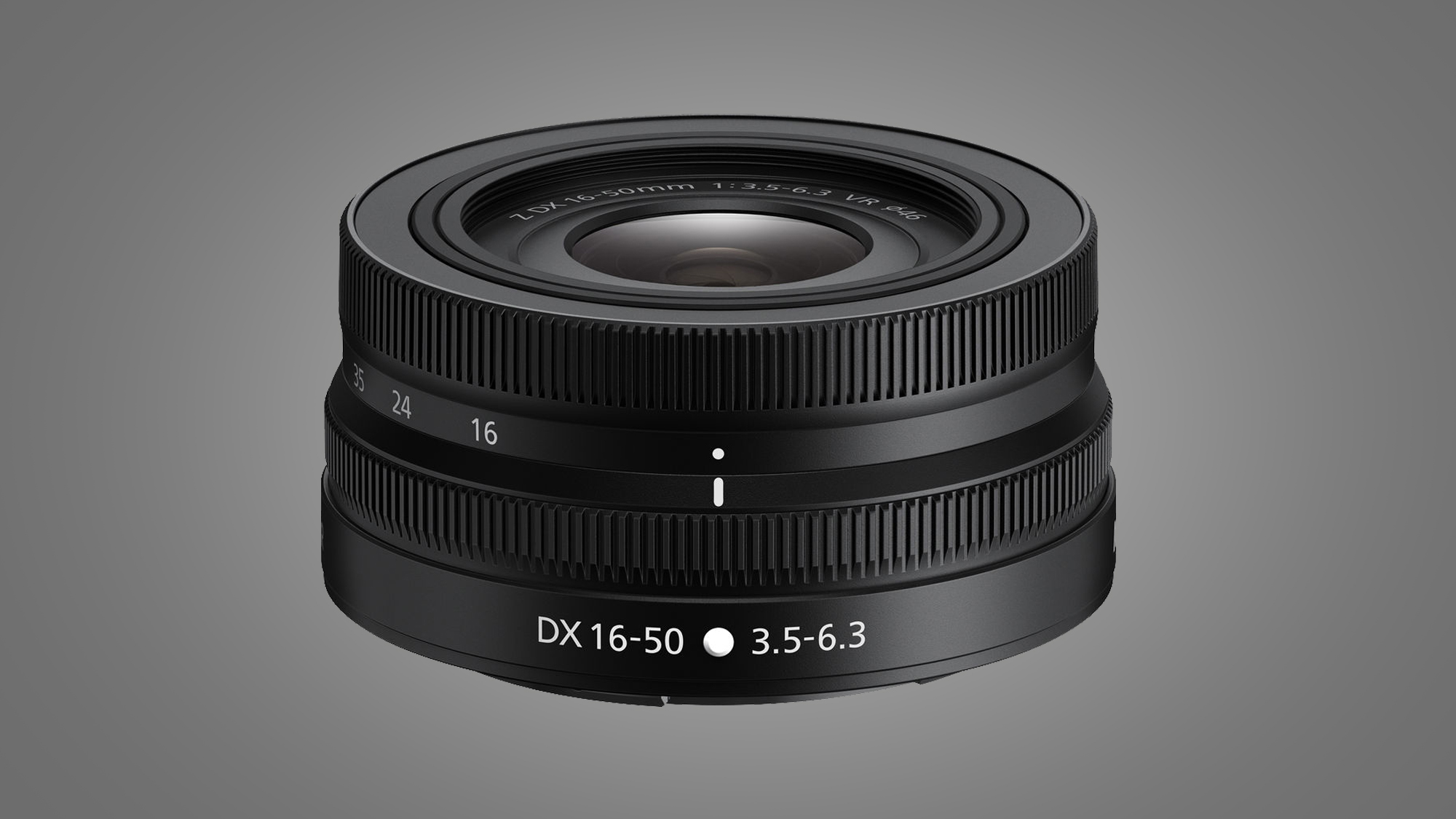
11. Nikon Z DX 16-50mm F/3.5-6.3 VR
Specifications
Reasons to buy
Reasons to avoid
✅ You want a miniature zoom: It's clever retractable design makes this a truly tiny zoom lens for Nikon's APS-C cameras.
✅ You want to shoot sharp stills: Image quality is sharp across the frame, helped by optical Vibration Reduction.
❌ You like a premium build: It's well put-together, but the body of this lens does feel plasticky compared to premium Nikon Z lenses.
❌ You shoot a lot in low light: Its variable maximum aperture of f/3.5-6.3 isn't the fastest for shooting in dim conditions.
The compact form factor of Nikon's DX format mirrorless models is a big selling point, and this standard zoom is the perfect partner. With its cunning, retractable design, it almost qualifies as a pancake lens, with a retracted length of just 32mm. And while the plastic mounting plate is arguably less durable than a metal mount, it contributes to the incredibly light weight of just 135g.
Other downsizing features are that the zoom range and aperture rating are both fairly modest, equating to 24-75mm in full-frame terms and shrinking to f/6.3 at the long end. It also lacks any weather seals. All the same, the little lens punches above its weight in terms of performance. Based on our tests, autofocus is fast and near-silent, optical VR (Vibration Reduction) gives a 4.5-stop advantage in beating camera-shake, and image quality is super-sharp.
The best super-telephoto zoom Nikon Z lens
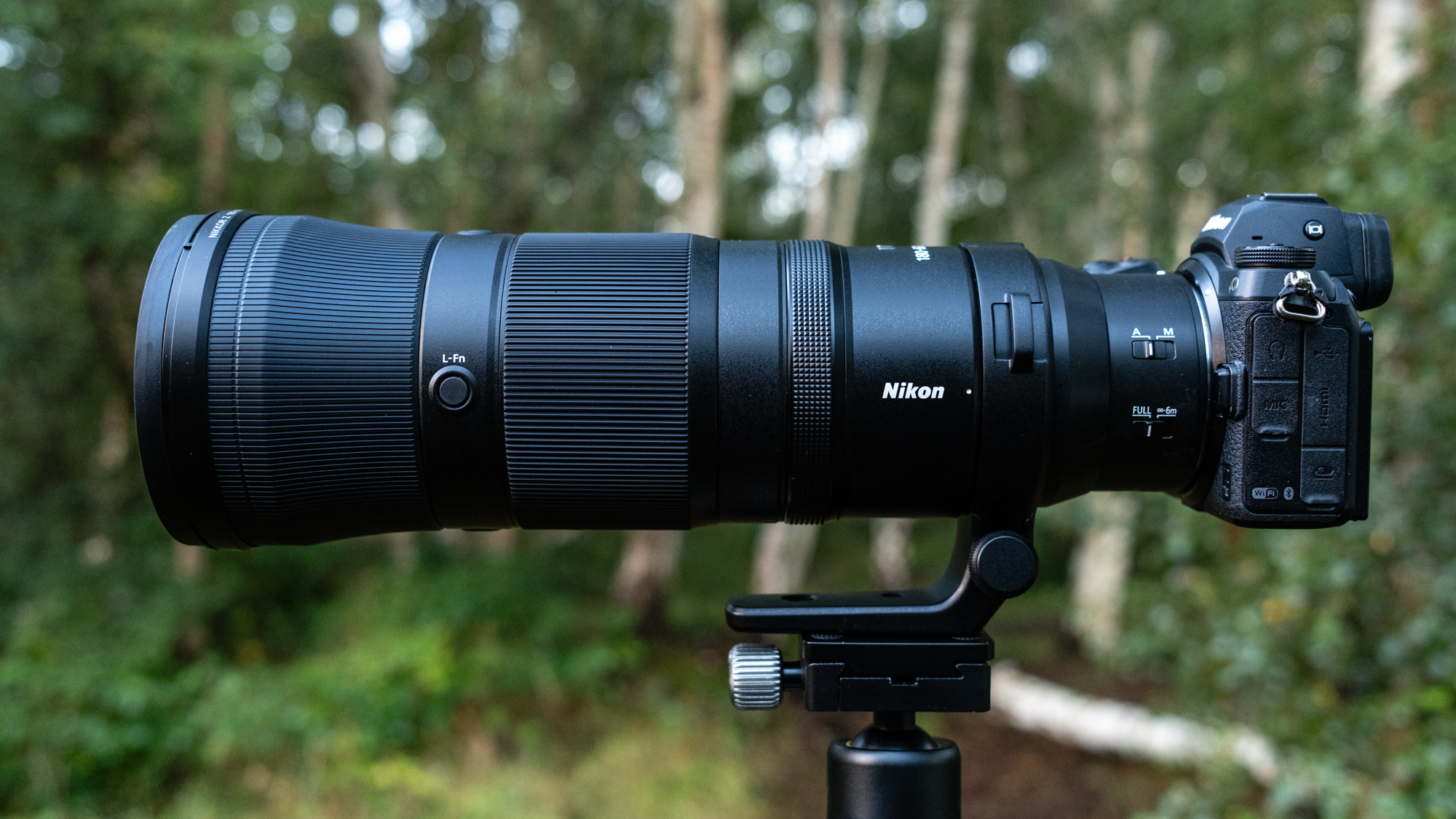
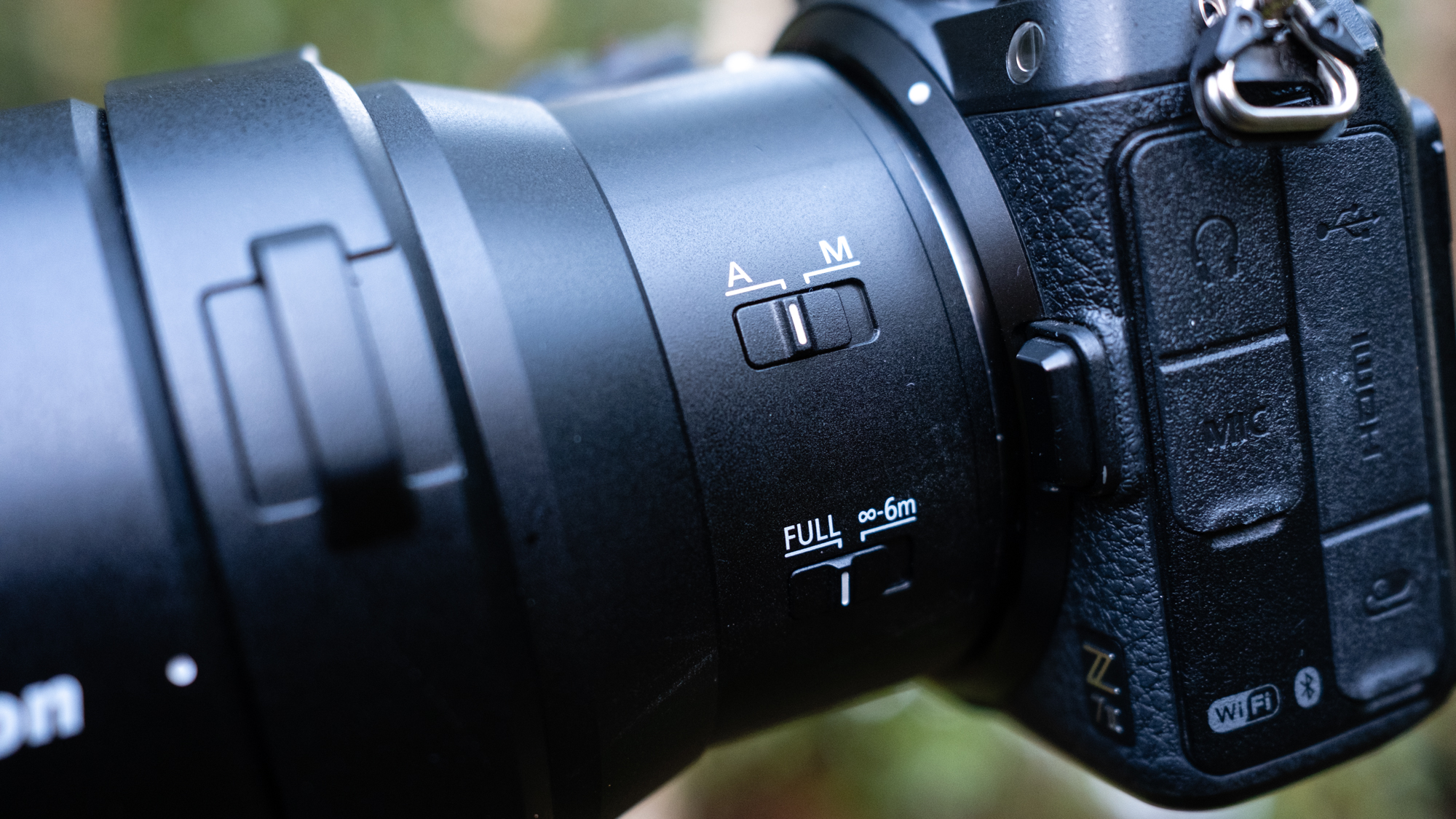
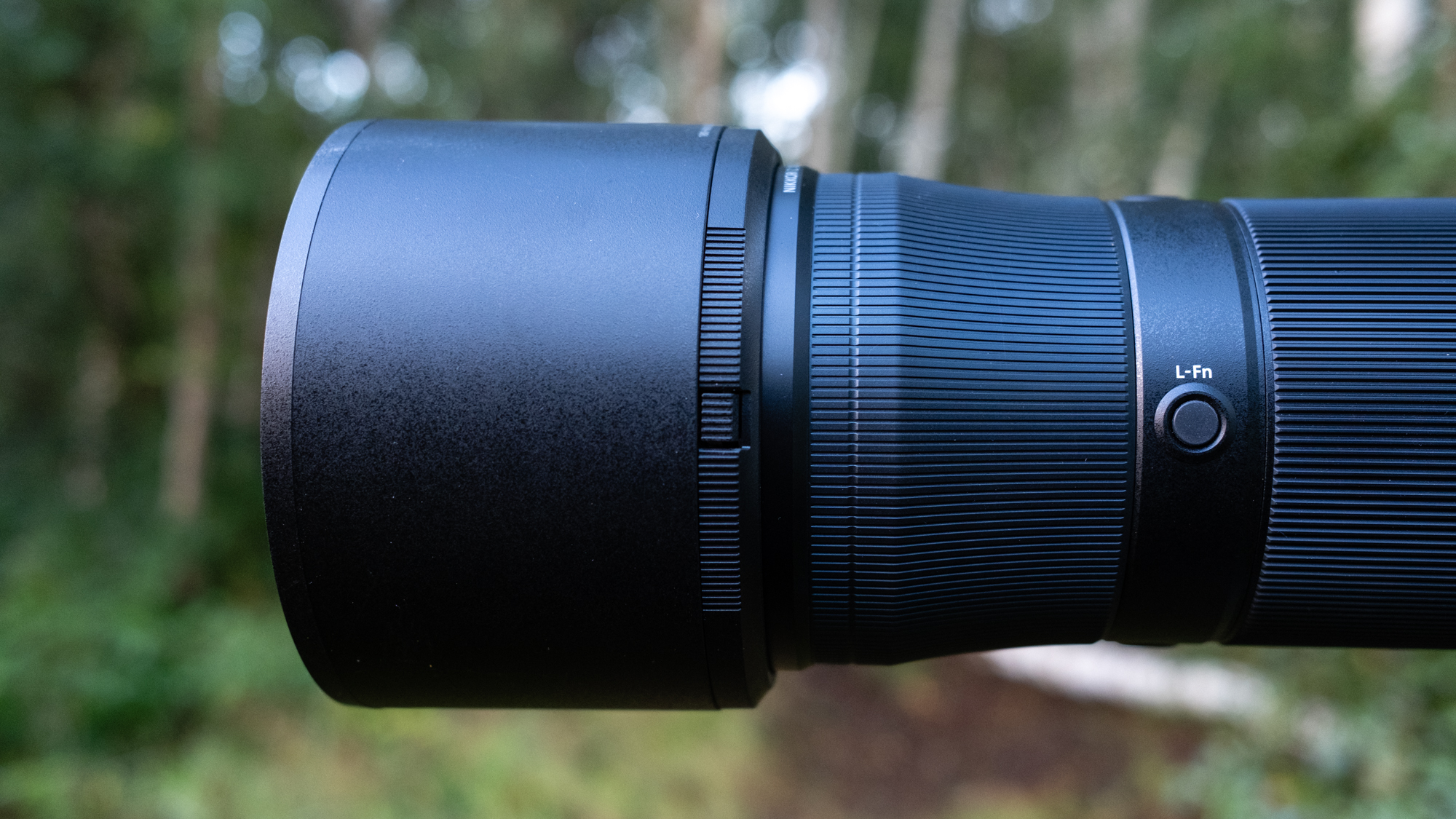
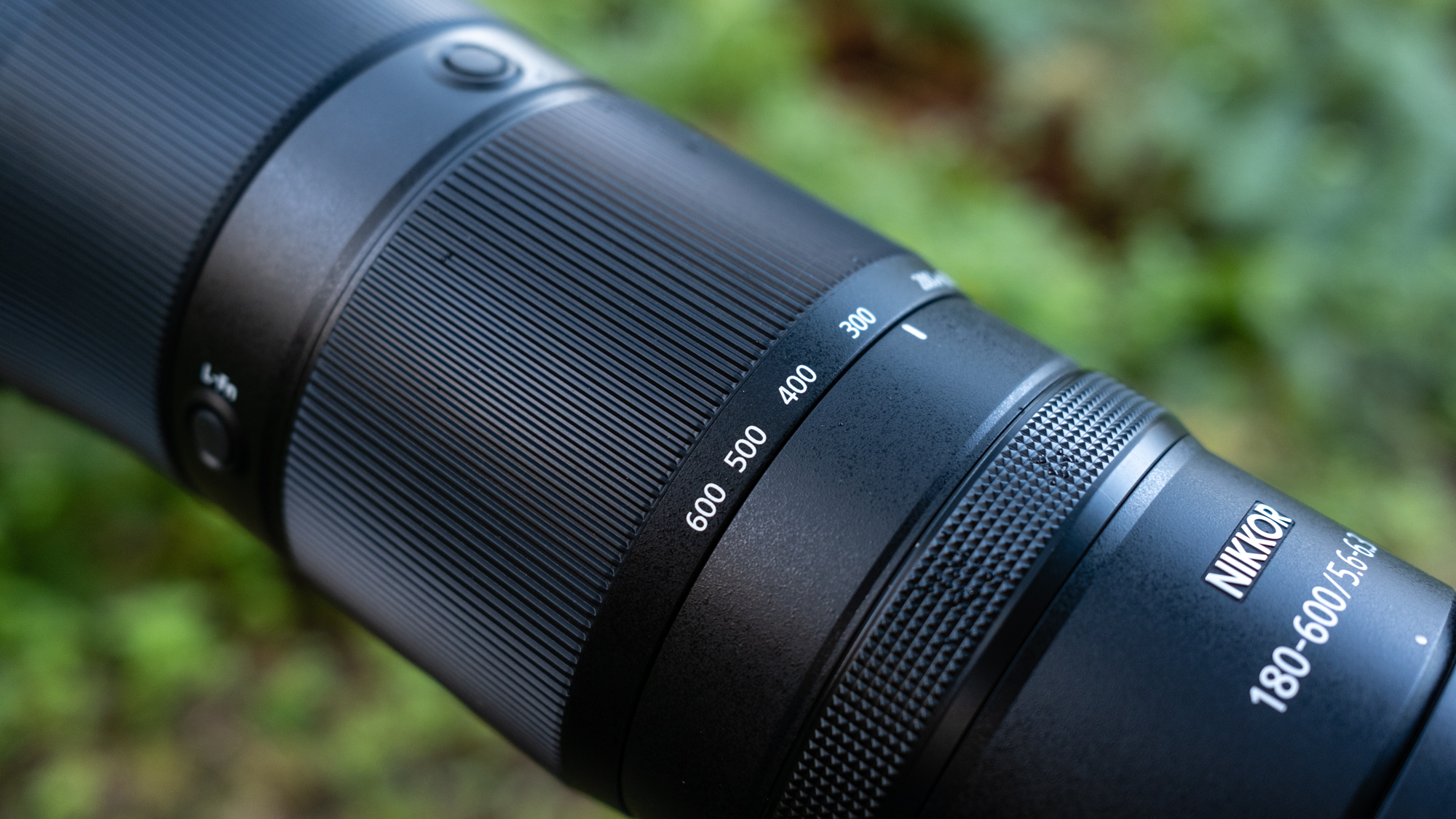
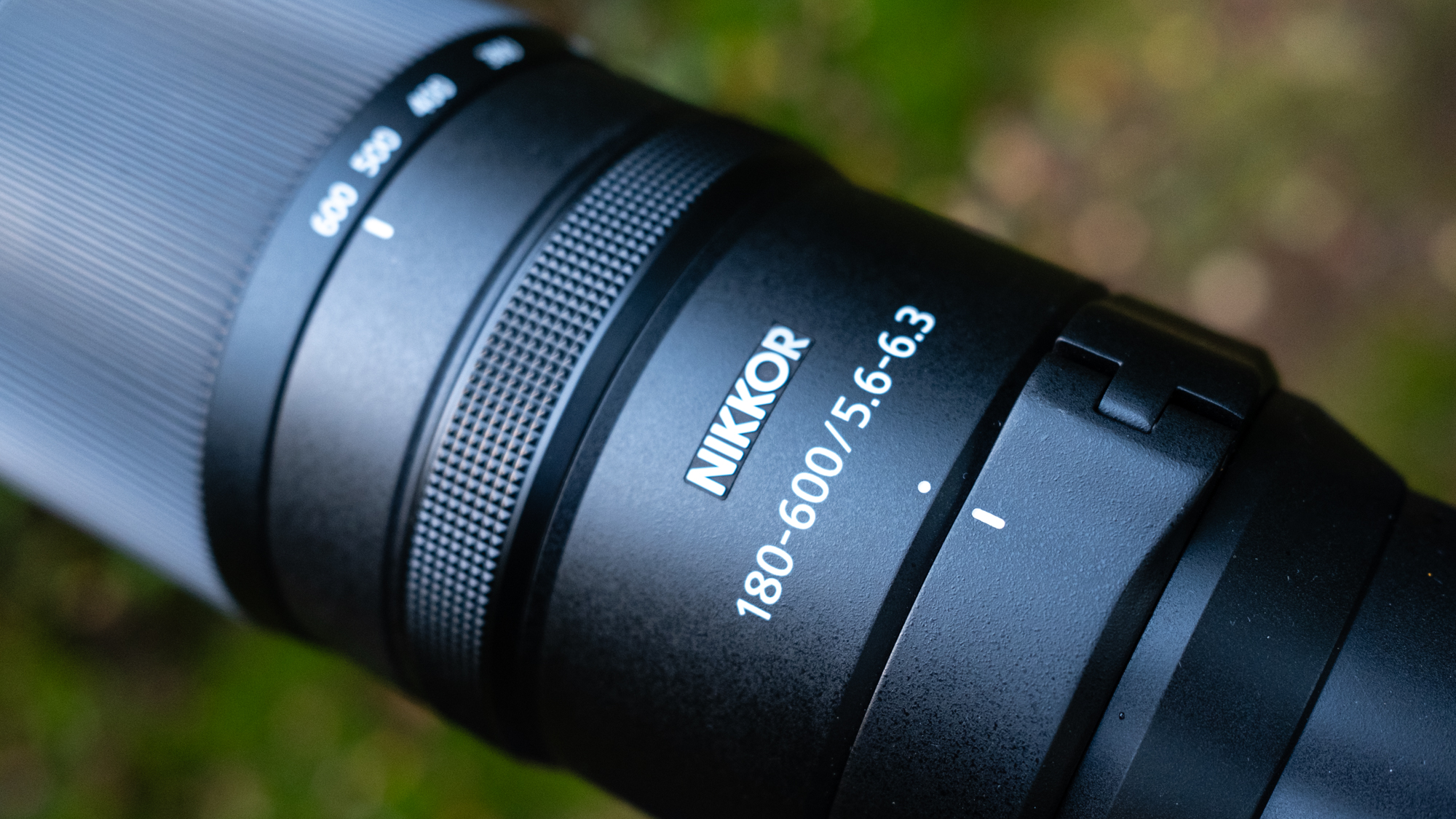
Specifications
Reasons to buy
Reasons to avoid
✅ You need a long telephoto zoom: If you're shooting action or wildlife, the 180-600mm range is as versatile as it gets.
✅ You shoot wildlife or action video: Thanks to a quiet stepping motor, you can use this to shoot video while recording audio.
❌ You're on a tight budget: It's reasonably price for the range you get, but this telephoto will still be too steep for many.
❌ You need a fully weatherproof lens: Dust and drip seals are handy to have, but other lenses are better protected.
For a while, Nikon users were lacking a native Z-mount lens covering the long telephoto range. That changed with the Z 180-600mm f/5.6-6.3, which gives enthusiasts a versatile zoom at a price that comes in significantly lower than pro telephoto glass. It’s a large lens and, at 2,140g, quite a hefty one. That said, we still found it comfortable to carry in our review. We also commented positively on its solid construction, even if it’s not fully weather-sealed. Internal zoom is a welcome feature, too.
For the price, it offers a strong blend of quality and performance. Autofocus proved rapid, silent and consistent in our review, while 5.5 stops of image stabilization allowed us to shoot perfectly sharp even below 1/100 sec at 600mm. Between the maximum aperture and f/11, overall sharpness is more than adequate. It’s beaten by more expensive prime lenses for detail, and there is some small chromatic aberration. But as a trade-off for the focal range, it’s very hard to complain.
Read more: Nikon Z 180-600mm f/5.6-6.3 VR review
How to choose the best Nikon Z lens
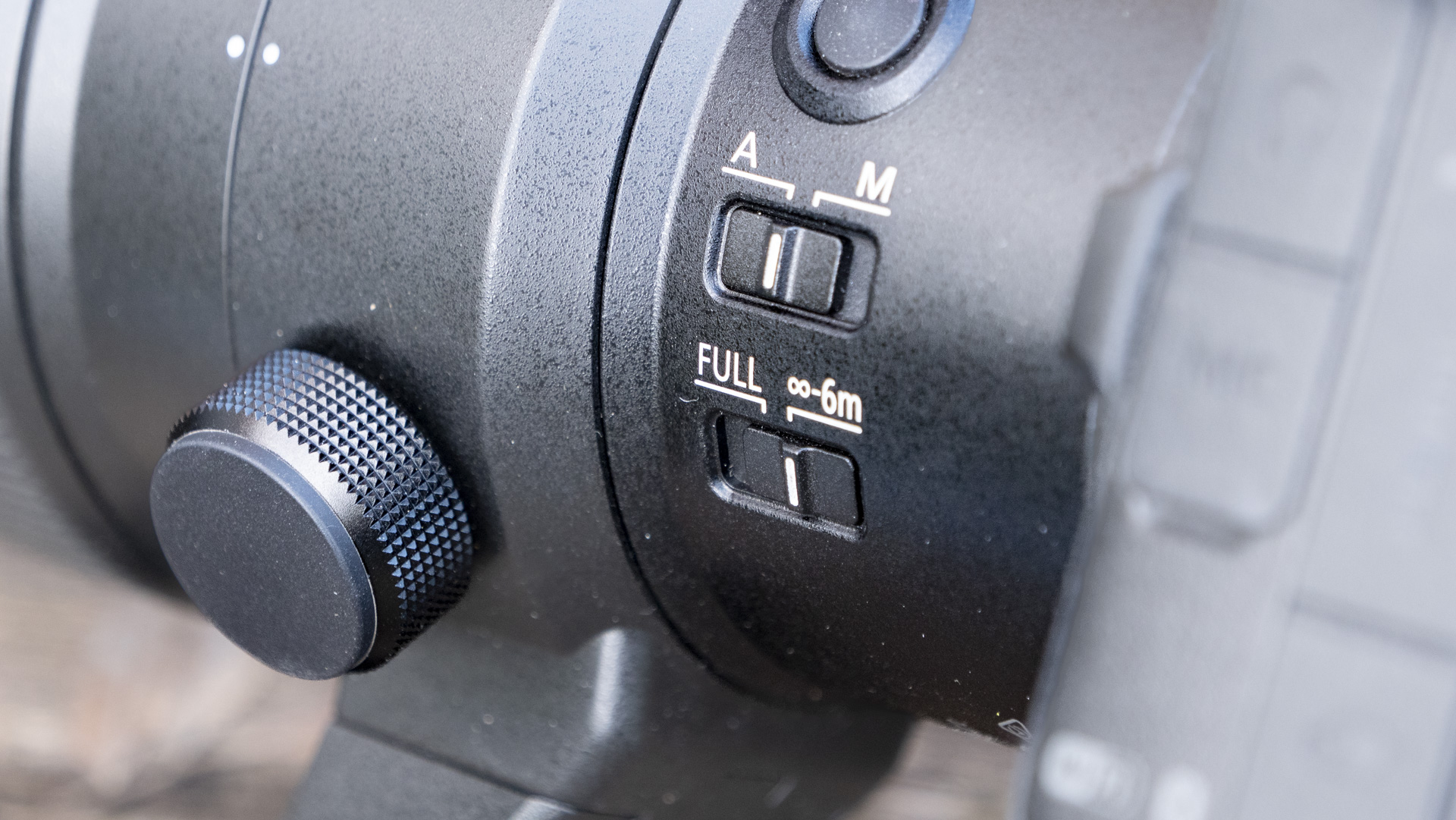
How do I choose the best Nikon Z lens?
Choosing the right lens for your Nikon Z-mount mirrorless camera requires some thought. There are several factors to keep in mind, starting with price.
Price: Depending on where you are in your photography journey, you might be willing to spend more or less on a lens. The best glass will always cost more, but there are affordable options in our list above – and it’s also worth considering quality second-hand lenses if value is a priority.
Purpose: Next you need to think about what you’ll use the lens for. If you want an all-purpose lens for everyday shooting, a standard 24-70mm zoom could fit the bill. Alternatively, you might want to explore a more specialist lens. Above, you’ll find an 85mm prime that’s perfect for portraiture; a 28-400mm superzoom that’s great for travel; and a 600mm telephoto that’s a winner for wildlife photography.
Sensor: It matters what sensor is inside your Nikon Z-series mirrorless camera. Most of the best Nikon Z lenses are designed for Nikon’s full-frame (FX) cameras. These will also work on Nikon’s crop-sensor (DX) bodies, but a 1.5x crop factor (or focal length multiplier) will apply. So if you fit a 50mm FX lens to a DX body, you’ll actually get a focal length of 75mm. You will also find a few specific DX lenses above.
Aperture: In simple terms, aperture control show much light can enter the lens. This is indicated by the f number of a lens; the smaller the number, the bigger the aperture. So the Nikon Z 20mm F/1.8 S, for example, has a wider aperture than the Nikon Z 50-250mm F/4.5-6.3 VR. That means it will give better low-light performance. Aperture also influences depth of field: larger apertures like f/1.8 will give a tighter depth of field with soft, blurry backgrounds and bokeh.
Image stabilization: Nikon’s lens-based image stabilization system is called Vibration Reduction (VR). Many of Nikon’s Z-series mirrorless cameras come with in-body image stabilization (IBIS), which can help to reduce motion blur caused by camera shake when shooting handheld. This means you don’t necessarily need a stabilized lens, especially with fast prime glass. However, the additional stabilization offered by Vibration Reduction can be useful if you’re using a macro or telephoto lens, where any movement will be amplified.
How we test Nikon Z lenses

☑️ 100s of lenses reviewed
☑️ 15 years of product testing
☑️ Over 16,000 products reviewed in total
☑️ Nearly 200,000 hours testing tech
When testing the best Nikon Z lenses, we follow an extensive process. Because most Nikon photographers don’t use their Z-mount cameras in controlled situations, we don’t either: our team of experts takes each lens out into the real world, for in-depth assessment in the kind of shooting scenarios you’re likely to encounter. We’ll pair each lens with one of the best Nikon cameras from its Z-series mirrorless line, with the aim of understanding the positives and drawbacks.
Depending on the lens we’re testing, we’ll test it in the kind of scenarios it’s most likely to be used in. So with a telephoto, we’ll shoot action, wildlife and travel images, while a fast prime we’ll take on a tour of the city, to capture candid portraits and try shooting from the hip. This approach gives us a good practical impression of how each lens genuinely performs in different shooting environments.
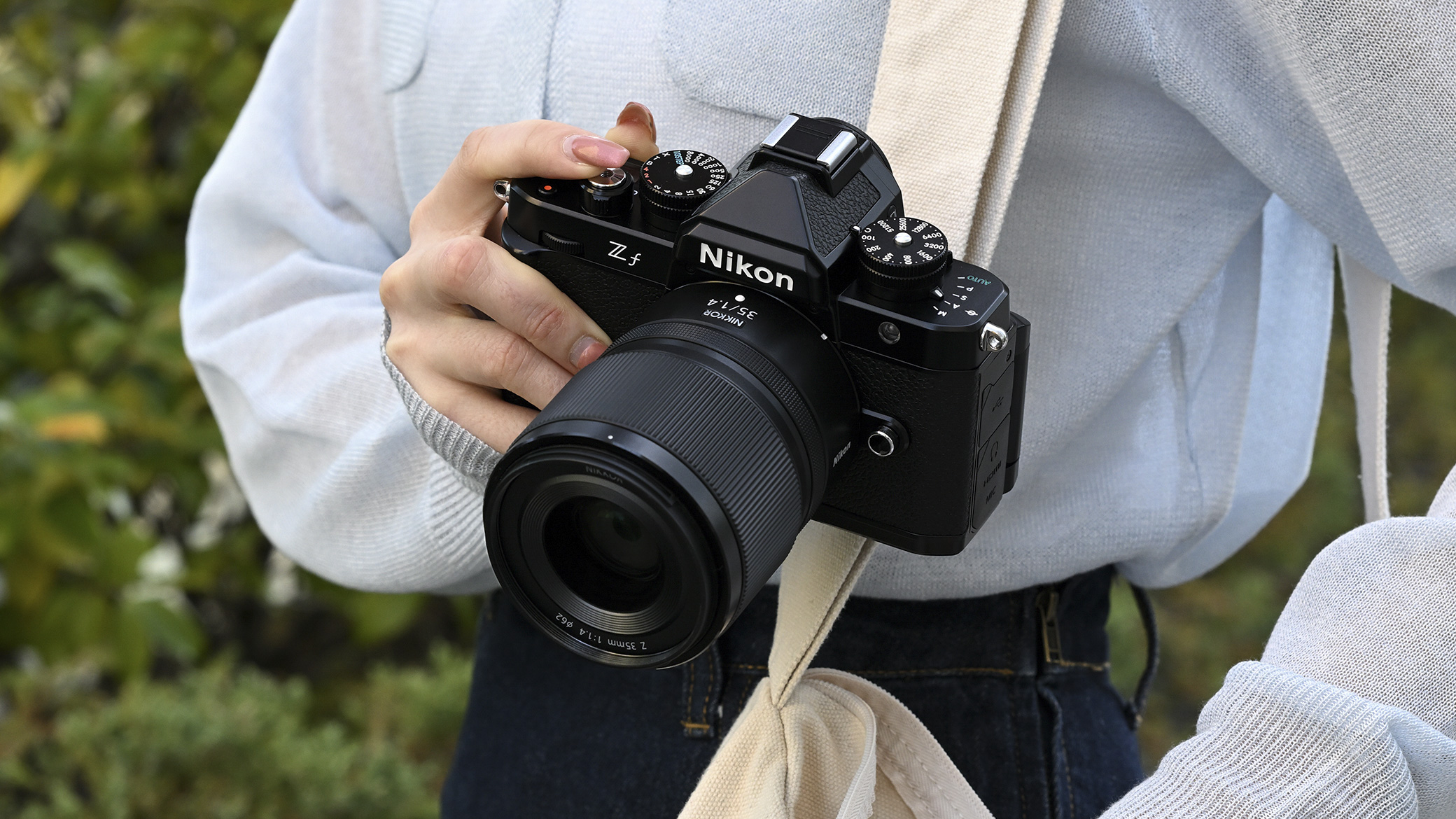
Throughout this process, we have a number of aspects in mind. Autofocus is one: we check the speed and reliability of focus performance in a range of lighting conditions. We’ll track subjects and test how quickly focus can switch. We’ll also keep an ear out for motor noise.
We also assess how each lens handles when out in the field. That includes both the build quality, in terms of how rugged a lens feels, as well as the experience of interacting with its physical controls, such as focus rings and function buttons.
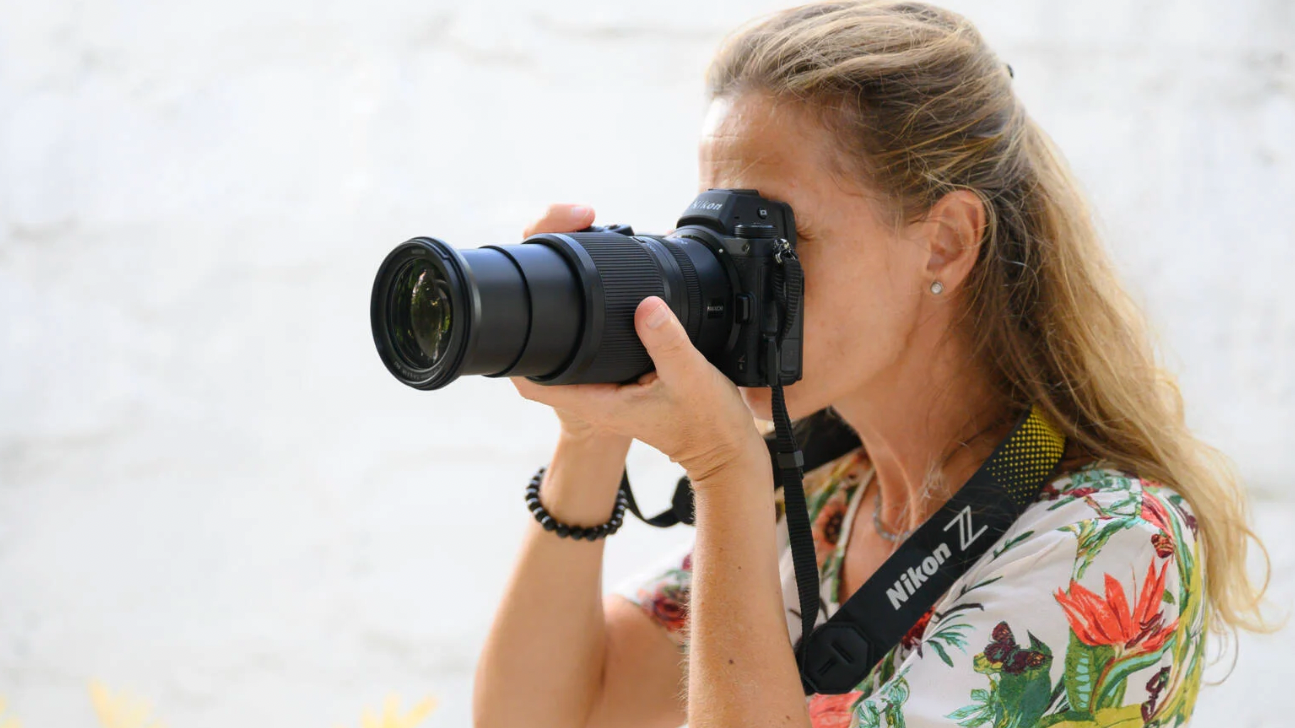
Finally, we’ll review all of the stills shot on test, rating them against several criteria. We assess overall image quality, including contrast and sharpness across the frame. Where relevant, we zoom in closely to see how effective Vibration Reduction is at eliminating blur at a pixel level. We also look for smooth bokeh in defocused parts of an image, particularly on Nikon Z lenses which have wide maximum apertures.
While most Nikon Z-series cameras make lens corrections as at file-level, we still keep a look out for any optical imperfections, such as distortion and chromatic aberration.
Keeping all of the above in mind, we then form an overall assessment of a lens, including the kind of photographer we think it’s best suited to, and where it ranks among the best Nikon Z lenses. We’ll consider its individual merits against those of similar lenses from Nikon’s lens line-up, as well as any alternatives that might offer better value.
Get daily insight, inspiration and deals in your inbox
Sign up for breaking news, reviews, opinion, top tech deals, and more.

Tim is the Cameras editor at TechRadar. He has enjoyed more than 15 years in the photo video industry with most of those in the world of tech journalism. During his time as Deputy Technical Editor with Amateur Photographer, as a freelancer and consequently editor at Tech Radar, Tim has developed a deeply technical knowledge and practical experience with cameras, educating others through news, reviews and features. He’s also worked in video production for Studio 44 with clients including Canon, and volunteers his spare time to consult a non-profit, diverse stories team based in Nairobi. Tim is curious, a keen creative, avid footballer and runner, and moderate flat white drinker who has lived in Kenya and believes we have much to enjoy and learn from each other.